17 Learning Activities for 2-Year-Olds: Teaching Toddlers Through Play
Play-based learning is the best way for your toddler to learn about themselves and their world.
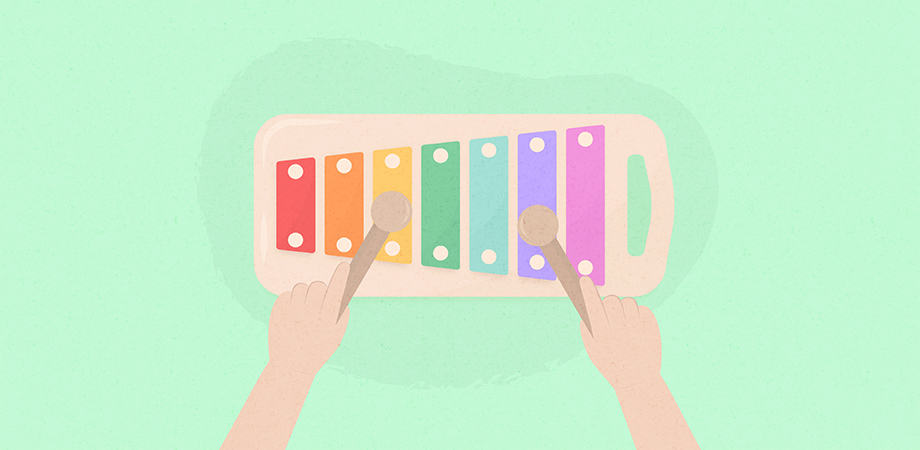
The world of your 2-year-old is full of exciting possibilities. They are developing quickly, and you will find them ready to dive into learning experiences. They are actively looking for ways to assert their independence and test their boundaries (and yours!).
Learning activities for 2-year-olds should look at their development holistically and engage them in new ways of thinking. Toddler learning activities are a fun way for you to connect with your child as you learn and grow together.

Play-Based Learning for Toddler Development
When your 2-year-old is playing, they are learning how the world works. Play ignites their curiosity and gets them to think creatively about simple tasks.
“Play is our brain’s favorite way of learning” – Diane Ackerman.
Here are some other ways that play is beneficial for development:
- Practice life skills
- Improves communication
- Develops empathy
- Encourages imagination
- Allows for independence and autonomy
- Fosters problem-solving skills
17 Learning Activities for Your 2-Year-Old
When it comes to educational activities for toddlers, you want to make them hands-on and fun. Learning should be joyful and creative. Fun activities can teach your child and keep them happily immersed in play.
Activities for Gross Motor Skills Development
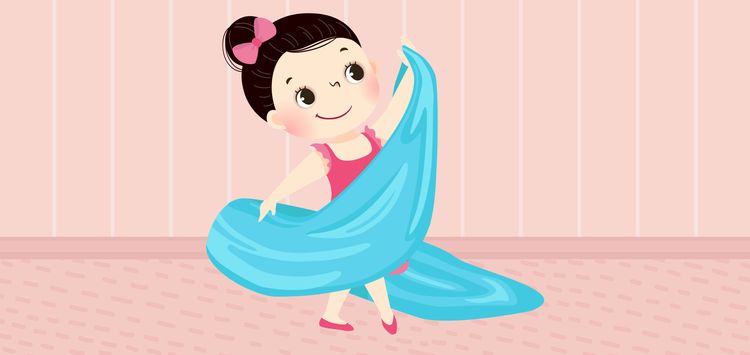
1. Play Silks and Dancing
There is something magical about watching a child lost in their own world. Play silks are a great way to encourage imaginative movement in little kids.
Put on some music and let your little one move to the rhythm. This unstructured activity allows them to use any movements they want. The play silks help them move their bodies, become aware of themselves within a space, and embody different characters.
Fun Tip: Try music that evokes different moods. Watch as your child adjusts their movements to the music.
Benefits:
- Imagination
- Free movement
- Express emotion
2. Animal Imitation
What toddler doesn’t love pretend play?
You can use animal cards, toy animals, or even recorded animal sounds for this activity. Help your child think about how each animal moves and then watch as they try to imitate that movement. They can include the sound the animal makes to really get into character.
Fun Tip: Do this activity with your child. Yes, it may seem silly, but they will love it. Play is how our kids communicate with us, and something special happens when we join them in their world.
- Crossing the midline and gross motor skills
- Builds core strength
- Improves focus and attention
3. Mud Monster
Getting dirty is a great way to learn and a fun activity. Not only is mud a fantastic sensory experience, but it contains friendly bacteria that stimulate the release of serotonin .
To create your mud monster, draw one on a wall with mud or build one around a hula hoop placed on the ground. Your toddler will then make mud balls and have to throw them into the mud monster’s mouth. Your 2-year-old is learning to throw overhand at this stage, and this is a fun activity to practice.
Fun Tip: Let your toddler help you make the mud. The process of mixing sand and water is a valuable learning opportunity.
- Develops tactile skills
- Strengthens throwing motion
- It helps them identify their dominant arm
Activities that Develop Fine Motor Skills
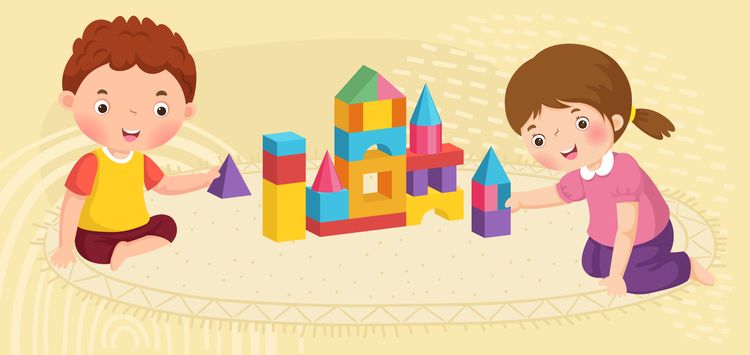
4. Building Blocks
Building blocks are a classic toddler activity that has a multitude of benefits. Simply place a bag of blocks on the floor and watch as your little one begins to create. At this age, your 2-year-old will be able to build a tower of 4-7 blocks, opening up a world of possibilities for them.
Fun Tip: Add other elements such as cars, animals, and wood planks. This will help your toddler play with the blocks in new and imaginative ways.
- Problem-solving
- Early math skills
5. Simple Tracing
Your 2-year-old might not be holding a pencil confidently, but they will enjoy simple tracing activities. They will help them develop tensile strength in their fingers and work on their fine motor skills.
Use simple shapes and lines with an easy-to-follow dot-to-dot pattern. A chunky pencil or marker will work best for your child’s inexperienced fingers.
Fun Tip: Start with sidewalk chalk to encourage large, free-flowing movements. Before starting with a pencil, try a Q-tip and paint to follow a series of dot patterns.
- Hand-eye coordination
- Concentration
- Crossing the midline
6. Paper Washing Line
Reaching the washing line outside might be tricky, but you can create a mini version indoors. All you need is a cardboard box, some twine, and two pieces of dowel rod. You can cut out clothing from cardboard and let your 2-year-old peg them onto the line.
Fun Tip: You can use clothes pegs to hang up art, count, color sort, and paint with. They are a versatile option for 2-year-old development activities.
- Improve pincer grasp
- Motor accuracy
- Hand preference
7. Playdough Jars
Play dough is fantastic for sensory play and fine motor skills development. Put playdough and loose parts into different jars with the lids on. Then let your toddler open the jars and empty the contents. Opening the jars is good fine motor practice and your toddler is also at a stage where they love to empty containers.
Fun Tip: Ask your toddler to sort the items and place them back into the jars at the end of the activity.
- Strengthens fingers, hands, and wrists
- Improves concentration
Activities for Language Development
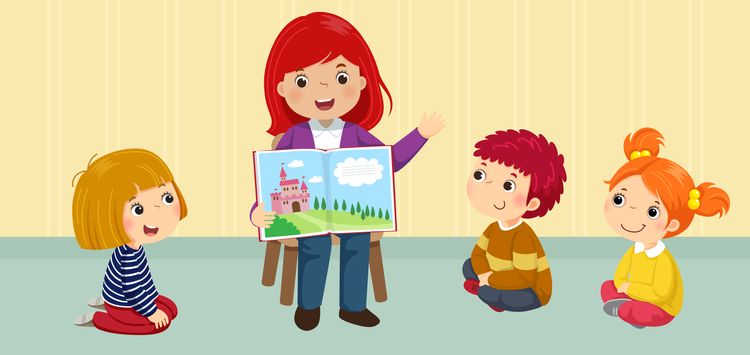
8. Picture Books
Picture books are essential in child development, particularly for emergent language. Reading picture books allows you to foster connection with your toddler while demonstrating a love of reading. Your 2-year-old will also learn to connect the words to the pictures. This will help them understand their meaning better.
Fun Tip: Play a game of ‘spot the x.’ You can help your child learn new words as they associate them with a picture.
- Listening skills
- Strengthen visual thinking skills
- Encourage conversations
9. Mystery Bag
This is a versatile game that you can play with almost any object. Put a selection of things into a bag. Ask your toddler to reach into the bag and try and name an object they feel before pulling it out. This is a fun way to introduce new words to your child’s vocabulary.
Fun Tip: For an interesting variation of this game, draw the outline of your toddler’s body on a large piece of paper. Then ask them to point to and name their different body parts.
- New vocabulary
- Improved tactile sense
10. Story Cubes
Story cubes have scenes/characters/objects depicted on them. Your toddler can choose the order of the cubes, and you can create a story together. This activity is excellent for teaching toddlers about creative thinking and future scenarios.
Fun Tip: Incorporate tower building into the process. Then start the story from the top of the tower and reverse it. This is a fun way to introduce the concepts of top and bottom while helping your toddler use their imagination.
- Imaginative play
11. Nursery Rhymes
Nursery rhymes are great for teaching 2-year-olds about phonics and help with language development. Keep your rhymes simple and choose ones with repetitive verses.
Some great nursery rhymes for 2-year-olds are Incy Wincy Spider, Old MacDonald, Twinkle Twinkle Little Star, Humpty Dumpty, and Hickory Dickory Dock.
Try to incorporate rhymes that have corresponding movements. The car is also great for practicing nursery rhymes with your toddler.
- Develop motor skills
- Teach grammar
- Introduce counting, colors, and shapes
Activities for Social/Emotional Development
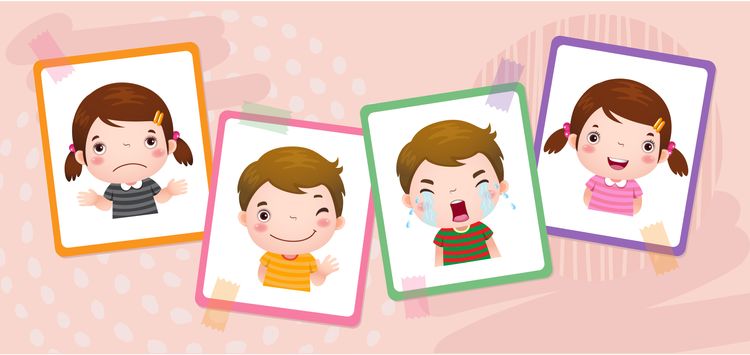
12. Emotion Cards
2-year-olds are learning about themselves in relation to other children so talking about emotions is vital. Emotion cards work well as they show the picture that relates to a feeling. Start your day with the emotion cards and regularly bring them out.
Fun Tip: Take a ‘sportscasting’ approach to toddler behavior. That means you observe and repeat the facts of the situation. This allows your toddler to feel and deal with the emotion for themselves.
- Builds empathy
- It helps them learn self-regulation and self-control
- Emotional vocabulary development
13. Simon Says
2-year-olds are starting to copy the behavior they see around them. That makes Simon Says a fun and simple game to play. Your toddler is also becoming more aware of themselves, and Simon Says is a fun way to start teaching them about the parts of their body.
Fun Tip: Use the anatomical names for body parts. Children must know the real names as they become aware of themselves and their bodies.
- Developing body awareness
- Sequencing Skills
- Following instructions
14. Kitchen Time
Your 2-year-old is becoming more independent, and you may find them increasingly defiant. Spending time in the kitchen is a great way to help them feel empowered and capable.
Simple cookies, scrambled eggs, and banana muffins are easy recipes that your 2-year-old can make with you.
Fun Tip: Involve them in the whole process by allowing them to crack, mash, and scoop but also wash up.
- Basic math skills
- Builds independence
- Boosts confidence
Activities for Cognitive Development
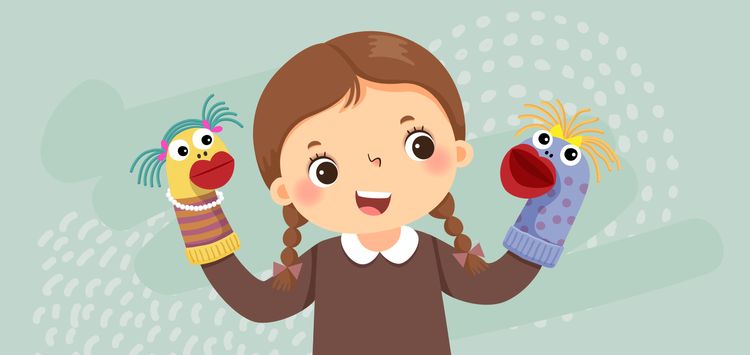
15. Puppet Play
Puppet play is an amazing developmental tool for toddlers. Your 2-year-old is starting to engage in make-believe play and new language. Puppets encourage creativity, imagination, and new vocabulary. It also helps develop social skills.
Fun tip: You don’t need fancy puppets. Toddlers love craft activities, so why not make your own out of socks? You know, the ones that make it out of the dryer without a partner?
- Motor skills
- Builds self-confidence
16. Treasure Hunt
A treasure hunt is a versatile learning experience that you can use repeatedly. For example, you can have a color hunt where your toddler has to find items in the house that are a specific color. Or you can stick shapes around the house and ask them to find and sort them.
Fun Tip: Take this activity outside for a diverse sensory experience with different textures.
- Color identification
17. Sorting Basket
Sorting baskets are another fun matching game to help your toddler learn colors, numbers, shapes, and sizes. You can put almost anything in a sorting basket, from leaves and stones to blocks and fabric scraps.
Fun Tip: Mix up textures and color shades to challenge your toddler.
- Develops reasoning and thinking skills
- Encourage categorizing
- Early literacy and numeracy skills
Teaching Your Toddler Through Play
Play-based learning opportunities are the best activities to get your toddler engaged and excited. They allow you to introduce complex concepts through simple play that your 2-year-old can easily understand.
Watching your little one engage with the world around them is a magical time, so get on their level and get playing.

30 Learning Activities for 2 Year Olds
Discover fun learning activities for 2 year olds ! From educational activities to arts and crafts, get ideas to do with your toddler.

I don’t stock sensory bins or organize trays of card stock at home. I also don’t like how many toddler activities seemed to focus on the parents’ crafting skills, not necessarily the child’s.
And I’m more interested in child-directed learning, not the “final product.” It’s not so much about creating a beautiful item as it is about allowing kids to be curious and ask questions.
Still, even as a non-crafty mom, I wanted to provide my kids with activities that encouraged their desire to learn and explore. After all, toddlers still have the same curiosity as when they were infants, but with the ability to do more complex tasks.
Below, I’ve listed the best activities I’ve done with my kids when they were this age. I divided them into five categories for a total of 30 activities (which makes for a fun month-long challenge!). These activities are bound to keep your toddler busy and engaged.
That said, I purposefully kept these activities realistic to do as well. You won’t need to buy science toys or craft supplies galore. If you do decide to buy anything, you’re more than likely going to use the materials over and over.
And these activities are simple . We’re all busy, and we know 2 year olds don’t exactly sit still for hours at a time. They can definitely go at their own pace. Hopefully, you can find them useful. As one parent said:
“I don’t even comment on blogs. But I’m trying to introduce new activities that we can do together and this has really helped. I just wanted to say thank you for putting these ideas and resources together!” -Kaitlin
Table of Contents
Craft activities
1. play dough.
Roll play dough into balls and count them one by one as you place them into a pile. Or roll them into long strings and spell the letters of your child’s name. Encourage fine motor skills by allowing her to pinch bits and pieces off of a large ball.
2. Fractions with paper
Disclosure: This article contains affiliate links. As an Amazon Associate, I earn from qualifying purchases.
Grab a sheet of paper, cut it in half, and explain how the two pieces make up the whole paper. Then, cut those two pieces in half, making quarters. Keep going, making eighths.
After each round of cutting, assemble the paper so your child can see how all the pieces form the original sheet. You can also get these pizza fraction toys to make it even more fun.
3. Matching game
Using card stock or index cards, write two sets of the letters of the alphabet and have your child match them together. Start with a few at a time to avoid overwhelming her with all 26. Either way, keep the letters all the same color so she understands that she’s matching by letters, not color.
4. Glue by color
Cut tiny pieces of colored paper—for instance, blue, red, yellow, and green. Then, on separate sheets of paper, draw two circles per sheet using different-colored crayons. One sheet can have a blue circle and a red circle, while another has a yellow and a green one.
Finally, have your child glue the cut-up pieces into the matching-colored circles (green bits into the green circle, for instance).
5. Mix colors
Using the three primary colors of red, blue, and yellow, show your child how to mix and match to make different colors. A few to try include:
- red + blue = purple
- yellow + blue = green
- red + yellow = orange
6. Count with dot markers
Have your child practice numbers with dot markers . Print two sheets of paper in landscape format, with the numbers 1-10 along the side. Show her how to color the appropriate number of dots next to each letter, counting along with her.
FREE printables: Make these activities even easier with these ready-made printables ! You’ll get a set to play the matching game, sheets to glue by color, printables to count with dot markers, and samples of my workbook, Letters and Numbers.
Grab the printable pack below—at no cost to you. You’ll also get my newsletters, which parents say they LOVE:
“Loved this email, it came precisely when I needed it! Many thanks for sharing your insight and helping me see things differently!” -Alejandra M.

Educational activities
7. sort colors.
Find a set of items and sort them by color. A few ideas include building blocks, magnets, cars—anything you’ve stored in a box! Then, sort them into different piles or place them into empty bowls, one for each color.
8. Count everything
Play a game of counting everything . Count toys like building blocks and pom poms, or snacks like crackers and carrots. Use any opportunity to count. Climbing a set of stairs? Count the steps you take. Pushing her on a swing? Count each time you give her a push.
9. Cut paper strips by size
Play a game of sorting by size, using 10 pieces of paper strips, straws, or pipe cleaners, ranging from one to 10 inches long. For instance, you can have one piece that’s one inch long, then another that’s two inches long, and so forth.
Once you have all 10 pieces, shuffle them on the ground and encourage your child to arrange them in order, from smallest (one inch) to largest (10 inches).
10. Sink or float
Gather a few household materials or toys and experiment to see which ones sink or float. You can do this during bath time, or pour water into a large bowl, water table, or kiddie pool. Find water-safe items with varying weights so your child can see different results.
Tip: Afterward, you and your child can use the water for your plants!
11. Letters in the tub
My kids played with a set of foam pieces of the alphabet , which they used to learn even more about letters and numbers. I’d also show them simple words to spell, or how certain letters come together to form their names.
12. Trace and write letters and numbers
Worksheets like those in my Letters and Numbers workbook are another fun way to introduce your child to the alphabet. Start with large letters and encourage him to “trace” with his fingers, before moving on to smaller letters to trace with a pencil or crayon.
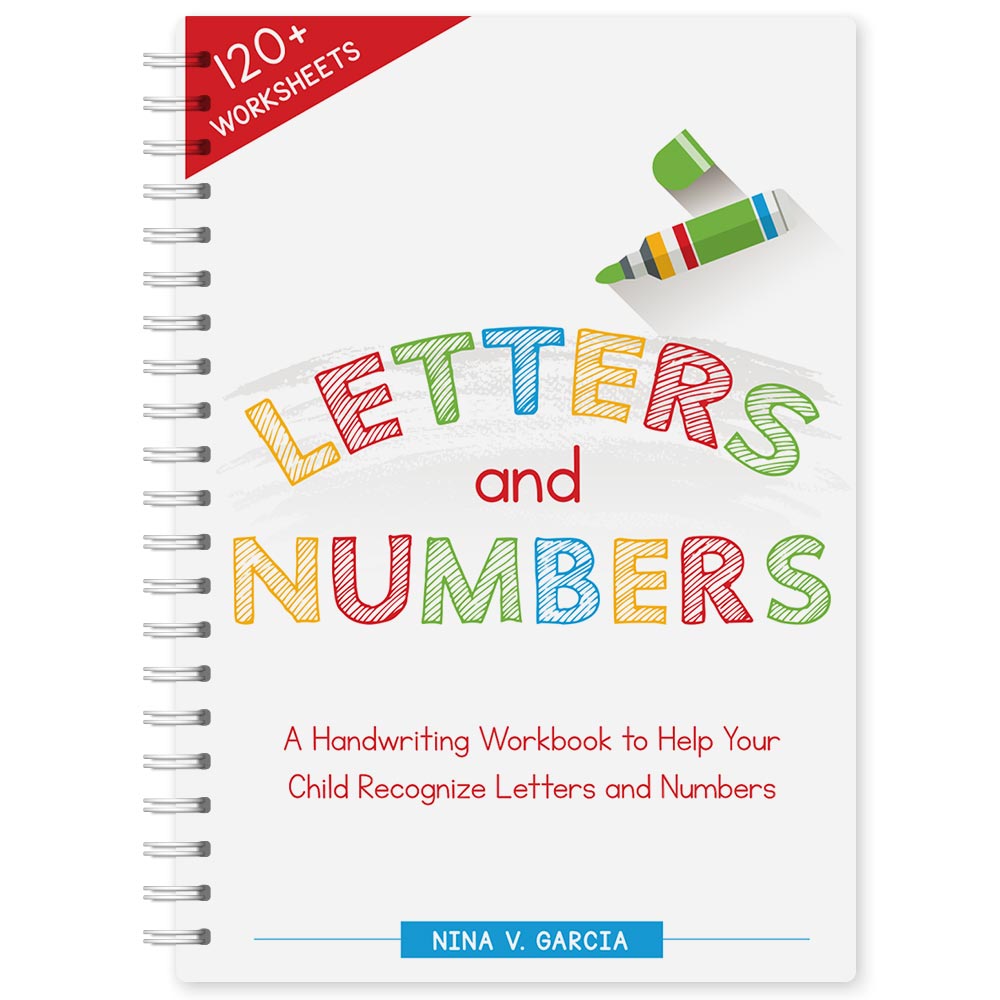
Outdoor activities
13. nature scavenger hunt.
Make a list of items your child might find outdoors and help her collect her findings. A few ideas include leaves, twigs, rocks, pebbles, or flowers. Bring a bag to store the items, and cross the item off your list once you’ve found what you were looking for.
To make this game even easier, task her with finding just one type of item during your nature walk. For instance, my son loved finding baby pine cones, which our local park had plenty of. We’d simply make a pile of pine cones on the base of a tree until we found nearly all of them.
14. Collect and compare leaves
Collect a variety of leaves outdoors, lay your findings in a row, and talk about how each leaf looks and feels. You might talk about the different textures, colors, or shapes, and describe why some are soft and green while others are brown and crinkly.
15. Plant a seed
Plant a seed and watch it grow over the next few days and weeks. Depending on the weather, you can start the seeds in small containers indoors, or sow them directly into the ground outside. And stick to large seeds like sunflowers or bush beans—these are easier to hold and they grow quickly.
16. Bucket of ice
At a children’s birthday party we attended, the kids were intrigued with nothing more than a simple bucket of ice. They had found an empty water cooler with only ice and water. They’d grab pieces of ice and move them to the grass to watch them melt.
You can do something similar by placing a few ice cubes in a bowl and heading outdoors. Allow your child to grab the ice cubes and lay them on the ground. Talk about the differences between how it melts on the grass versus the hot concrete.
17. Mud play
Find a spot in your backyard or park and pour water into the soil. You can even bring pretend cooking items or old kitchen utensils you no longer use for imaginative play. For instance, stir and “bake cookies” on an old baking tray.
18. Sidewalk chalk
Grab sidewalk chalk and head to your sidewalk, driveway, or park. Draw pictures, write words, and practice coloring in shapes. Sidewalk chalk lets her be creative in a way that’s different from the crayons and pencils she probably uses often.
Practical activities
19. sweep into a square.
Encourage your child to do chores with simple sweeping! Using painter’s tape ( we have a bunch of these at home ), make a square on your kitchen floor. Then, with a child-size broom , have her sweep all the dirt from the rest of the floor into that square.
20. Pour water
Place a bowl and a measuring cup filled with water on a baking sheet. ( I like this Oxo one because it’s lightweight with a rubber grip for easy handling.) Then, have your child pour water from the measuring cup into the bowl.
Using two measuring cups, she can pour the water into one measuring cup, going back and forth easily. She can also pour and scoop small items like dry rice, beads, or sand. Keep a towel handy for easy clean up.
21. Use liquid droppers with water
Using kid-friendly liquid droppers , show your child how to collect water by pinching the dropper and dipping the end into a bowl of water.
Then have her open her fingers, drawing water into the dropper. And finally, she can press the dropper once more, releasing the water into another bowl. This is a fantastic way to develop fine-motor skills.
22. Use tweezers and puff balls
With kitchen tongs ( or kid-friendly tweezers) , have your child collect cotton or puff balls from one bowl to another.
If you use different-colored puff balls, you can also have her sort them by color or number. For instance, all the blues in one pile, or make a pile of one, then two, then three, and so forth.
23. Sort laundry
As much as we dread laundry, you have to admit, it can make for an easy activity to do with your 2 year old. For instance, have her sort laundry by type (like shirts and pants) or by color. She can also match socks or set aside household laundry like napkins and rags.
24. Water plants
Kids love watering plants! Use a simple watering can like this to help your child learn how to water both indoor and outdoor plants. You might even make this part of her weekly chores—something she’ll do every Saturday morning, for instance.
Places to go
25. children’s museums.
Nearly every major city has a children’s museum. I prefer these types of museums because they invite hands-on participation (so I don’t have to holler “Don’t touch!” all the time). In Los Angeles, I love going to Kidspace , California Science Center , Discovery Cube , and Skirball’s Noah Ark .
26. Libraries
Many libraries include activities for kids, from story time and magic shows to arts and crafts. Grab calendars from your local libraries so you can attend events specifically for toddlers. Plus, going to the library encourages you and your family to make regular trips to borrow and read books at home.
27. Nature walks
Explore a new trail or nature walk with your child! You might check out a local hike, the lagoon, or the forests in your area. Bring a magnifying glass so she can observe curious finds along the way.
28. Sandbox or beach
Playing with sand either at the beach or in a sandbox at your local park can be so much fun! Bring sand toys and encourage your child to build, experiment with water, and learn through sensory play.
Don’t want to deal with the mess? Grab a bag of kinetic sand, which is easier to mold and less messy. I keep this in a plastic storage box with a lid for easy clean up.
29. Botanical gardens
I love taking my kids to botanical gardens because they invite so much exploration. The trees and plants are wilder than more polished gardens, and they include streams and even animals like lizards, fish, and turtles.
In Los Angeles, my favorites are the UCLA Botanical Garden and the South Coast Botanic Garden .
30. Aquariums
Discover the ocean and marine world by visiting your local aquarium! Your child can have an up-close opportunity to meet many of the animals who live in the water while learning about ways to care for the environment .
As you can see, these activities don’t need to be complicated or take too much time. Your child can play with mud or mix primary colors, and learn about sizes with paper strips or water volume with measuring cups. And most importantly, she can develop a love of learning.
You can do activities with your toddler—even if you’re not a crafty mom.
Don’t forget: Join my newsletter and grab the printable pack below —at no cost to you:
Nina Garcia is the founder and CEO of Sleeping Should Be Easy, a leading parenting resource and online blog. She has spent the last 14 years creating helpful content for parents through online courses and workshops, ebooks, newsletters, and the Sleeping Should Be Easy website.
Leave a Reply Cancel reply
Your email address will not be published. Required fields are marked *
This site uses Akismet to reduce spam. Learn how your comment data is processed .
10 Comments
Love your ideas!!
Thanks, Tracey! Glad the article is helpful.
Incredible and helpful ideas
Thank you for letting me know, Lillian!
I enjoy some of the activities to perform with my almost 2 year old granddaughter- I have worked with pre-school for 26 years and teaching on this level is somewhat different for me,
I’m glad to hear it, Charlotte!
I don’t even comment on blogs. But my toddler is going through the only wanting daddy phase and I’m trying to introduce new activities that we can do together during our quality time and this has really helped. I just wanted to say thank you for putting these ideas and resources together!
I’m so glad to hear that Kaitlin! Thanks so much for letting me know.
Very informative, thank you
I’m so glad, Natalie! Thanks for letting me know <3
- Skip to main content
- Skip to primary sidebar

This post might contain affiliate links. Click here for more information . Thanks for visiting!
Toddler Lesson Plans
Inside: Looking for already-made toddler themed lesson plans? We’ve put together an entire year’s worth of activities that are easy to read and include printables!
Toddler Lesson Plans – We’ve Done the Work for You!
I am so excited to be one of the authors of our themed toddler lesson plans !

What you will get in each unit:
- 20 hands-on ideas that are play-based and build a variety of skills
- Printable pages (for some of the activities)
- Book recommendations
- Material lists, step-by-step instructions and full color photographs of every activity
- Suggestions for modifications and extensions so you can adapt the activities to suit your child
Each unit builds important skills, including:
- sensory exploration
- gross motor
- social and emotional well being
You can purchase the ENTIRE BUNDLE of themes (best savings) or each theme independently:

Take a peek at what’s inside these toddler lesson plans :
Every theme includes hands-on activities and engaging printables with book recommendations so that you can use your favorite picture books with the activities.

Make theme planning easy!
- Easy to read instructions
- Every activity comes with a supply list
- Activities can be adapted for different learners
Take the guesswork out of planning!
Every theme includes:
- An introduction
- A recommended reading list
- Recommended songs
- A list of skills
About the authors:
What’s unique about these lesson plans is that they were put together by a team of experienced classroom teachers and a homeschooler. They’ve put together activities that will fit into any situation.
Whether you are an experienced classroom teacher, a brand-new classroom teacher, or you are teaching your own children at home, this is the perfect set of lesson plans for you!
While planning these lesson plans, a lot of thought was considered for strong learners, special needs kids, and every child in between. They are easily differentiated for every need.
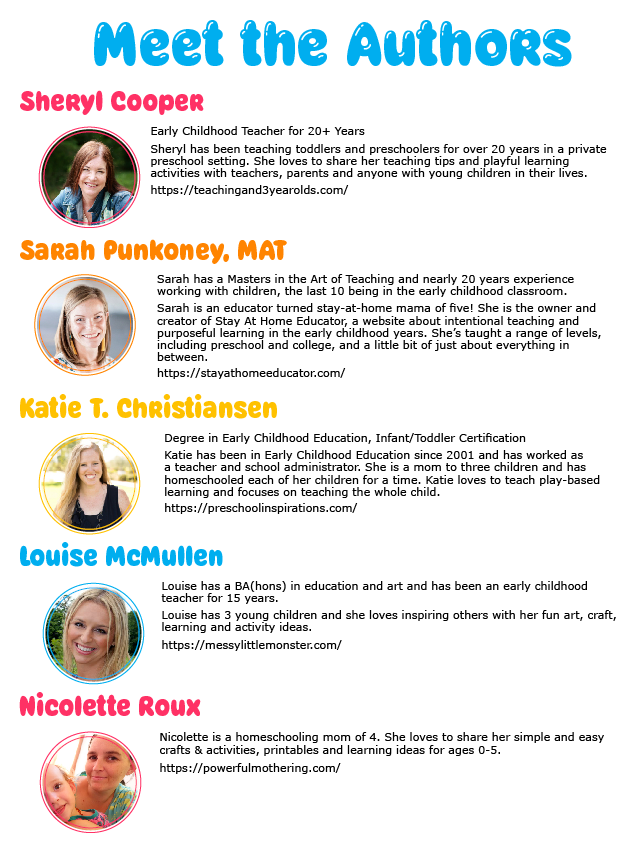
Looking for PRESCHOOL lesson plans ? We have those, too!

FREE CIRCLE TIME PLANNER!
Get your FREE circle time planner as a gift when you subscribe to my free weekly newsletters.
Here is my Privacy Policy
Success! Now check your email to confirm your subscription.
There was an error submitting your subscription. Please try again.

- Math for Kids
- Parenting Resources
- ELA for Kids
- Teaching Resources

How to Teach Odd and Even Numbers in 4 Easy Steps
How to Teach Long Division to Kids in 6 Easy Steps
15 Famous Mathematicians in History That Kids Should Know
11 Best Multiplication Apps for Kids
How to Teach Number Formation in 5 Easy Steps
12 Best Funny Short Stories for Kids to Read in 2024
6 Best Alternatives to Public Schooling: A Guide for Parents
How to Cope With Test Anxiety in 12 Easy Ways
Developmental Milestones for 4 Year Olds: The Ultimate Guide
Simple & Stress-Free After School Schedule for Kids of All Ages
12 Best Spelling Apps For Kids in 2024
How to teach parts of speech: 15 fun ways for kids.
How to Teach Letter Recognition in 6 Easy Steps
20 Fun Limericks for Kids
How to Improve Reading Comprehension: Strategies & Tips
12 Best Tips for Substitute Teachers
30 Best Classroom Reward Ideas for Elementary Students
12 Best Websites for English Teachers
10 Best Game-Based Learning Platforms for Kids
60 Fun Animal Facts for Kids

20+ Best Fun Learning Activities for 2-Year-Olds
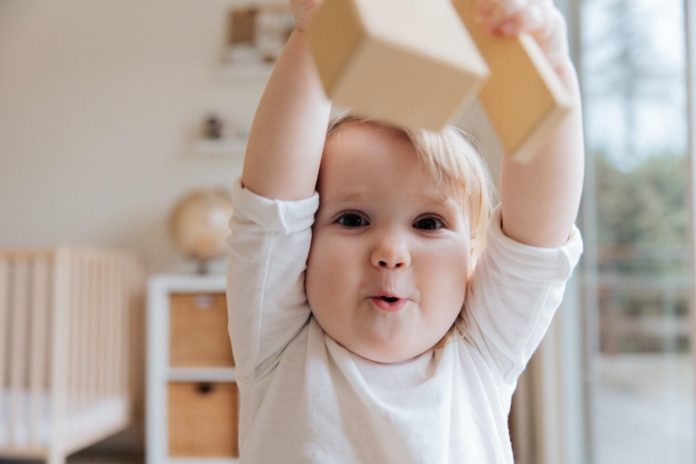
7 Educational Activities for 2 Year Olds
7 developmental activities for 2 year olds, 8 fun activities for 2 year olds with no prep, no mess, get started now.
We know that parenting a toddler can be both rewarding and challenging, so we’ve put together a list of activities to help your little one learn and grow while having lots of fun. Welcome to our guide of 20+ fun and learning activities for 2 year olds!
From simple crafts and games that help with fine motor skills to more active pursuits that will get your toddler moving, there’s something here for everyone. And the best part is that most of these activities can be done using things you already have around the house, so there is no need to go out and buy anything special.
We hope you enjoy trying out these activities with your toddler and that they help make your days a little bit brighter.
1. Color Sorting
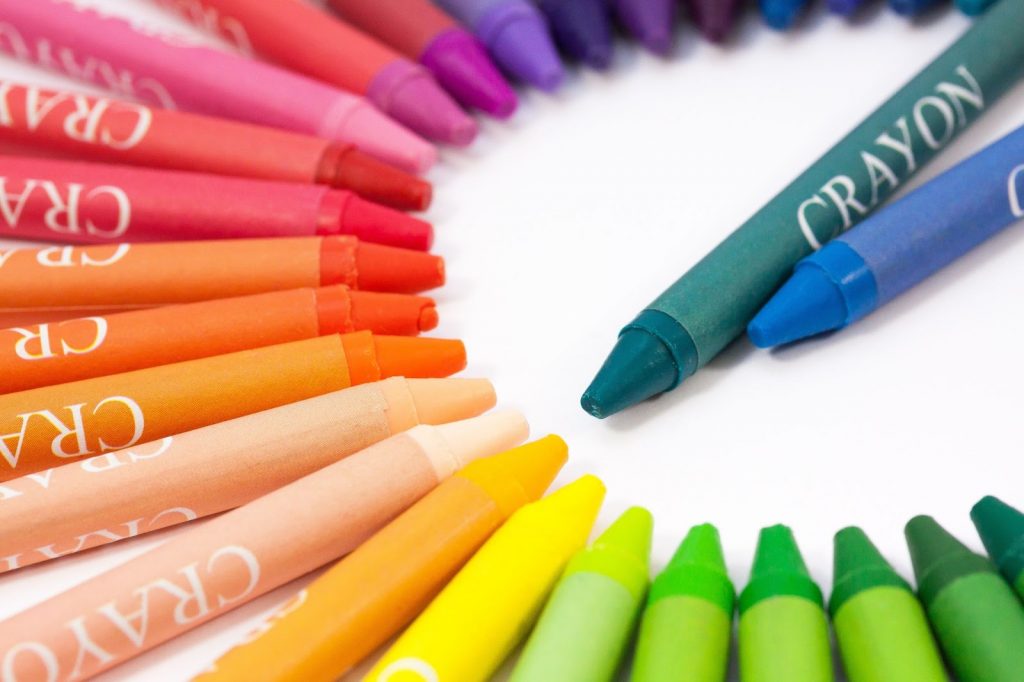
What you’ll need: Construction paper in different colors, crayons, markers, or paint
What to do: Cut out different shapes from each color of construction paper. Talk about the different colors with your toddler as they sort the shapes. You can also have them trace the shapes with crayons, markers, or paint.
SplashLearn: Most Comprehensive Learning Program for PreK-5

SplashLearn inspires lifelong curiosity with its game-based PreK-5 learning program loved by over 40 million children. With over 4,000 fun games and activities, it’s the perfect balance of learning and play for your little one.
What kids will learn: This activity is great for promoting color recognition and fine motor skills. Toddlers also learn about shapes as they play.
2. Letter Matching
What you’ll need: Construction paper, scissors, crayons, markers, or paint
What to do: Cut out different letters from construction paper. Talk about the different letters with your toddler as they match them up. You can also have them trace the letters with crayons, markers, or paint.
What kids will learn: This activity is great for promoting letter recognition and fine motor skills. Learning letters early can also help your toddler with reading and writing later on.
3. Pattern Matching
What to do: Cut out different patterns from construction paper. Talk about the different patterns with your toddler as they match them up. You can also have them trace the patterns with crayons, markers, or paint.
Some patterns that toddlers can work with include stripes, polka dots, and zigzags.
What kids will learn: This activity promotes pattern recognition and fine motor skills. It also helps toddlers develop their problem-solving skills.
4. Play Math and Reading Games Online
What you’ll need: A computer with internet access
What to do: Many great math and reading games for toddlers are available online. Spend some time playing these games with your toddler to help them learn new skills. Ensure that children aren’t spending too much time looking at screens. For toddlers, 20–30 minutes is enough screen time.
What kids will learn: This activity encourages children to improve their math and reading skills. Toddlers also learn about computer use and basic game skills.
5. Put Together a Simple Toy Train Set
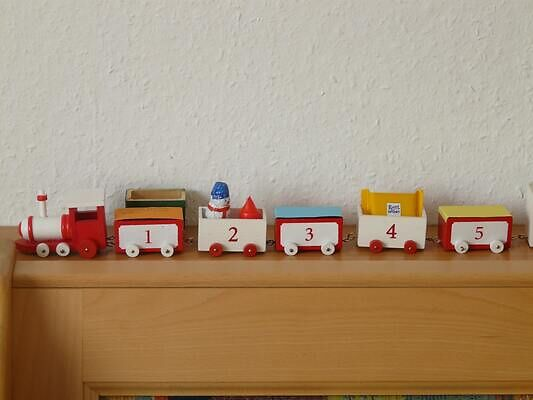
What you’ll need: A toy train set, such as the Thomas the Tank Engine Wooden Railway Starter Set.
What to do: Let your toddler help you put together a simple toy train set. They can connect the track pieces, place the trains on the tracks, and press the buttons to make them go.
What kids will learn: This activity promotes problem-solving, fine motor skills, and hand–eye coordination. Toddlers also learn about cause and effect as they play.
6. Paint With Watercolors
What you’ll need: Watercolors, paintbrushes, water, and paper.
What to do: This is a classic activity that toddlers will love! They can experiment with mixing the colors, painting different strokes, and adding water to create different effects.
What kids will learn: This activity is great for promoting art and creativity. Toddlers also learn about colors and mixing different shades.
7. Talk to Your Baby
What you’ll need: Nothing!
What to do: One of the best activities for 2 year olds, this is a great way to promote language development. Talk to your toddler about anything and everything. Describe what you’re doing, such as “I’m making lunch.” or “I’m putting on my shoes.” You can also ask them questions and encourage them to answer.
What kids will learn: This activity is great for promoting language development. Toddlers also learn about communication and conversation.
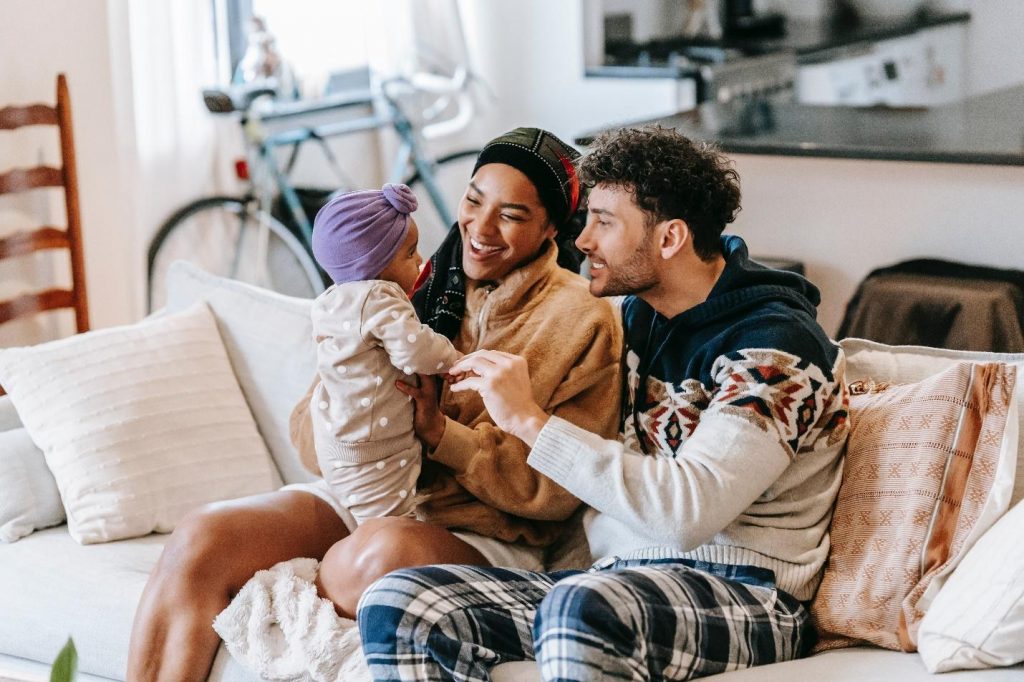
1. Trace the Body
W hat you’ll need: Paper, a pencil, and some crayons or markers
What to do: Help your toddler trace their body on a piece of paper. Then, they can decorate it however they like! This is a great way to encourage creativity and self-expression.
What kids will learn: This activity is great for promoting art and creativity. Toddlers also learn about their own bodies and how to use different art supplies.
2. Get Dressed
What you’ll need: Some clothes, shoes, and a mirror.
What to do: One of the most important activities for 2 year olds is to learn how to get dressed independently. You can start with simple clothing items, such as a shirt or pants. Show them how to wear clothing and then let them try it themselves. As they get better at dressing themselves, you can add more items, such as shoes, socks, and jackets.
This is a great activity to do when you are vacationing with the family as you can afford the time and patience it needs to help your kids learn how to button their shirts or tie their shoes correctly.
What kids will learn: This activity is great for promoting fine motor skills and independence. Toddlers also learn about different types of clothing and how to put them on.
3. Put Toys Away
What you’ll need: A toy box or bin and some toys.
What to do: Show them how to put the toys away in the toy box or bin. As they get better at this, you can add more toys or make it a game by timing them to see how fast they can put the toys away.
What kids will learn: This is a great activity for teaching toddlers about organization and responsibility. It is also a good way to promote problem-solving skills. Toddlers thus learn about cleaning up.
4. Clap to the Beat
What you’ll need: Some music or you can clap your hands yourself
What to do: Help your toddler clap their hands to the beat of the music. As they get better at this, you can add other body parts, such as their feet or head.
What kids will learn: This activity is great for promoting music and rhythm skills. Toddlers also learn about following directions.
5. Read to Your 2 Year Old
What you’ll need: Any good picture books, like The Very Hungry Caterpillar or The Cat in the Hat .
What to do: This activity is great for promoting literacy skills. Sit down with your toddler and read one of their favorite books . As they get better at this, you can start asking them questions about the story or having them point out different objects in the book.
What kids will learn: This activity is great for promoting literacy skills. Studies show that early exposure to reading is linked with higher reading achievement later in life. Toddlers also learn about communication and conversation.
6. Imitate Animal Sounds
What you’ll need: A video or audio recording of animal sounds, or you can make the sounds yourself.
What to do: This activity is great for promoting listening skills. Help your toddler identify different animal sounds. You can play a recording of the sounds or make them yourself. As they get better at this, you can start asking them questions about the animals, such as “Where does a lion live?” or “What does a cow eat?”
What kids will learn: This activity is great for promoting listening skills. Toddlers also learn about animals, their sounds, and maybe their habitats.
7. Play Kitchen Assistant
What you’ll need: A play kitchen, some pots and pans, and some plastic food
What to do: Show your toddler how to pretend to cook in the play kitchen. Let them help you stir the pots and pans or cut up the plastic food. As they get better at this, you can start asking them to make specific dishes.
Some 2 year old development activities that can be done in a real kitchen include; helping to pour ingredients into a bowl, using a child-safe knife to help cut soft foods, or helping to stir—all with adult supervision!
What kids will learn: This activity is great for promoting imaginative play. Toddlers also learn about cooking and following directions.
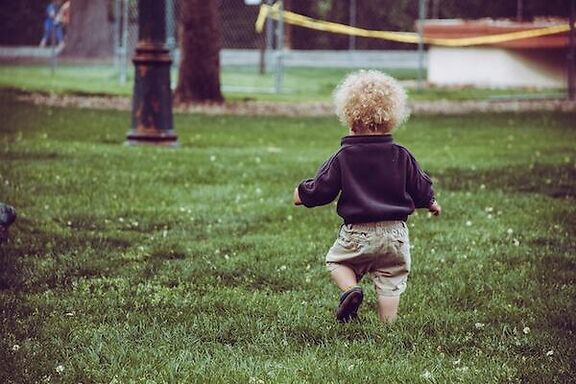
1. Pillow Roller Coasters
What you’ll need: Pillows, blankets, and a lot of space on the floor.
What to do: Create a pillow roller coaster for your toddler to ride. They will love going up and down the hill. As they get better at this, you can start asking them to go faster or slower.
You could create a smaller pillow road for their toy vehicles. Children can hold a race with their toy cars and make them go up and down the road.
Remote-controlled tanks or any other remote-controlled toy can also be used for this activity.
After your 2-year-old is done playing with the pillow roller coaster, you can just put the pillows, blankets, and toy cars away—no mess to clean up!
What kids will learn:
This activity is great for promoting gross motor skills. Toddlers will also learn about ramps and the energy needed to go up and down the slopes. This basic experiential learning can help them in their future physics classes.
2. Rescue Animals (from zip-lock bags)
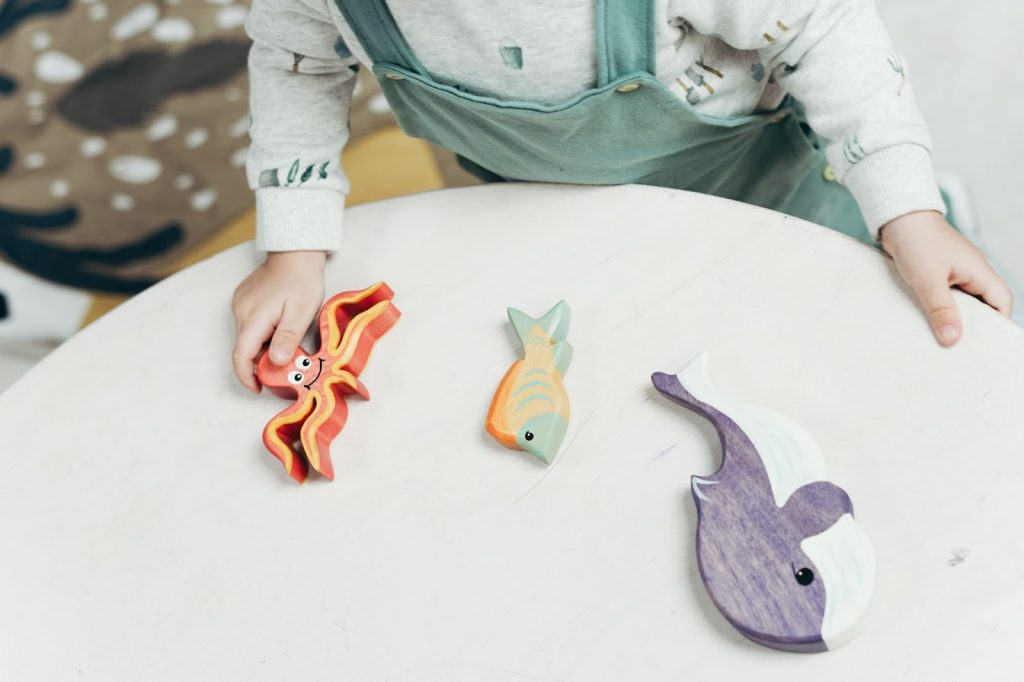
What you’ll need: Clear zip-lock bags and small plastic animals.
What to do: Put their animals in clear zip-lock bags. Now ask them to help the animals get out by using their hands or opening the zip.
You can say, “I see the lion is roaring. It wants to come out. Can you help him?”
You can also put different kinds of objects in the zip-lock bags, like fruits, vegetables, leaves, etc. This will help your toddler learn about different textures and shapes.
After they are done playing with this activity, you can store animals and zip-lock bags separately or throw them in the toy box just as they are.
What kids will learn: Such games and 2 year old activities help kids learn about animal names, sounds, and textures. It also helps them develop their fine motor skills.
3. Balloon Pop
What you’ll need: Balloons and a sharp object (like a pin or a needle).
What to do: Help your toddler blow up the balloon and then let them pop it with the sharp object. Be sure to supervise them closely so that they don’t hurt themselves.
Your toddler will have a blast popping the balloons. The toddlers love the loud noise of the balloons popping and the feeling of popping them.
This activity can get a little messy since the balloon bits will be scattered around. But, it is easy to clean up—gather all the pieces and throw them away.
What kids will learn: This activity is great for promoting gross motor skills and hand–eye coordination. Toddlers will also learn about cause and effect as they see that their actions (popping the balloon) result in the desired outcome (the balloon makes a loud noise and pops).
4. Origami for Toddlers
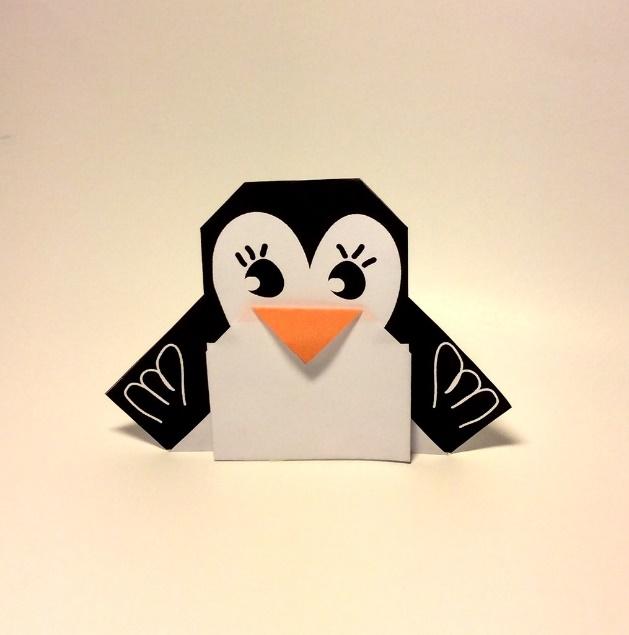
What you’ll need: Square pieces of colored paper
What to do: Origami is the Japanese art of paper folding. There are many simple origami shapes that even toddlers can make.
You can start with something simple like a paper airplane or a boat. Just fold the paper in half and then in half again. Then, help your toddler make the folds to create the shape. Once they get the hang of it, they’ll be able to do it on their own.
We all know 2-year-olds love to display their creations, so be sure to have a spot ready to showcase their origami masterpieces.
What kids will learn: This activity is great for promoting fine motor skills and concentration. Toddlers will also learn about following instructions and different shapes.
5. Magnetic Letters
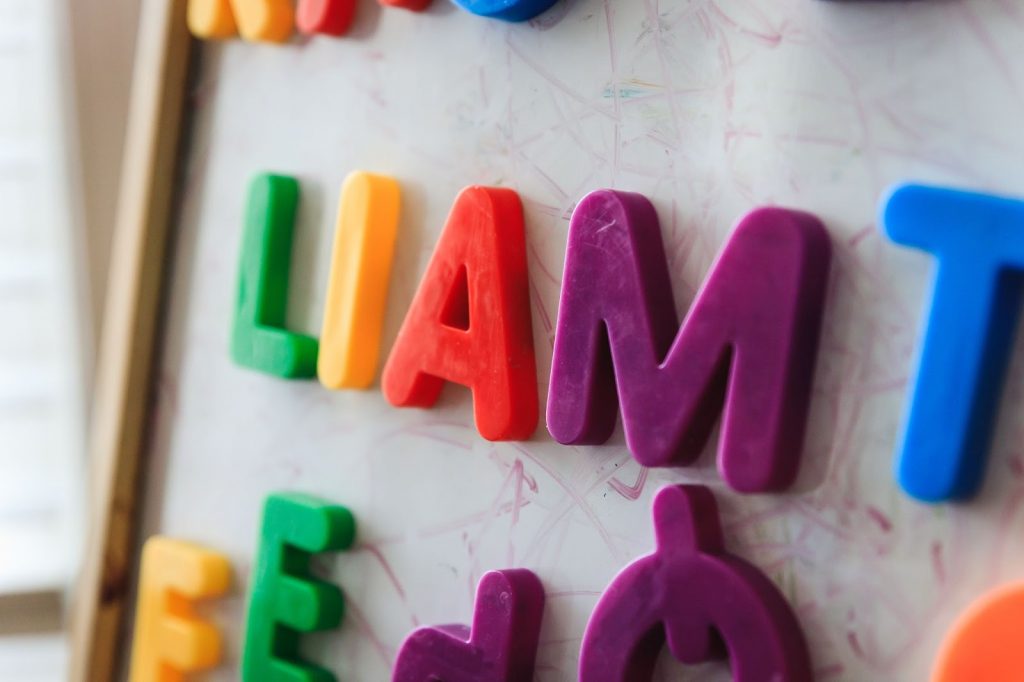
What you’ll need: Magnetic letters (you can find these at your local dollar store or online) and a metal surface
What to do: Stick the magnetic letters on the fridge or any other metal surface. Then, help your toddler spell out words with the letters. You can start with simple three-letter words and then move on to more difficult words.
You can even use these magnetic letters to offer clues to your toddler during a treasure hunt or pass on messages like a detective.
What kids will learn: This activity is great for promoting literacy skills and creativity. Toddlers will also learn about the alphabet, spelling, and simple words.
6. Decorating with Clothes Pegs
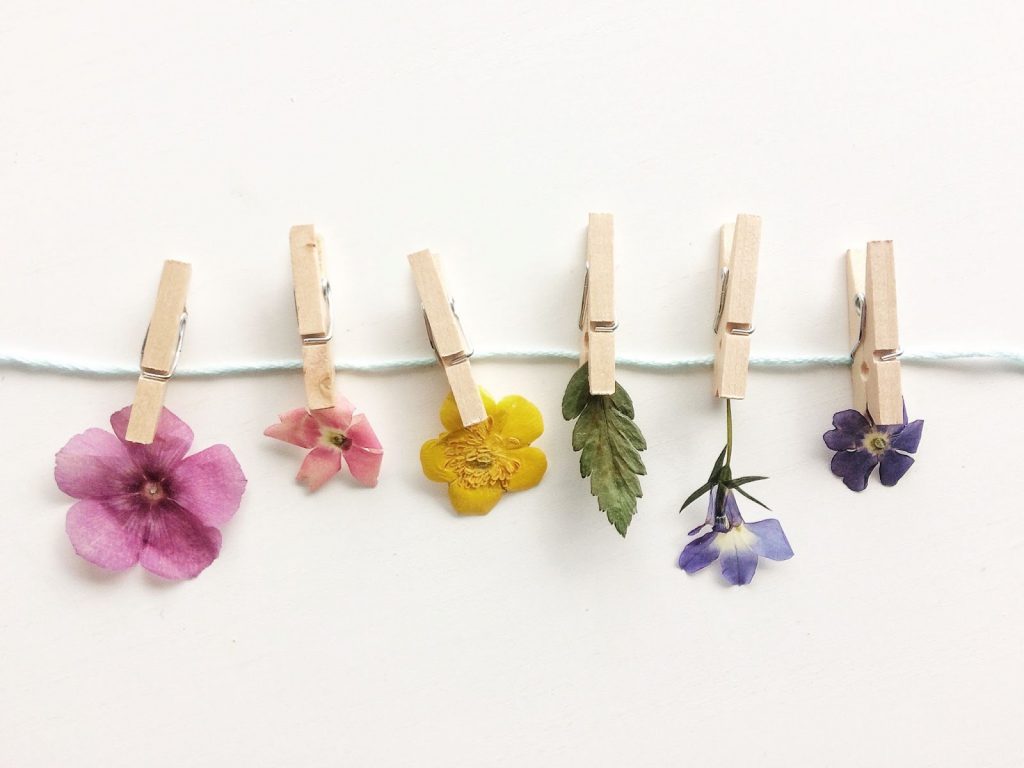
What you’ll need: Clothes pegs and containers or surfaces to decorate
What to do: Accept it: Painting with your baby can be a messy affair. Clothes pegs allow you to bring a pop of color and beautiful works of art together. And, with this method, you don’t have to worry about paint stains.
Just let your toddler put clothes pegs around the containers or surfaces. You can even use them to create patterns or shapes.
If you want, you can paint the clothes pegs before your toddler starts decorating or buy cheap plastic clothes pegs in different colors. This will add an extra layer of color and fun to the activity.
What kids will learn: This activity is great for promoting creativity and imagination early in children. They will learn that anything can be turned into a work of art with a little bit of creativity.
7. Transfer Books and Toys From One Box to Another
What you’ll need: Two cardboard boxes with lids and some toys or books
What to do: You will be surprised how much a toddler loves to help you do a chore and win compliments and hugs from you. It is a great way to keep them occupied while you’re busy with other things.
To set up, put some toys or books in one box and then close the lid. Then, have your toddler transfer the items into the other box. You can even make it a race to see who can transfer the most items in a minute.
You can easily make this a sorting and organizing activity, asking them to sort books, toys, or other objects by colors, shapes, or sizes.
What kids will learn: This activity is great for promoting fine motor skills and concentration in toddlers. It is also a good opportunity for parents to inculcate a sense of responsibility and ownership in their toddlers and build their confidence.
8. Play with Kinetic Sand
W hat you’ll need: Kinetic sand and some plastic toys
What to do: If you haven’t played with kinetic sand before, you’re in for a treat. It’s a type of sand that’s moldable and easy to shape. And it’s also very therapeutic to play with.
Let your toddler explore the sand and mold it into different shapes. You can even use the sand to make patterns or write words. If you want, you can add some plastic toys to the mix and see how your toddler plays with them.
And it does not create any mess! You can easily store the sand in a container when you’re done playing.
What kids will learn: This activity is great for promoting creativity and imagination in toddlers. They will also learn about different textures and how they can be manipulated.
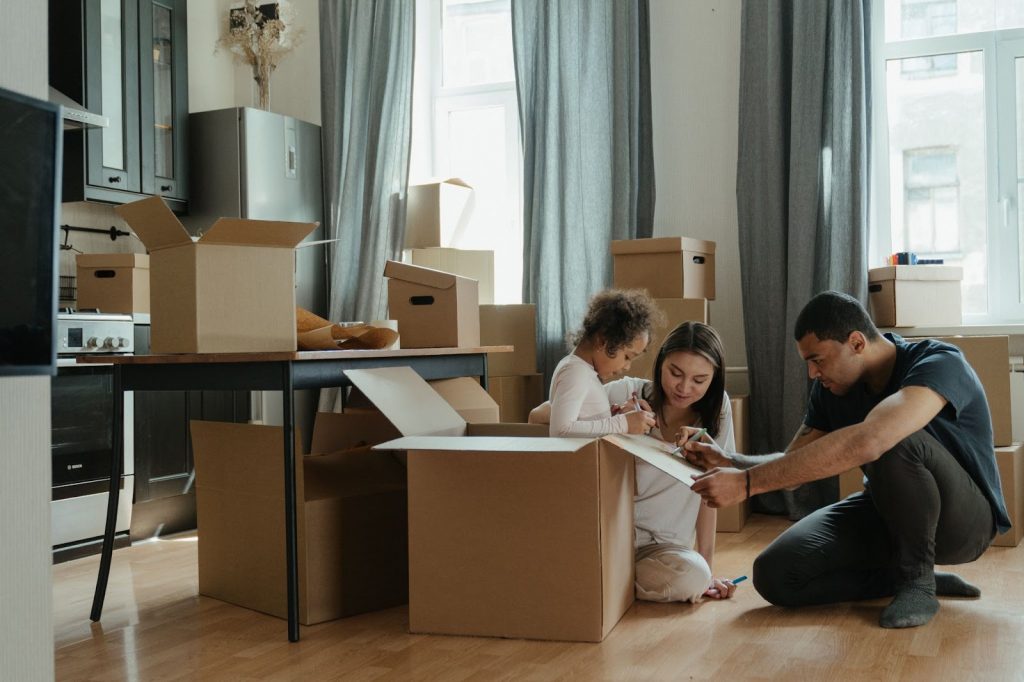
Learning activities for 2 year olds must be creative, hands-on, and FUN! Parents must realize that a young child’s attention span can be short. So, the activities must be structured to maintain their interest, even outdoor activities for 2 year olds must be engaging and interesting. The key is to keep it short and sweet.
Do you need some “you” time? Engage your toddlers in one of the fun activities for 2 year olds mentioned above and take that five-minute break. These activities will not only occupy your toddler but also help their overall development.
Here are more online educational resources for kids that will help with their learning experience and make them smarter.
Frequently Asked Questions (FAQs)
How to decide which activity is age-appropriate for 2 year olds.
Most two-year-olds can start with sorting shapes and colors, finding things hidden under objects, and doing simple puzzles. They may complete sentences in books they read regularly, follow two-step instructions, and love make-believe games. Activities built around developmental milestones for toddlers can help them progress to the next level.
What are some engaging indoor activities for two year olds that require few or no equipment?
Here are some indoor activities for 2 year olds that don’t require much equipment, if at all:
- transferring books and toys from one box to another
- sorting objects by colors, shapes, or sizes,
- playing with kinetic sand or clay,
- playing online learning games .
12 Best Social Skills Activities for Kids of All Ages
12 Best Pattern Activities for Preschoolers in 2024
15 Best Movement Activities for Preschoolers in 2024
- Pre-Kindergarten
- Kindergarten
Most Popular

15 Best Report Card Comments Samples

117 Best Riddles for Kids (With Answers)

40 Best Good Vibes Quotes to Brighten Your Day
Recent posts.

Math & ELA | PreK To Grade 5
Kids see fun., you see real learning outcomes..
Watch your kids fall in love with math & reading through our scientifically designed curriculum.
Parents, try for free Teachers, use for free

- Games for Kids
- Worksheets for Kids
- Math Worksheets
- ELA Worksheets
- Math Vocabulary
- Number Games
- Addition Games
- Subtraction Games
- Multiplication Games
- Division Games
- Addition Worksheets
- Subtraction Worksheets
- Multiplication Worksheets
- Division Worksheets
- Times Tables Worksheets
- Reading Games
- Writing Games
- Phonics Games
- Sight Words Games
- Letter Tracing Games
- Reading Worksheets
- Writing Worksheets
- Phonics Worksheets
- Sight Words Worksheets
- Letter Tracing Worksheets
- Prime Number
- Order of Operations
- Long multiplication
- Place value
- Parallelogram
- SplashLearn Success Stories
- SplashLearn Apps
- [email protected]
© Copyright - SplashLearn

Make study-time fun with 14,000+ games & activities, 450+ lesson plans, and more—free forever.
Parents, Try for Free Teachers, Use for Free
- Trying to Conceive
- Signs & Symptoms
- Pregnancy Tests
- Fertility Testing
- Fertility Treatment
- Weeks & Trimesters
- Staying Healthy
- Preparing for Baby
- Complications & Concerns
- Pregnancy Loss
- Breastfeeding
- School-Aged Kids
- Raising Kids
- Personal Stories
- Everyday Wellness
- Safety & First Aid
- Immunizations
- Food & Nutrition
- Active Play
- Pregnancy Products
- Nursery & Sleep Products
- Nursing & Feeding Products
- Clothing & Accessories
- Toys & Gifts
- Ovulation Calculator
- Pregnancy Due Date Calculator
- How to Talk About Postpartum Depression
- Editorial Process
- Meet Our Review Board
2-Year-Old Child Development Milestones
Your child’s growth and development at age 2
- Language and Cognitive Milestones
- Movement, Hand, and Finger Milestones
- Social and Emotional Milestones
- Other Milestones
How to Help Your 2-Year-Old Learn and Grow
How to keep your 2-year-old safe, when to be concerned.
Once your child turns 2, you'll probably see some big changes almost every month. They're likely gaining some independence as they begin to navigate their environment on their own. There's also a good chance they're showing interest in trying to do more things without your help.
Your 2-year-old's imagination is also starting to come to life! "For a child, play has a purpose in communicating and understanding their world as [they] perceive it," explains Suzanne Davis , a licensed professional counselor and registered play therapist supervisor. "Play is essential for child development in that it supports socializing, learning, creative problem solving, and expressing thoughts and emotions when words are not available."
Your 2-year-old will love to show off their budding motor skills, creativity, social skills, and independence. You can expect your little one to make great strides between 2 and 3-years-old!
2-Year-Old Language and Cognitive Milestones
At 2-years-old, there are some big changes happening verbally and cognitively. The biggest ones include the following.
Imagination and Pretend Play
Around age 2, you will begin to see your toddler creating imaginative games and combining activities together into a more complicated and intricate sequence rather than drifting from one toy or activity to another. These are signs that their mind is making more connections and beginning to understand relationships between different objects or ideas.
"Your child will naturally engage you to participate in their play and is inviting you to join in their world," explains Davis. "Toddlers enjoy pretend play, such as using a toy kitchen to cook or bake a delicious meal, using a toy vacuum to clean the floor, or using a toy doctor’s kit to give a shot to a stuffed animal."
This is also a time that your child will begin to explore and try to figure out how things work during playtime. It is important to offer as many opportunities as you can for exploration.
Your child will likely enjoy doing the same thing over and over again, like knocking a tower over. Repeating the same behavior helps your child learn—though you may be eager for them to move on from this phase.
Better Communication
While children develop at different rates, most toddlers master at least 50 spoken words by their second birthday. Boys' language skills may develop at a slower rate than girls. But before their third birthday, most 2-year-olds are able to put three-word sentences together.
Your toddler will also be able to follow simple two-step commands, such as, “Please pick up the toy and give it to me." They may also complete lines in familiar books when you are reading to them.
Improved Thinking and Problem-Solving Skills
Your baby's brain is rapidly developing at this age. Some of the new and exciting developments include:
- Sorting shapes and colors
- Finding things hidden under multiple layers
- Building towers with four or more blocks
- Developing a dominant hand
At this age, children learn mainly through their senses, through movement, and through trial and error. They are learning to take ideas in their head and try them out in the real world. Because of this, talking about ideas with them is so important! It helps them process information while showing that you respect what they are thinking about.
Language and Cognitive Checklist
- Uses two-word sentences such as, "I go!"
- Repeats words heard in conversations
- Can find objects when you hide them
- Points to objects or pictures when you name them
2-Year-Old Movement, Hand, and Finger Milestones
You may notice 2-year-olds are just beginning to have better control over their hand and finger movements, which leads to a lot of fun milestones!
Improved Fine Motor Skills
You may notice 2-year-olds are just beginning to have better control over their hand and finger movements, which are signs that they're building fine motor skills . Most 2-year-olds can stack at least four blocks and put round or square pegs into holes.
Your toddler's artwork is also drastically improving. Instead of chaotic (yet adorable) scribbling, they are more likely to draw more concentrated marks, including circles and lines that are horizontal, vertical, diagonal, or curved.
Running, Jumping, and Climbing
By 2-years-old, your child’s muscles begin to develop, which improves their climbing and running skills. Most 2-year-olds can climb over furniture, stand on their tiptoes, and run short distances. Your child will begin to walk more like an adult, be able to walk next to you without falling down, and should be able to navigate stairs with little assistance.
Throwing and Catching a Ball
Your little one loves trying to play catch now! By 2-years-old, toddlers are more capable of throwing a ball and trying to catch it with two hands. They may not be successful every time, but they are beginning to understand the concept of catching and throwing. Your budding soccer player is also learning how to kick a ball, so lots of outdoor time is a great way to help them master this new, fun skill!
Physical Milestones Checklist
- Learning how to use zippers and snaps on clothing
- May pull pants up and down
- Tries to brush own hair or teeth
- Carries or pulls toys behind them while walking
2-Year-Old Social and Emotional Milestones
There are a lot of big feelings in your 2-year-old's tiny body! Here are some of the main social and emotional behaviors at this age.
Learning to Express Themselves
It’s called the “terrible twos” for a reason! This age often marks the beginning of temper tantrums . That’s to be expected as little ones are learning how to express themselves when they are frustrated, upset, tired, or hungry.
Because 2-year-olds lack the verbal skills to say, “I’m mad,” or “I’m feeling lonely,” they can’t tell anyone how they’re feeling. So they’re more likely to show it. Don’t be surprised when your child drops to the ground and starts screaming. It’s part of typical toddler development.
"When very young children experience anger and frustration, they will react in their behaviors (e.g., tantrums, defiance, etc.) because their brain is still developing and they have not yet learned self-regulation to manage and respond to their ‘big’ emotions," explains Davis. "Generally, big emotions feel very overwhelming and scary for a child where the child seeks connection and attachment (e.g., needing a hug or being held) by the parent as a means to feel more in control."
The bottom line? Try your best to help them process and work through emotions with patience, love, and empathy. It's not easy being 2!
Gradual Interest in Other Kids
Most 2-year-olds are "egocentric" by nature, meaning they can't yet fathom that people may have their own thoughts or concerns outside of them. They think the world revolves around them and their needs at all times.
So, don't be surprised if your toddler isn't ready to play with other children in a traditional, give-and-take manner. Instead, they might prefer to play alongside other kids, as opposed to with them.
But, even in this phase, they'll love being around others. And being around others is a great opportunity for your child to learn about social interactions.
Imitates Behaviors
Between 2 and 3-years-old, your little one learns to imitate the behaviors of both children and adults. Not only do they mimic actions, but they repeat words they hear, often in the same tone. (So it's important to censor grown-up language around them!)
At this age, toddlers will imitate parents, older siblings, and those they see on TV. Not only do they do this to learn, but they also want to feel "included." If the mimicked behavior seems inappropriate, don't worry! They are unable to judge whether their behaviors are appropriate—and that's where you come in to guide them.
Other Milestones for Your 2-Year-Old
Now that your child has reached full-on toddlerhood, here is what else you might notice.
Eating and Snacking
Your 2-year-old is likely getting into more of a solid eating routine, with three meals a day plus one or two snacks. The AAP recommends your toddler eat from each of the following food groups per day:
- Vegetables and fruits
- Rice, potatoes, flour products, and cereals
- Poultry, fish, eggs, and other meats
- Cheese, milk, and additional dairy products
At this age, many kids start to become picky about the foods they eat—and it's totally common, according to Christine Randazzo Kirschner, MS, RDN, CDN and April Panitz, MS, RDN, CDN, registered dietician nutritionists and co-founders of Amenta Nutrition in New York. Their counseling and consulting firm specializes in pediatric nutrition, especially picky eating, mealtime stress, special diets, weight management, and digestive health.
"Toddler years may be the pickiest time for your children—food rejection is common at this age," explains Kirschner. "We often hear from parents that their child has stopped eating a food that they previously accepted or that they keep asking for the same foods every day. Don’t stress about it! Erratic food intake and shifts in preferences are completely normal."
She adds that children at this age are still figuring out their own independence, which can lead them to be more demanding in an attempt to gain more control.
How to Deal With Snacking
It's no secret that toddlers love snacks! While it's easy to worry about their snacking habits, Kirschner and Panitz invite parents to change their mindset. "Since a child’s belly is too small to rely on only three meals a day to reach their daily energy and nutrient requirements, snack time is necessary," says Kirschner.
She explains that you should think of snacks as "mini-meals," which should consist of two to three food groups. "For example, serve a half a piece of whole-wheat bread with almond butter and sliced banana on top or a low-fat yogurt with strawberries and crackers on the side," she says.
Kirschner and Panitz add that snacks are a great way to fill nutrient gaps that may have been lost at meals, along with the opportunity to get some fiber into your child’s diet.
Most importantly, snacks should focus on whole foods instead of ultra-processed, convenient foods that may contain large amounts of salt, saturated fats, and added sugars. While these foods are okay in moderation, it's important to include whole food options along with them.
More Consistent Sleep Schedule
Most toddlers are able to sleep for the majority of the night (at least 11 hours). If not, check to make sure that your infant has a good bedtime routine and has developed the proper sleep associations. They may start waking again at times of stress, illness, or after learning a new task (like walking).
Your toddler may still need two naps during the day or may only take one longer nap. A consistent napping schedule will make sure your child is getting plenty of sleep.
Once your child can climb out of their own crib (and you have already lowered the mattress and made other modifications), it is time to move your child into a toddler bed . If your child is three feet tall, you may want to move them to a toddler bed even if they aren't climbing out of their crib yet. The usual age for moving out of a crib is about 18 months to three years.
Moving From the High Chair to the Dinner Table
This age is a great opportunity to transition your little one from a high chair to the dinner table! Their newfound independence may motivate them to be more of a "big kid" and grab their own place at the table.
"At the age of 2, children should be eating the same foods as the rest of the family. This includes a variety of fruits and vegetables," says Kirschner. "However, it’s important to remember that while they should be eating the same foods as you, their small tummies require smaller portions. A good rule of thumb is 1 tablespoon of each food per year of age (i.e., 2 tablespoons for 2-years-old)."
Your 2-year-old has a new talent for keeping you on your toes all day! They are becoming more interactive with the world around them and are looking to you for guidance, consistency, exploration, and fun.
Throughout the day, remember to talk to your child often. Point out what you’re doing as you're cooking or performing household tasks. Keep things simple but avoid using too much baby talk.
Keep in mind that your child learns a lot through play and you don’t need to turn every activity into an opportunity to identify shapes or colors. Instead, let your child explore and play on their own terms.
Davis adds that playtime is also a chance to help your toddler work out their feelings and emotions. "Play is symbolic and schematic as a means to ‘play out’ rather than ‘talk out’ situations and stressors," she says.
Toddlers are notorious for resisting new foods, but fear not! This phase will pass, and in the meantime, all you can do is keep offering new options.
"Keep exposing your child to new and familiar foods by offering them a variety," says Kirschner. "They may need eight to 15 exposures to a new food before they become familiar with it and even more to begin liking it. If they are eating what the rest of the family is having, this is likely to happen organically. Plus it reduces the parent’s stress and workload by making one meal for the whole family!"
Additional Parenting Tips
If your 2-year-old comes down with the flu or a cold, you can try the following:
- A cool-mist humidifier
- Saline nose drops or sprays keep nasal passages moist and help avoid stuffiness
- Nasal suctioning with a bulb syringe
- Acetaminophen or ibuprofen to reduce fever
- Avoid cold and flu medicine in children under 6-years-old
- Always contact your pediatrician if you are concerned about your child's illness
Now that your toddler is able to run around with ease, it's important to keep your eyes peeled for any potential dangers. Here are some of the biggest safety tips to keep in mind for 2-year-olds.
Car Seat Safety
While it's tempting to turn your child from rear-facing to forward-facing in their car seat, research shows that they are five times less likely to avoid serious injury or death if they remain rear-facing.
The American Academy of Pediatrics recommends that all infants ride rear-facing as long as possible until they reach the highest weight or height limit allowed by their car seat manufacturer. Typically, this allows you to keep them rear-facing for two years or longer. Many convertible car seats can keep your child rear-facing up to 40 or 50 pounds.
Falls and Burns
Your 2-year-old has mastered climbing, which means there's an increased risk of falls . They can fall off playground equipment, down the stairs, off a bike, out of windows, or anything that they choose to climb on. It's important to keep a close eye on your little explorer and put up baby gates where needed to avoid dangerous situations.
You should also be incredibly careful while in the kitchen with your toddler. They can get severely burned from the stove, oven, hot liquids, grease, and hot foods. Always be extra cautious when cooking or baking.
Water Safety
It is crucial to never leave your child unattended around water. Unfortunately, drowning is one of the leading causes of death in children 1 to 4-years-old, and 69 percent of all of these drownings occur during non-swim times. Toddlers are incredibly curious, and the biggest threat at this age is having them wander off to swimming pools, hot tubs, bathtubs, natural bodies of water, and other types of water around the home.
The best actions to take are to add fences around your swimming pool, remove other water hazards from the backyard (such as birdbaths or fountains), prevent your child from wandering outside (using safety gates, door locks, or doorknob covers), empty any water containers after use, and always use life jackets when in the water.
There are some things that could signal potential developmental issues . According to the Centers for Disease Control and Prevention, talk to your child’s doctor if your child:
- Doesn’t walk steadily
- Doesn’t copy actions and words
- Doesn’t follow simple instructions
- Loses skills they once had
- Doesn’t know what to do with common objects, like a phone, fork, spoon, or brush
- Doesn’t say two-word phrases like, “more milk”
Remember, all children develop at slightly different rates! If you are concerned, the best thing you can do is reach out to your pediatrician for reassurance.
A Word From Verywell
Being 2 comes with its challenges, but it's also an exciting time for both you and your child. They are starting to better understand the world around them, and it's fun to watch their newfound curiosity and imagination come alive. They are turning into their own little person!
Some days may be tougher than others, but no matter what, remember—they will fly by. Relish in the exciting moments, enjoy the snuggles when their big emotions take control, and soak in all the fun that comes with toddlerhood. Eventually, those "terrible twos" won't seem so terrible!
Dosman CF, Andrews D, Goulden KJ. Evidence-based milestone ages as a framework for developmental surveillance. Paediatr Child Health . 2012;17(10):561-8. doi:10.1093%2Fpch%2F17.10.561
UNICEF. Your toddler's developmental milestones at 2 years .
Bright Horizons. How Toddlers Think: Understanding and Supporting Toddlers' Brain Development .
Bedford R, Saez de urabain IR, Cheung CH, Karmiloff-smith A, Smith TJ. Toddlers' Fine Motor Milestone Achievement Is Associated with Early Touchscreen Scrolling. Front Psychol. 2016;7:1108. doi:10.3389/fpsyg.2016.01108
ZERO to THREE. Learning to Write and Draw .
Dosman C, Andrews D. Anticipatory guidance for cognitive and social-emotional development: Birth to five years . Paediatr Child Health. 2012;17(2):75-80. doi:10.1093%2Fpch%2F17.2.75
American Academy of Pediatrics. Feeding & Nutrition Tips: Your 2-Year-Old .
Hirshkowitz M, Whiton K, Albert SM, et al. National Sleep Foundation's sleep time duration recommendations: methodology and results summary . Sleep Health. 2015;1(1):40-43. doi:10.1016/j.sleh.2014.12.010
The Car Seat Lady. Why Ride Rear-Facing?
American Academy of Pediatrics. Car Seats: Information for Families .
American Academy of Pediatrics. Safety for Your Child: 2 to 4 Years .
American Academy of Pediatrics. Drowning Prevention for Curious Toddlers: What Parents Need to Know .
Centers for Disease Control and Prevention. Important Milestones: Your Child By Two Years.
Adapted from the Your Child newsletter and series of articles from keepkidshealthy.com and are used with the permission of Keep Kids Healthy, LLC.
By Alex Vance Alex Vance is a freelance writer covering topics ranging from pregnancy and parenting to health and wellness. She is a former news and features writer for Moms.com and Blog Writer for The HOTH. Her motherhood-related pieces have been published on Scary Mommy, Motherhood Understood, and Thought Catalog.

Your 2-Year-Old's Developmental Milestones
Medical review policy, latest update:, developmental milestones for 2-year-olds, age 2 movement milestones, age 2 cognitive milestones, read this next, age 2 language and communication milestones, age 2 social and emotional milestones, when to talk to your doctor about your 2-year-old’s development.
More good news: In the coming year, there’ll be even more developmental achievements on the horizon — from physical feats like pedaling a tricycle, to language skills like carrying on a conversation — to make a parent’s heart burst with pride.
Frequently Asked Questions
What should a 2 year old be doing developmentally, can a 2 year old talk, what should a 2 year old toddler be learning, how many words should a 2 year old say.
What to Expect the Second Year , Heidi Murkoff. WhatToExpect.com, Top Questions About Fine-Motor Delays and Gross-Motor Delays in Toddlers , January 2019. WhatToExpect.com, Tips on Starting Potty Training , August 2021. WhatToExpect.com, Running, Climbing, Jumping and Kicking , October 2021. WhatToExpect.com, When Can Babies Use Spoons and Forks? , February 2021. American Academy of Pediatrics, Emotional Development: 2 Year Olds , August 2009. American Academy of Pediatrics, Preventing Furniture and TV Tips-Overs , February 2018. American Academy of Pediatrics, Developmental Milestones: 2 Year Olds , June 2009. American Academy of Pediatrics, Cognitive Development in Preschool Children , November 2009. American Academy of Pediatrics, Cognitive and Verbal Skills Needed for Toilet Training , November 2009. Centers for Disease Control and Prevention, Milestone Moments , 2021. Centers for Disease Control and Prevention, Important Milestones: Your Child by Eighteen Months , August 2021. Centers for Disease Control and Prevention, Toddlers (1-2 Years of Age) Developmental Milestones , February 2021. Children’s Hospital of Richmond at VCU, Fine Motor Skills: Birth to 2 Years , 2021. Children’s Hospital of Richmond at VCU, Fine Motor Skills: 2 to 5 Years , 2021. Children’s Hospital of Richmond at VCU, Gross Motor Skills: Birth to 5 Years , 2021. Children’s Hospital of Orange County, Developmental Milestones: Grooming Skills , 2021. Children’ Hospital of Orange County, Developmental Milestones: Dressing Skills , 2021. Children’s Hospital of Orange County, Fine Motor Skills and Visual Motor Skills , 2021. KidsHealth From Nemours, Your Child’s Checkup: 2 Years (24 Months) , April 2021. KidsHealth From Nemours, Communication and Your 1- to 2-Year-Old , June 2019. KidsHealth From Nemours, Communication and Your 2- to 3-Year-Old , June 2019. Mayo Clinic, Language Development: Speech Milestones for Babies , March 2021. National Institutes of Health, National Library of Medicine, Infant—Newborn Development , February 2021. University of Michigan Health, Milestones for an 18-Month-Old Child , May 2020.
Go to Your Toddler's Month
Trending on what to expect, is your toddler being disrespectful here's why and what to do, here’s why your toddler is taking off his clothes and what to do about it, ⚠️ you can't see this cool content because you have ad block enabled., using positive reinforcement on your toddler, what to do if your toddler keeps running away, 11 tips to make flying with a toddler go more smoothly.
Official websites use .gov
A .gov website belongs to an official government organization in the United States.
Secure .gov websites use HTTPS
A lock ( ) or https:// means you've safely connected to the .gov website. Share sensitive information only on official, secure websites.
Important Milestones: Your Child By Two Years
CDC’s milestones and parent tips have been updated and new checklist ages have been added (15 and 30 months). For more information about the updates to CDC’s developmental milestones, please review the Pediatrics journal article and these important key points .
How your child plays, learns, speaks, acts, and moves offers important clues about your child’s development. Developmental milestones are things most children (75% or more) can do by a certain age.
Check the milestones your child has reached by 2 years by completing a checklist with CDC’s free Milestone Tracker mobile app, for iOS and Android devices, using the Digital Online Checklist , or by printing the checklist [1 MB, 2 Pages, Print Only] below.
“Learn the Signs. Act Early.” materials are not a substitute for standardized, validated developmental screening tools .
What most children do by this age:
Social/emotional milestones.

Language/Communication Milestones
Close this video
Cognitive Milestones (learning, thinking, problem-solving)
Movement/physical development milestones, notices when others are hurt or upset, like pausing or looking sad when someone is crying.
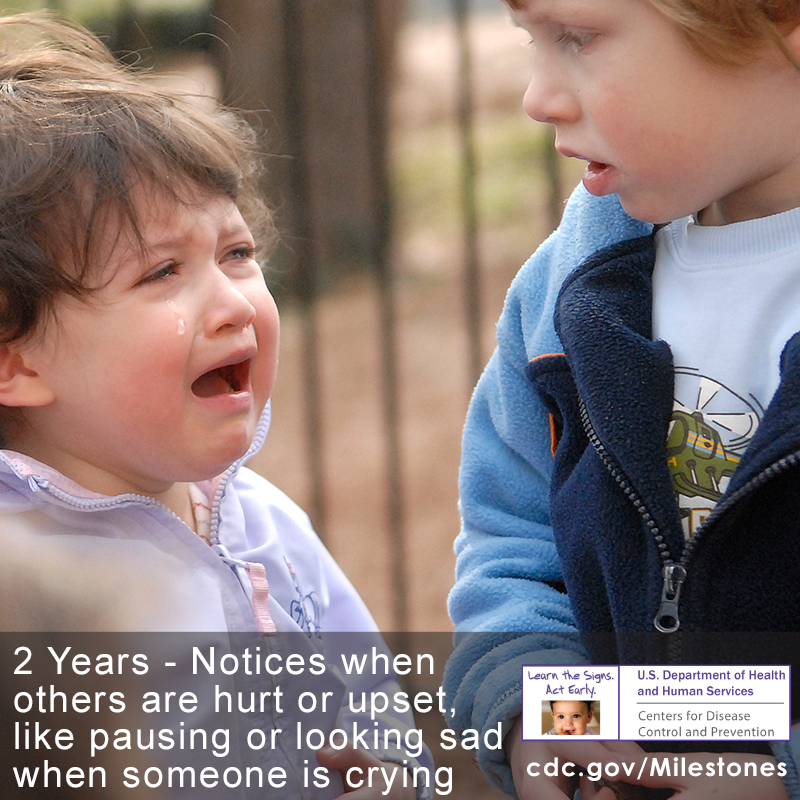
Tries to use switches, knobs, or buttons on a toy
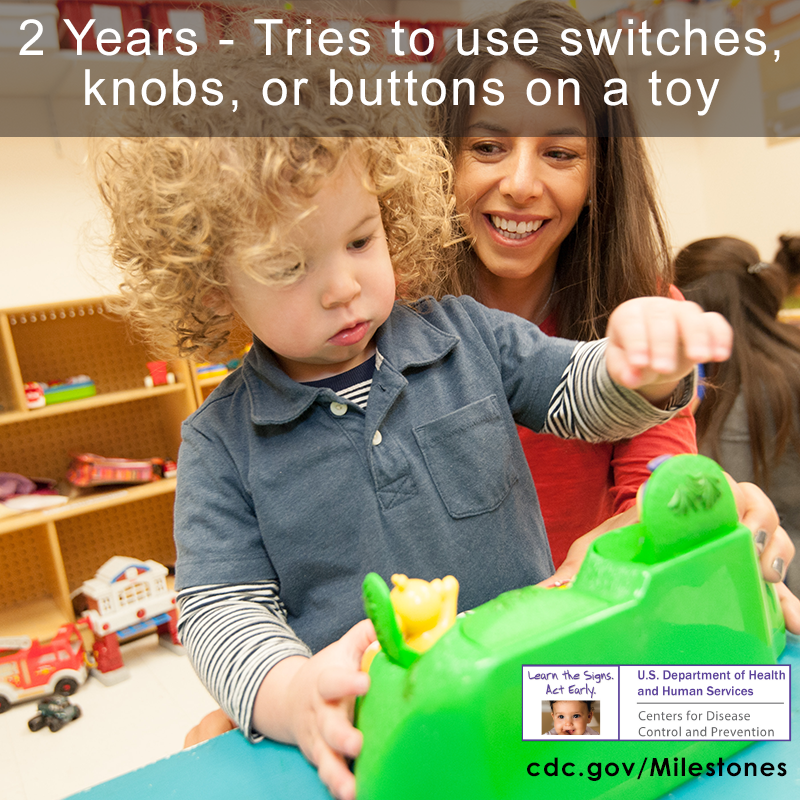
Plays with more than one toy at the same time, like putting toy food on a toy plate
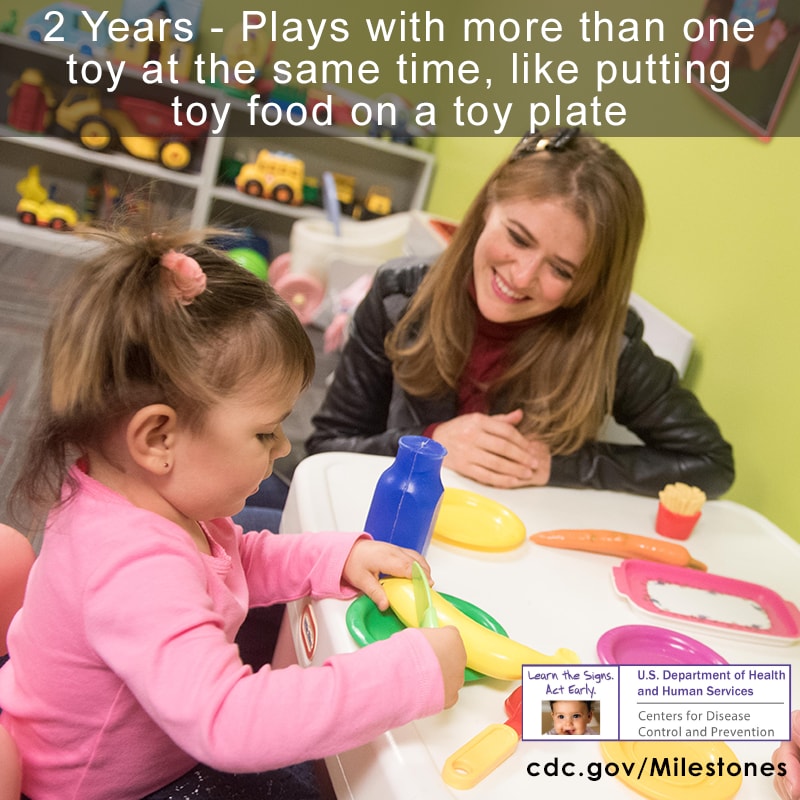
Kicks a ball
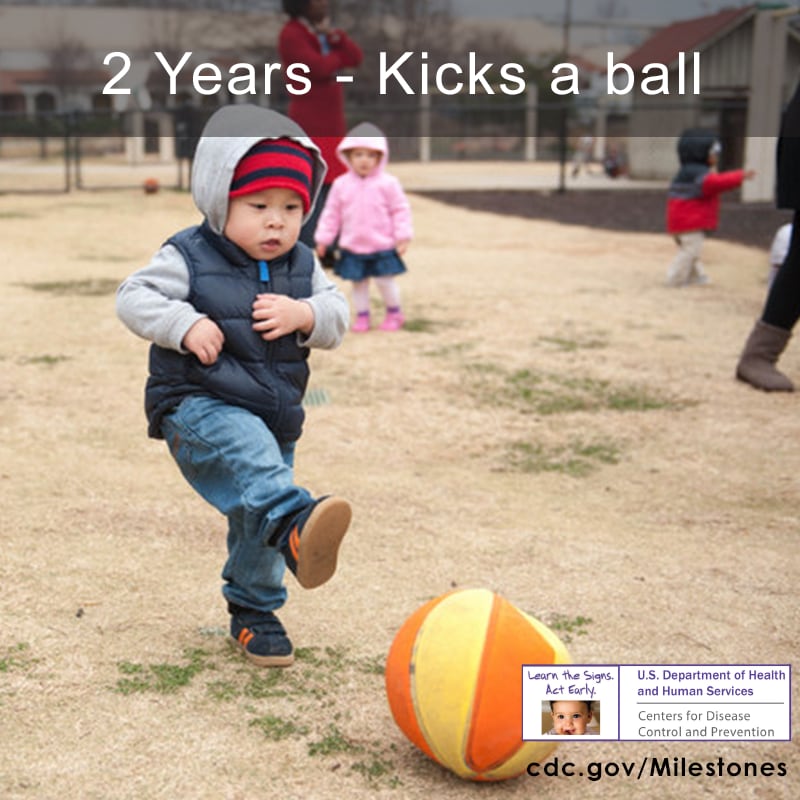
Walks (not climbs) up a few stairs with or without help
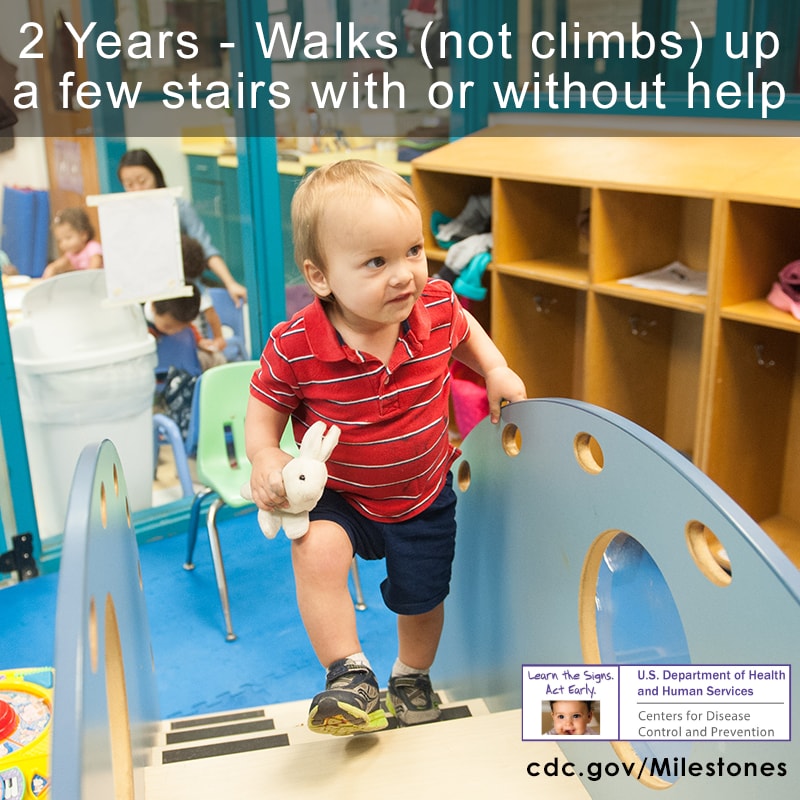
Eats with a spoon
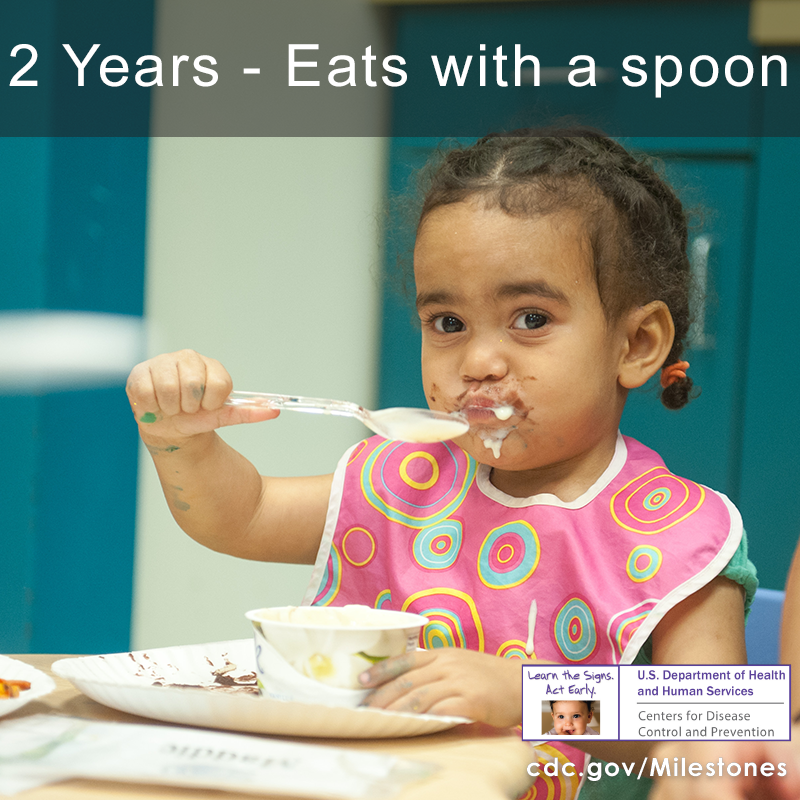
Other important things to share with the doctor…
- What are some things you and your baby do together?
- What are some things your baby likes to do?
- Is there anything your baby does or does not do that concerns you?
- Has your baby lost any skills he/she once had?
- Does your baby have any special healthcare needs or was he/she born prematurely?
Concerned About Your Child’s Development? Act Early.
You know your child best. Don’t wait. If your child is not meeting one or more milestones, has lost skills he or she once had, or you have other concerns, act early. Talk with your child’s doctor, share your concerns, and ask about developmental screening. The American Academy of Pediatrics recommends that children be screened for general development using standardized, validated tools at 9, 18, and 30 months and for autism at 18 and 24 months or whenever a parent or provider has a concern.
If you or the doctor are still concerned:
- Ask for a referral to a specialist who can evaluate your child more; and
- Call your state or territory’s early intervention program to find out if your child can get services to help. Learn more and find the number at cdc.gov/FindEI .
For more on how to help your child, visit cdc.gov/Concerned .
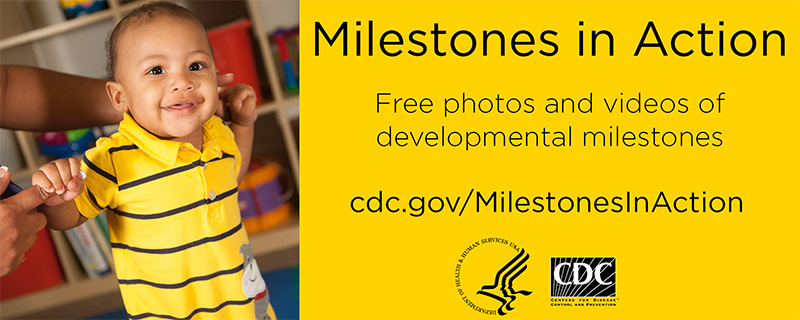
As your child’s first teacher, you can help his or her learning and brain development. Try these simple tips and activities in a safe way. Talk with your child’s doctor and teachers if you have questions or for more ideas on how to help your child’s development.
- Help your child learn how words sound, even if he can’t say them clearly yet. For example, if your child says, “or nana,” say “You want more banana.”
- Watch your child closely during playdates. Children this age play next to each other, but do not know how to share and solve problems. Show your child how to deal with conflicts by helping her share, take turns, and use words when possible.
- Have your child help you get ready for mealtime, by letting him carry things to the table, such as plastic cups or napkins. Thank your child for helping.
Click here for more tips and activities
- Give your child balls to kick, roll, and throw.
- Give toys that teach your child how to make things work and how to solve problems. For example, give her toys where she can push a button and something happens.
- Let your child play dress up with grown-up clothes, such as shoes, hats, and shirts. This helps him begin to pretend play.
- Allow your child to eat as much or as little as she wants at each meal. Toddlers don’t always eat the same amount or type of food each day. Your job is to offer her healthy foods and it’s your child’s job to decide if and how much she needs to eat.
- Have steady routines for sleeping and feeding. Create a calm, quiet bedtime for your child. Put on his pajamas, brush his teeth, and read 1 or 2 books to him. Children this age need 11 to 14 hours of sleep a day (including naps). Consistent sleep times make it easier.
- Ask your child’s doctor and/or teachers about toilet training to know if your child is ready to start. Most children are not able to toilet train until 2 to 3 years old. Starting too early can cause stress and setbacks, which can cause training to take longer.
- Use positive words when your child is being a good helper. Let him help with simple chores, such as putting toys or laundry in a basket.
- Play with your child outside, by playing “ready, set, go.” For example, pull your child back in a swing. Say “Ready, set….”, then wait and say “Go” when you push the swing.
- Let your child create simple art projects with you. Give your child crayons or put some finger paint on paper and let her explore by spreading it around and making dots. Hang it on the wall or refrigerator so your child can see it.
- Use positive words and give more attention to behaviors you want to see (“wanted behaviors”), than to those you don’t want to see. For example, say “Look how well you’re eating with your spoon.”
- Let your child play with sand toys or plastic containers, spoons, or a funnel in the tub or in a sandbox.
- Help your child do simple puzzles with shapes, colors, or animals. Name each piece when your child puts it in place.
- Encourage your child’s curiosity and help her learn and explore new things. Take her to the park, take walks, or go on a bus ride.
- Sing songs, such as “Head, Shoulders, Knees, and Toes,” to teach names of body parts. After singing it a few times, see if your child sings some of the words when you touch a body part and wait.
- Limit screen time (TV, tablets, phones, etc.) to no more than 1 hour a day of a children’s program with an adult present. Children learn by talking, playing, and interacting with others.
- Encourage your child to play with blocks. Take turns building towers and knocking them down.
- Ask your child to help you open the drawer when you put away clothes or open the door when you go outside.
Special acknowledgments to the subject matter experts and others who contributed to the review of data and selection of developmental milestones, especially Paul H. Lipkin, MD, Michelle M. Macias, MD, Julie F. Pajek, PhD, Judith S. Shaw, EdD, MPH, RN, Karnesha Slaughter, MPH, Jane K. Squires, PhD, Toni M. Whitaker, MD, Lisa D. Wiggins, PhD, and Jennifer M. Zubler, MD.
Sincere gratitude to Natalia Benza, MD and José O. Rodríguez, MD, MBA for their thoughtful review of the Spanish-language translation of these milestones.
- Developmental Disabilities
- Child Development
- Positive Parenting Tips
- National Center on Birth Defects and Developmental Disabilities
- Foods and Drinks for 6 to 24 Month Olds
Print Milestone Checklist

English [1 MB, 2 Pages, Print Only] Spanish [1 MB, 2 Pages, Print Only]
Order free materials
Exit Notification / Disclaimer Policy
- The Centers for Disease Control and Prevention (CDC) cannot attest to the accuracy of a non-federal website.
- Linking to a non-federal website does not constitute an endorsement by CDC or any of its employees of the sponsors or the information and products presented on the website.
- You will be subject to the destination website's privacy policy when you follow the link.
- CDC is not responsible for Section 508 compliance (accessibility) on other federal or private website.
- Skip to main content
- Skip to main navigation
- Skip to search
Advertisement
Your child at two years old: what to expect
You're well and truly into the toddler stage by now. You might be discovering the joys of tantrums and the 'terrible twos', but you'll probably also be finding that they're not nearly so terrible as people like to tell you (repeatedly) and in fact there's an awful lot to like about your funny, curious two-year-old and her tiny take on the world
By Mumsnet HQ | Last updated Apr 17, 2024

On an average day, she will probably still have a nap of around two hours (though some children drop theirs at this stage) and she'll sleep around 11 hours at night. That's what the text books reckon, anyway. If you're experiencing toddler sleep problems , perhaps your two-year-old didn't get the memo.
She'll probably be quite chatty by now, and will have plenty of her own opinions, which she'll want to share with you. Loudly. And repeatedly. (And if they're about poo, bottoms or personal comments about any part of your body, this will probably happen in the queue at Tesco's).
Her newfound physical skills enable her to start becoming independent. She might be able to take off her own clothes – and even put some on, too, and should be able to wash her hands, standing at a step stool to the sink, and dry them again with help.
Physical development at two years old
By two years of age both boys and girls are on average around 34 inches tall and weigh around 27-28lb.
She's much more physically confident now and will be running around the place, with very few falls. She can probably go up stairs one at a time using alternate feet and holding onto the bannister, rather than leading with only one foot and bringing the other one up to join it. She may well also be able to use a scooter , trike or even a balance bike , and whizz round the garden on it. This is the time when you look around in the park and realise she's halfway up the climbing frame above your head, and you had no idea she could reach the bottom rung.
Her fine motor skills are coming along nicely, too. She's showing new affinity for dealing with small objects, picking up tiny things with a masterful pincer grip, stacking lots of blocks together to make a tower, and starting to make distinctive marks with crayons and pencils, though she probably won't yet have a preference for using her left or right hand. As the year goes on she'll become even more adept at these skills.
How can I encourage my two-year-old’s physical development?
Two-year-olds need lots of opportunity for physical activity so try and get them outside every day, to the park or just for a good walk or a scooter ride.
To encourage fine motor skills, the best toys for 2-year-olds will include things that will strengthen her hands and wrists, ready for writing. Play Doh, and other squishy substances are great for exercising her fingers. To strengthen her wrists, try giving her a whisk in the bath to whisk up big piles of bubbles.
Cognitive development at two years old
Your two-year-old has a real understanding of the world now – not just of things like physical cause and effect but of concepts that are much harder to grasp, such as how someone might be feeling and how her actions can impact upon others.
She's also starting to develop 'real' friendships. They won't mean much yet, but she may start to show interest in particular children or even inform you that a certain child at nursery is 'my fren, Mummy' (aaawww!).
She can sort objects by category now, which might be cars from animals, small things from big things, or things of different colours, and she may even be able to name some colours accurately.
Concentration improves enormously, and you may begin to find it harder to drag her away from a game she is heavily involved in. Gone are the days when a toy would amuse her for just a few seconds. Now you might find you have to offer all sorts of bribes to get her to leave the house when she's engaged in the important business of building a farm or banging cars into the skirting boards.
What should I do about a two-year-old biter?
In spite of her new understanding of others' feelings, she's definitely got a way to go, so if she suddenly enters a phase of biting or pushing (hardly any parent escapes this completely) take a deep breath and remember this is pretty normal. Get down to her level, explain that little Tarquin is crying because you bit him and biting hurts, and give comfort to the other child. Whatever you do, don't be tempted to bite her back, no matter how gently. All that tells her is that really biting can't be too bad.
Will my toddler be jealous of a new baby?
If you insensitively choose this time to have another baby, she may be completely furious and insist it go back to the hospital straight away. Jealousy of a sibling is normal for a child who is suddenly displaced as top banana.
Do not expect her to do anything but hate the new baby and you may be pleasantly surprised. Having said that, do not leave them alone in a room together because your two-year-old's natural inclination is to torture her rival.
She is not evil or mean-spirited, she's a poor little two-year-old whose heart is momentarily broken. Make a fuss of her, downplay the baby and leave cooing until after your two year old's in bed.
Bedtime battles at two years old
Bedtime may become a battle of wills because she has enough sense now to object to being shunted off to bed to sleep while everyone else is having a fine old time downstairs. This battle lasts until adulthood, so be prepared to sit this one out!
How good should my two-year-old's speech be?
At the age of two, children are expected to know in the region of 50 words (don't worry, no one's expecting you to keep a list). That might sound like a lot when 90% of what she says is either 'no', 'why' or 'juice', but if you stop and think about it, she probably knows the names of lots of people, animals, foods, her best doll or teddy bear , and all the inbetweeny words – me, for, to, up – that you take a bit for granted. She's probably able to put together two or three words to form a sentence now, such as 'me want juice' or 'go to bed' (you can but dream) and is even able to hold a short conversation with you of around three sentences.
This is the age at which vocabulary and other speech skills become more measurable so it's the time at which certain issues, such as speech delay, might be picked up on and diagnosed. Certainly, if you've any concerns it's worth asking your health visitor or GP. A common problem that causes speech delay is an ear infection or other issue that affects hearing, and those things are often quickly solved so it's certainly worth getting them checked out.
What's not worth worrying about just yet is pronunciation, so if she still says 'w' for 'r' and talks about 'disonaurs' and 'deddy bears', you can relax and just marvel at her cuteness for a bit longer.
Play and activities at two years old
Children of this age play happily alongside each other but also are able to share a play space (and occasionally even share a toy!). Sharing doesn't come naturally quite yet, and they don't tend to grasp it fully until the age of five, so if you spot it make sure you lavish her with praise. And if you spot her snatching and growling instead, rest assured that's pretty normal. She's only just developing a real sense of having personal belongings of her own, so it's natural she's slightly possessive of something she perceives to be 'hers'. Learning letters and numbers are still a little way off yet, but she may start to recognise a two for her age or the first letter of her name.
What toys are good at two years old?
A set of wheels makes a great second birthday present, which she can use as she grows to improve balance, gross motor skills and strength. It's worth taking time to research the best balance bike , scooter or trike for your little one.
Activities that develop fine motor skills are also good for this stage – the best toddler toys include things like Play Doh, clay or chunky beads you can pick up with tweezers or thread onto string.
Role play toys, which she can play at 'in parallel' with a friend, such as a cars mat, dolls' house or play kitchen are good, too.
Developmental milestones at two years old
By the age of two, your child will probably be doing some of the following:
Taking off her own clothes
Building a tower of three or four building blocks
Naming some parts of the body, animals and colours
Washing her hands and brushing her teeth (with help)
She might also be able to:
Put on some of her own clothes
Speak clearly and be understood well by people who don't know her
Throw a ball overarm
Draw a vertical line and a circle
What else happens when my child is two years old?
There are a couple of 'progress reviews' which happen around this time, designed to reassure you that your child is on track and identify any potential problems early.
Two-year health check
Between two and two-and-a-half years your child will be invited to a two-year health check by your health visitor. You'll be sent an SQ3 questionnaire to fill in beforehand. Here are some of things that will be discussed at the appointment:
Development of movement, speech, hearing and vision
Development of social skills and behaviour
Growth, healthy eating and exercise
Managing behaviour and encouraging good sleeping habits
Tooth-brushing and going to the dentist
Ways to keep your child safe
Vaccinations – checking they are up to date and letting you know about any to come
Early Years Foundation Stage progress check
At some point when your child is two, her nursery keyworker, childminder or playgroup worker will complete an EYFS progress check to share with you. This is basically a report on how she's getting on and takes the form of a short, written summary of her abilities in key areas, highlighting her achievements and areas for improvement.
When can we start potty training?
Potty training tends to happen at some point between 18 months and three years of age. When you start depends on when your child is ready really. These are a few of the signs to look out for:
An interest in you going to the loo
Being aware they are going themselves
Talking about wees and poos
If you think now is the right time to get started, begin by investing in a potty that will hopefully pique her interest (perhaps with a favourite TV character on) and is nice and comfortable (to encourage her to stay on it. Leave it somewhere visible and maybe encourage her to sit on it before her bath each evening and see if she can manage a wee. Clap like you're watching Mo Farah in the 5,000 metres if she does produce one.
Once she's familiar with the potty and happy to use it you can really go for it. Most Mumsnetters agree that the best way is cold turkey. Just put the nappies away, clear a couple of days in the diary to stay at home and crack it – and have the Dettol to hand. If she's ready to potty train she should crack it within a few days. If not, just give it a break for a while and try again in a couple of months.
Mumsnetters say…
"If you have a naughty toddler, remember to pick your battles. Otherwise you'll be exhausted".
"When it comes to table manners, we tell ours not to throw food or cutlery, and no smearing food all over the table. This didn’t stop him from dipping a forkful of sausage pasta into his juice before eating it earlier. And then he drank the juice".
"Please go easy on yourself. I think at two years old, they understand a sanction for about five seconds but, like goldfish, forget it immediately afterwards. Just have faith in that it eventually starts to take effect".
"As for stopping them from being naughty, I find that distraction is the best technique – followed by removing the item he's being naughty with".

Printables for Busy Moms & Creative Kids
- Organization
Printable Activities for 2-year-olds
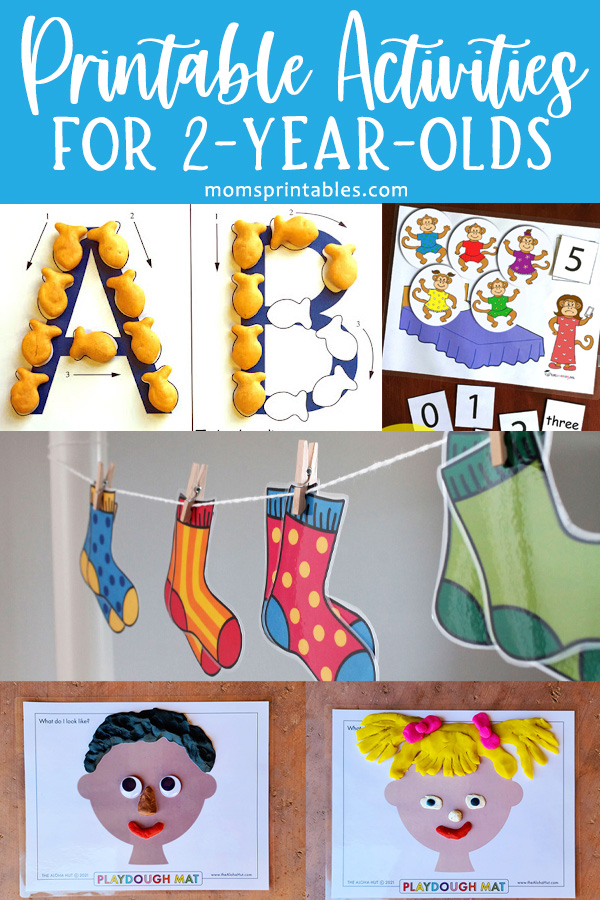
If you’re looking for printable activities for 2-year-olds , I’ve got a great list of resources for you here!
Many moms love to let their toddlers get creative with crafts, cutting, gluing, etc… and the great news is that there are plenty of free printable activities for 2-year-olds available online.
These activities for toddlers build a variety of skills. Any type of activity that you do alongside your toddler is great at helping them learn to communicate with you and express what they want to say. Talk to them about what they are looking at, what they are sorting/cutting/etc., and anything about their activity that will stimulate their brain to learn to respond and communicate with you.
This is such a rewarding time as you engage with your toddler and help him/her learn new things! Don’t worry about the times when you can’t be right next to your 2-year-old during his/her activity. They also need some time alone (supervised from a distance 😀) to learn how to stay busy and get creative all on their own. Then there’s the middle ground, where you could be cooking in the kitchen and have them next to you doing an activity – ask them what they’re doing and peek at their progress now and then.
Free Printable Activities for 2-year-olds
Keeping a 2-year-old busy with fun activities can be a full-time job 😄, so you’ll want to print out several of these activities to have on hand.
I like to keep a folder full of printables for when my 2-year-old wants to “do an activity.”
Many of them can be laminated to use again and again.
Ok, on to this amazing list of activities to keep those 2-year-olds busy! 😄
( Six Clever Sisters has 10 more great ideas HERE! )
Have you seen these toddler “scissors” that are self-opening and safe? Great for toddlers doing crafts!
Not ready to use these printables yet? PIN FOR LATER!
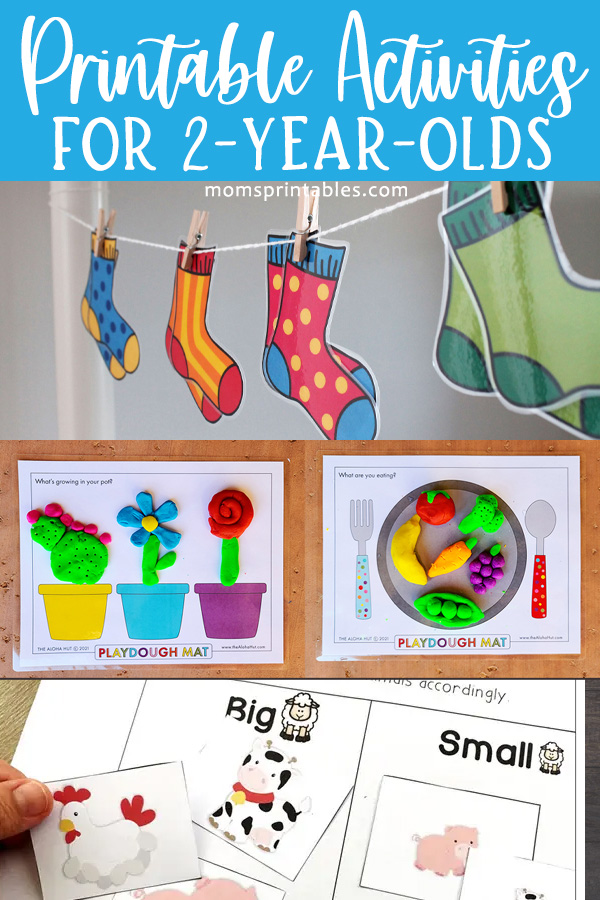
Check out THESE free printable letter recognition worksheets!
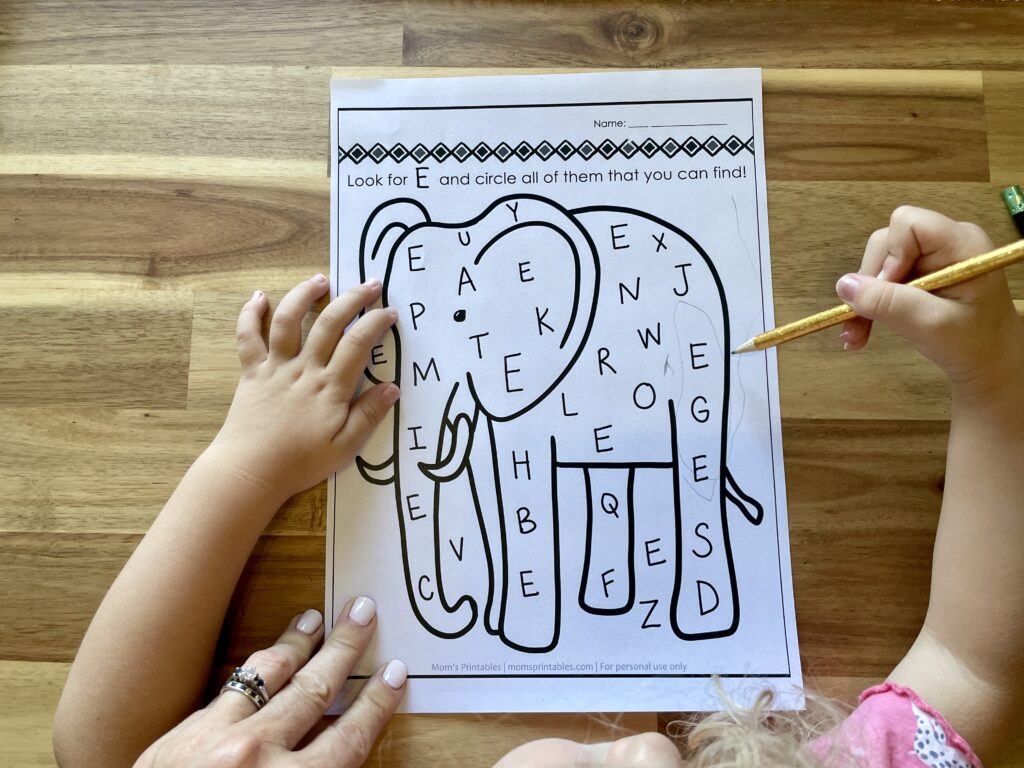
5 Free Printable PLAYDOUGH MATS
These playdough mats will inspire creativity in your toddler and keep them busy for a while!
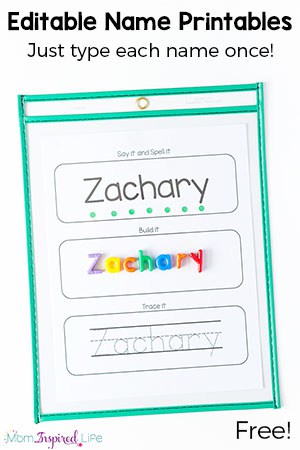
Free Editable Name Tracing Printable Worksheets
These are great for helping little ones learn the important skill of how to spell and write their name!
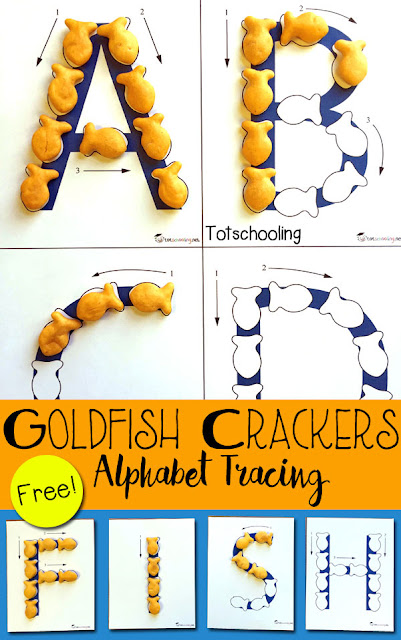
Goldfish Crackers Alphabet Tracing Pages
Let your kids play with their food and practice the alphabet at the same time with these free goldfish crackers activities to print!
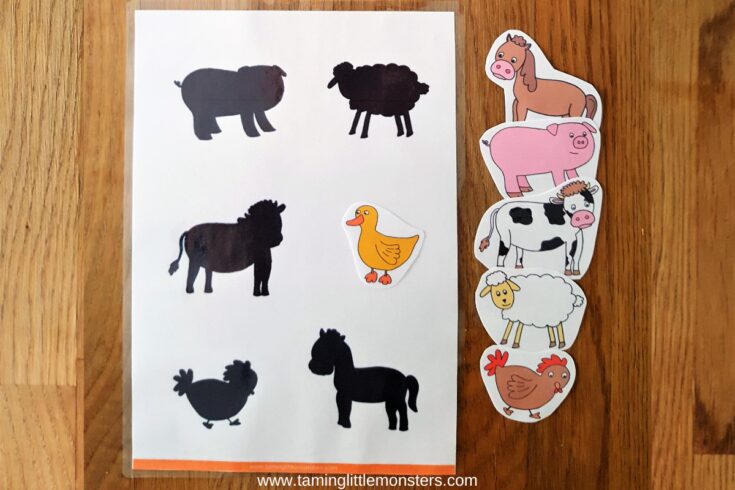
FREE Farm Animal Matching Game
Match the farm animal to its shadow! Make it fun by making animal noises when they get a match. 🙂
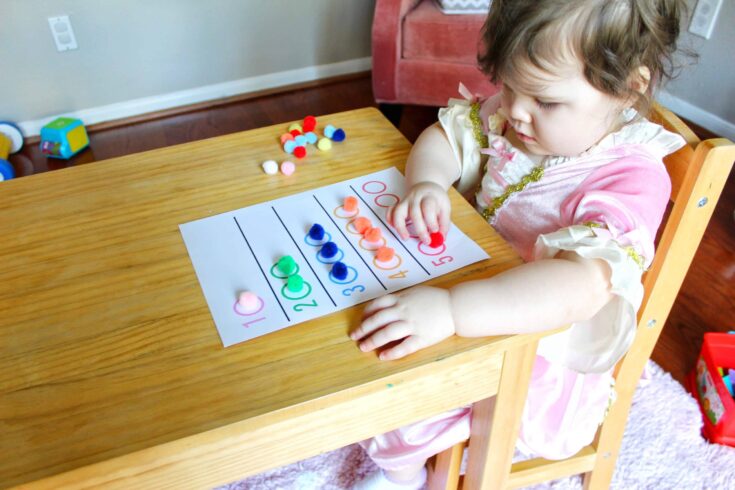
Color Matching + Counting Activity Printable
You can use this sheet over and over if you laminate it - and be creative by using playdough, pom-poms, crumpled paper, anything!
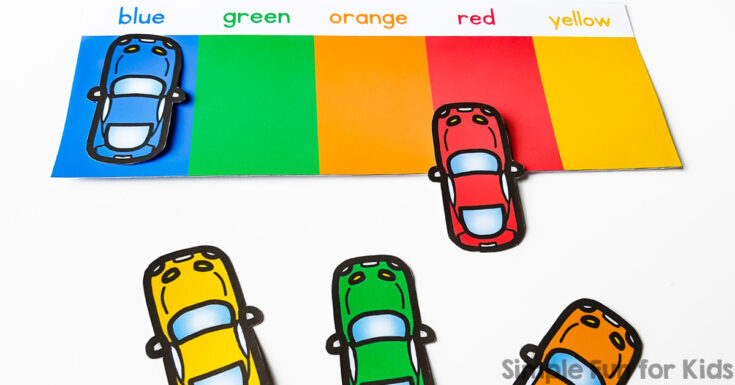
Color Matching Car Park
Printable colored parking spots and matching cars! You could use toy matchbox cars as well.
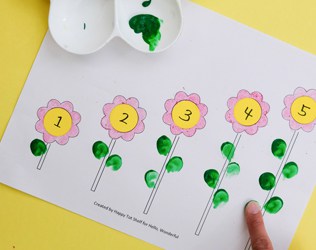
FLOWER LEARNING PRINTABLE
Your little one will color the flowers, add dot stickers matching the numbers, and add as many leaves as coordinates with the numbers!
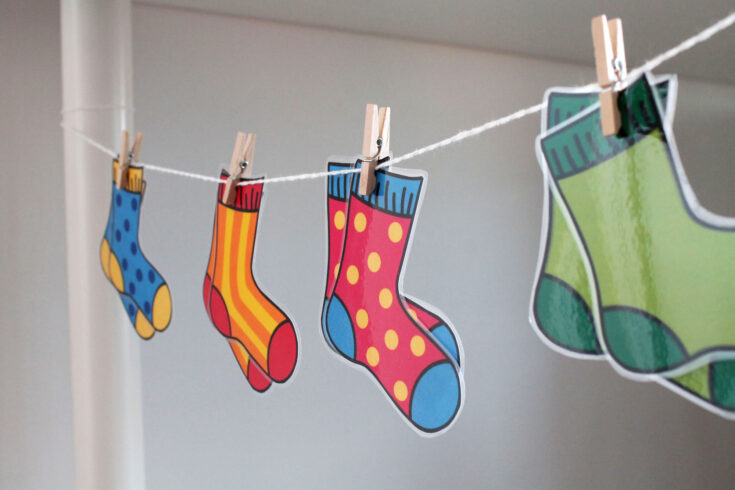
FREE Printable Matching Socks Game
A fun activity for your toddler is this matching socks game! It's extra fun when they have a clothesline and clothespins to put them on. 😉
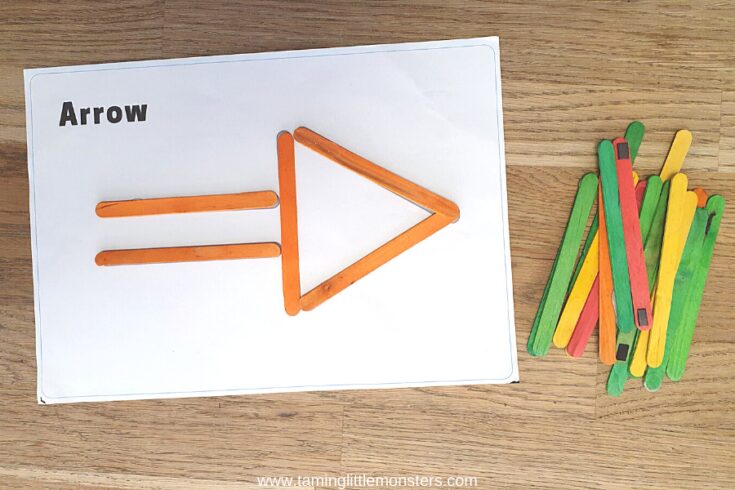
Free Craft Stick Shape Mats Printable
Make sure you have some craft sticks on hand for this fun activity! Print the shapes and have your toddler put the crafts sticks on the design as you talk to them about what this shape is.
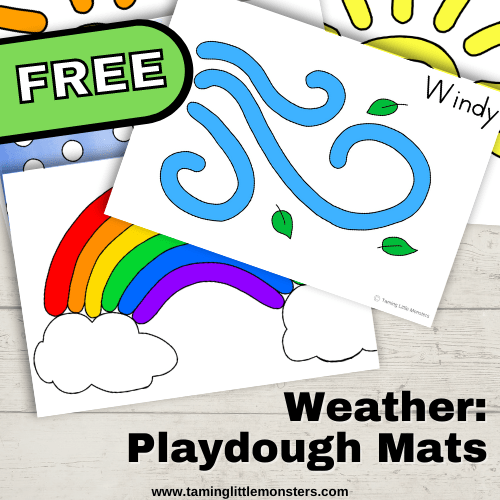
Weather Playdough Mats – Free Printable
Print and laminate these mats, then roll playdough into snakes and put on the mats like the design as you talk about the weather!
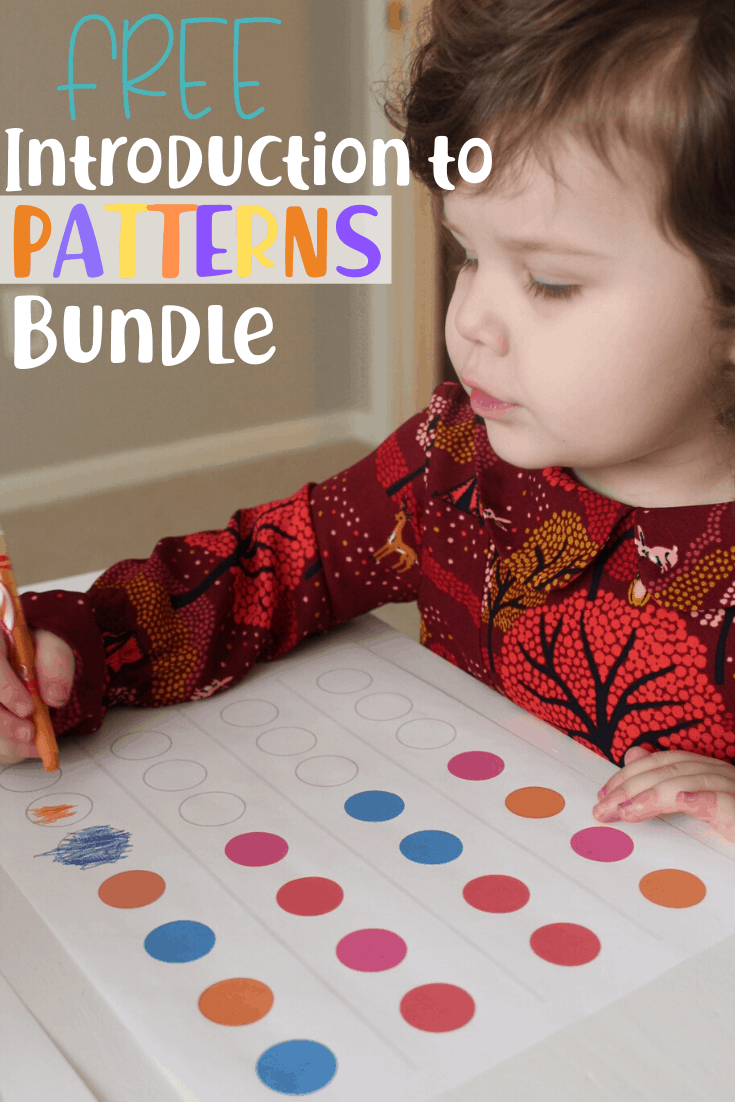
Introduction to Patterns Printable Activities
Introduce your 2-year-old to patterns with this free printable activity!
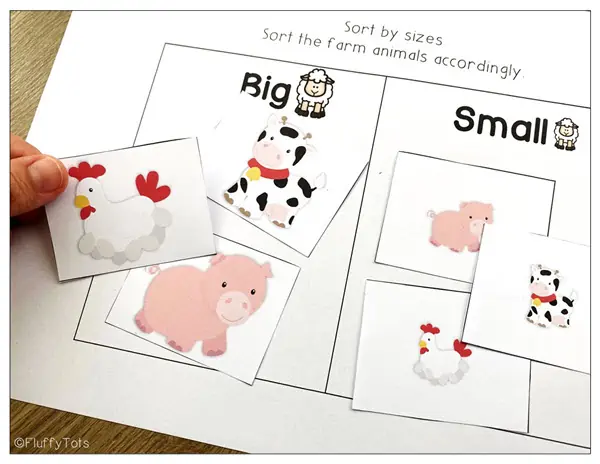
Farm Animals Sort by Size Printable
Help your 2-year-old spot the difference in size! They also learn to sort/organize with this free printable.
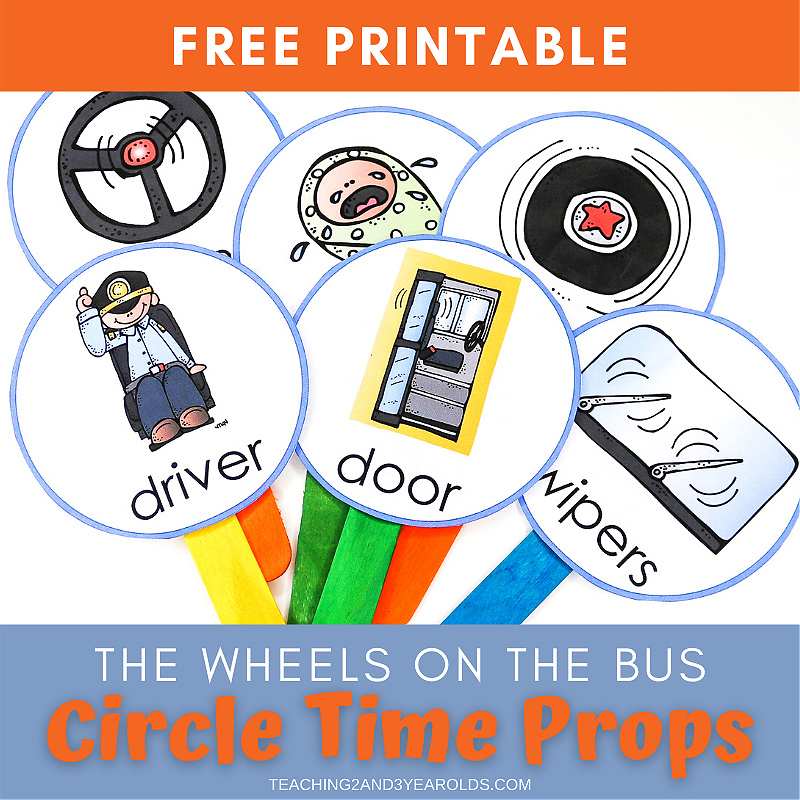
The Wheels on the Bus Printable Song Sticks
Sing "The Wheels on the Bus" with your toddler and help them learn to follow directions by watching for which sign you hold up! Alternatively, let them choose the verse and see if they sing the correct one according to the sign they choose. 🙂
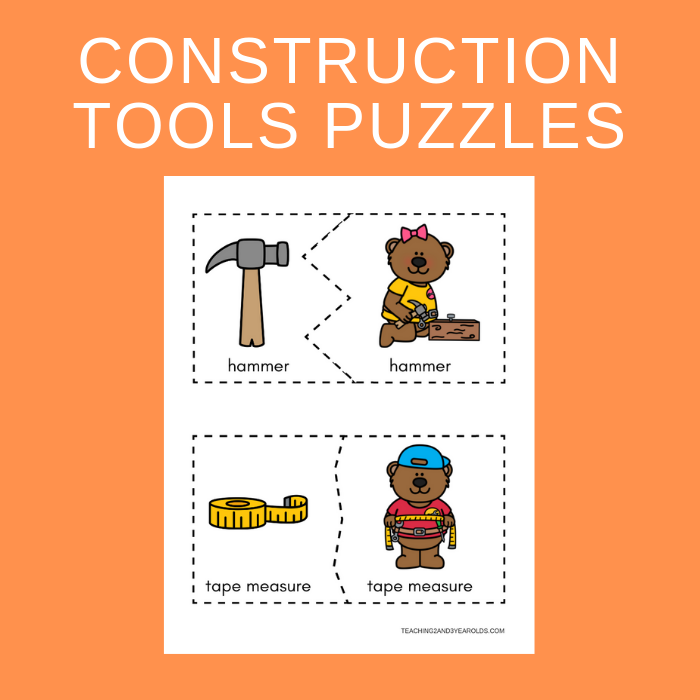
Free Construction Tools Matching Puzzles Printables
Use heavy paper or laminate these pages before cutting out the "puzzle pieces" so they can be used over and over again!
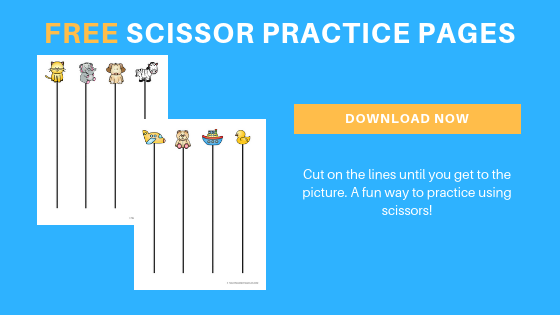
Free Scissor Practice Printables
Cut along the line until you reach the picture!
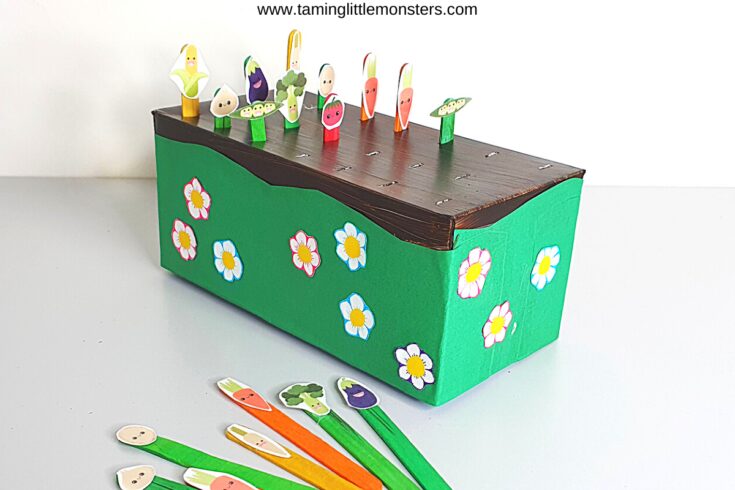
Vegetable Garden Fine Motor Activity and FREE Printable
Kids get to "plant" an adorable vegetable garden!
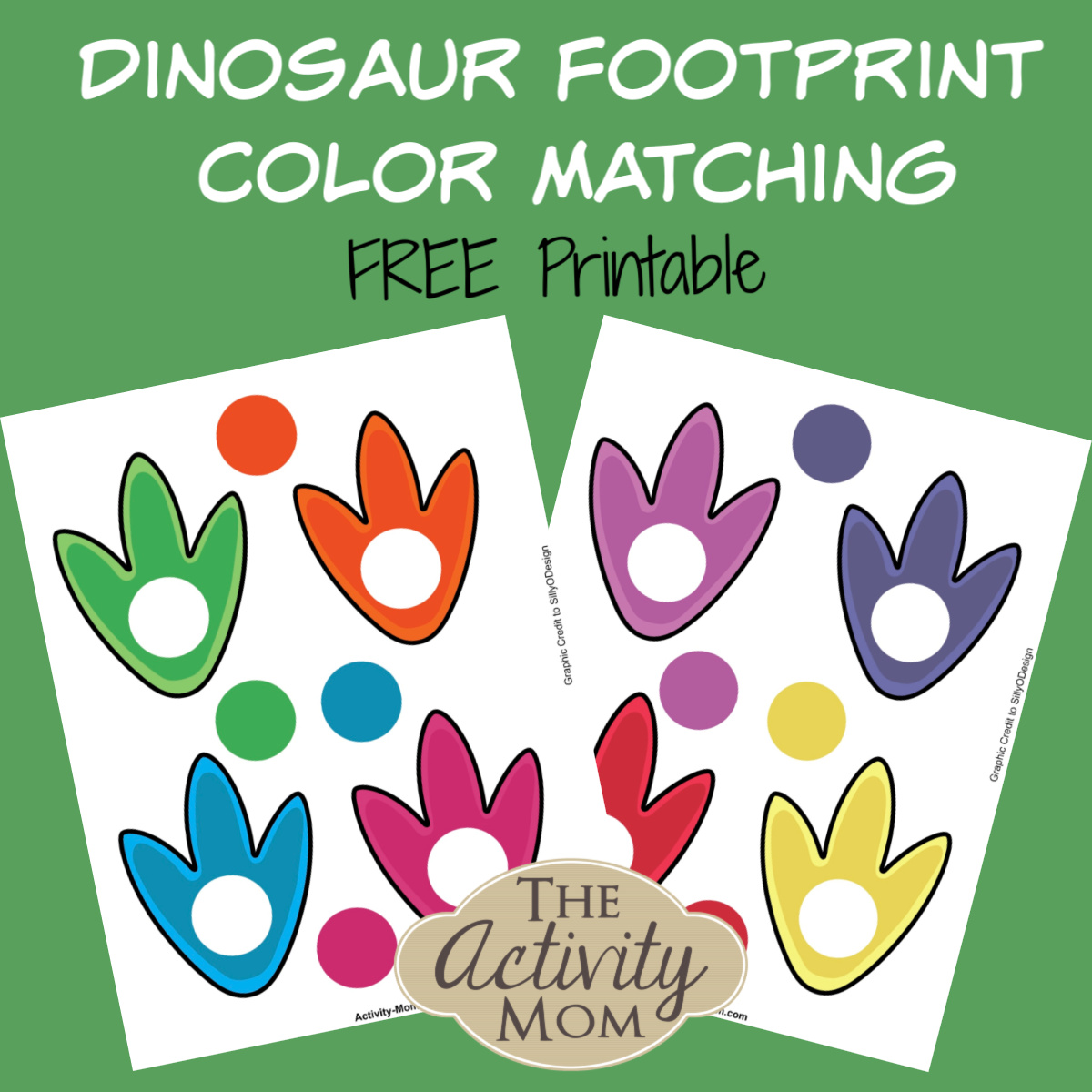
Free Printable Dinosaur Color Matching
This printable activity can be used in a variety of ways - simply match the colors, or add letters or numbers to the circles to match as well!
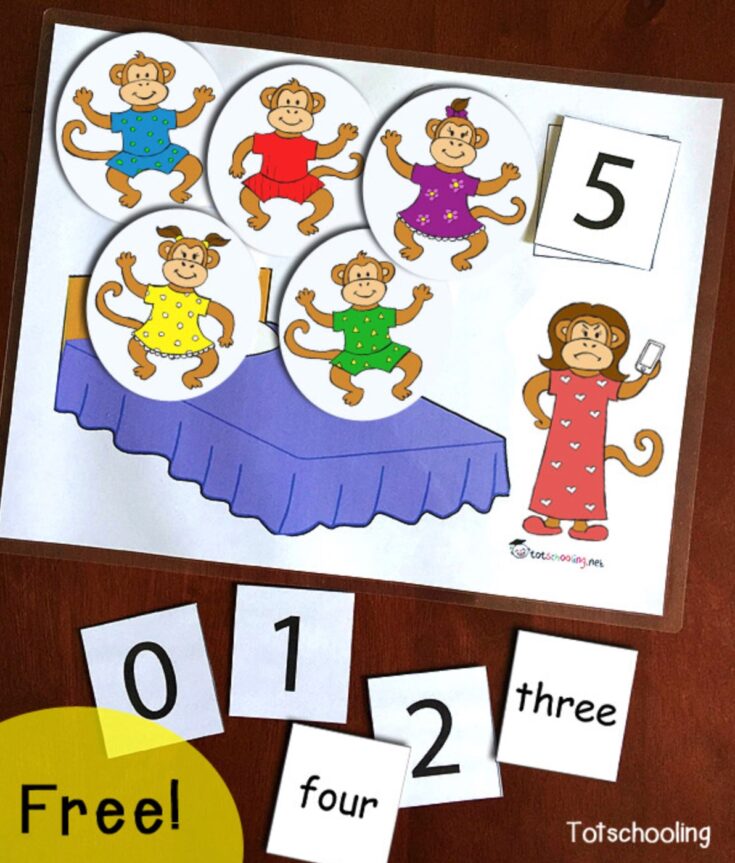
Five Little Monkeys Jumping on the Bed Printable Activity
Sing the song, removing a monkey and changing the number card as you go!
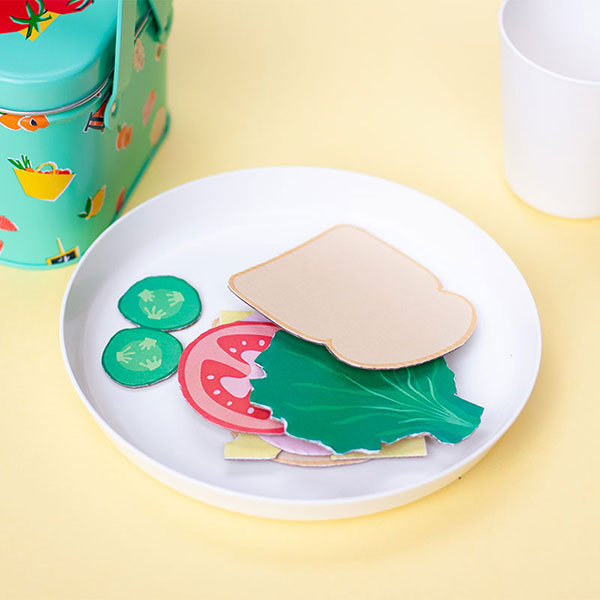
DIY Play Food Sandwich Printable
Play food sandwich printable - see if your 2-year-old can take orders and remember what people want on their sandwiches!
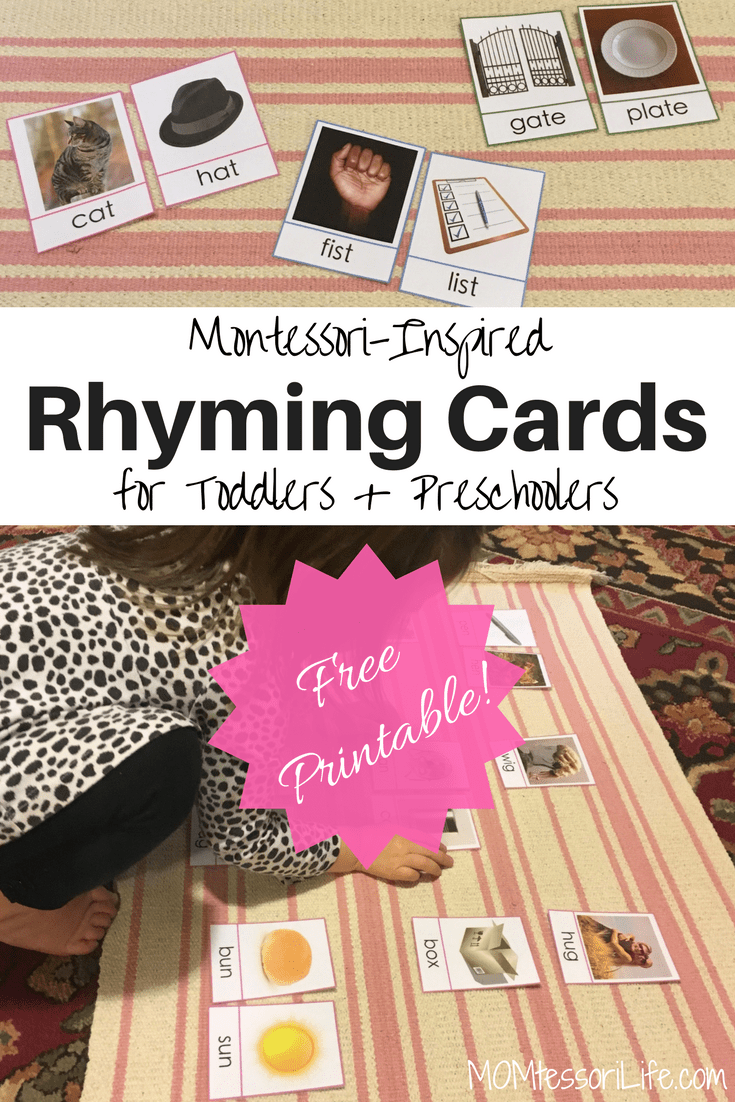
Free Printable Rhyming Cards
Place cards next to each other and say the words with your toddler and discuss if they rhyme or not.
:: PIN FOR LATER ::
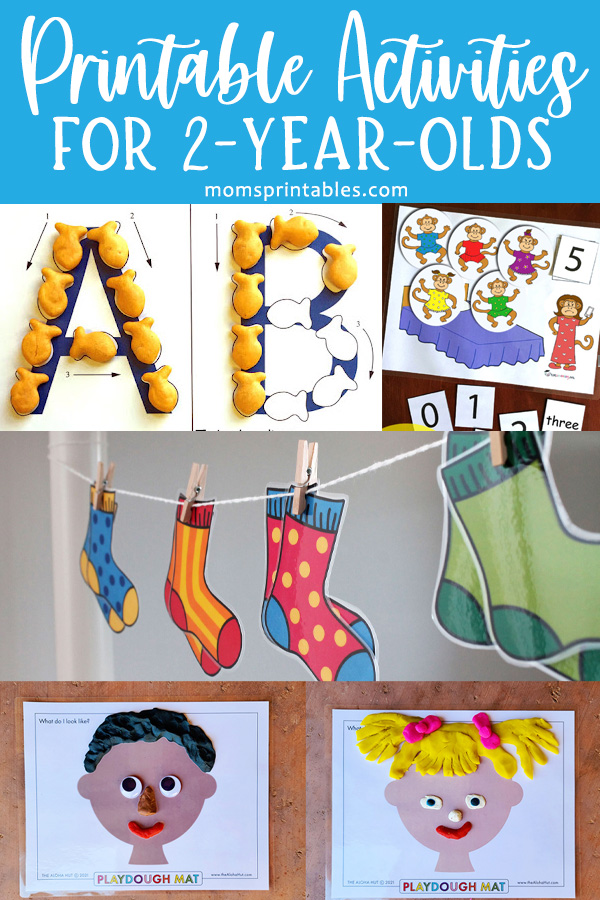
Your 2-year-old would probably be able to do some of these printable activities for 3-year-olds , too!
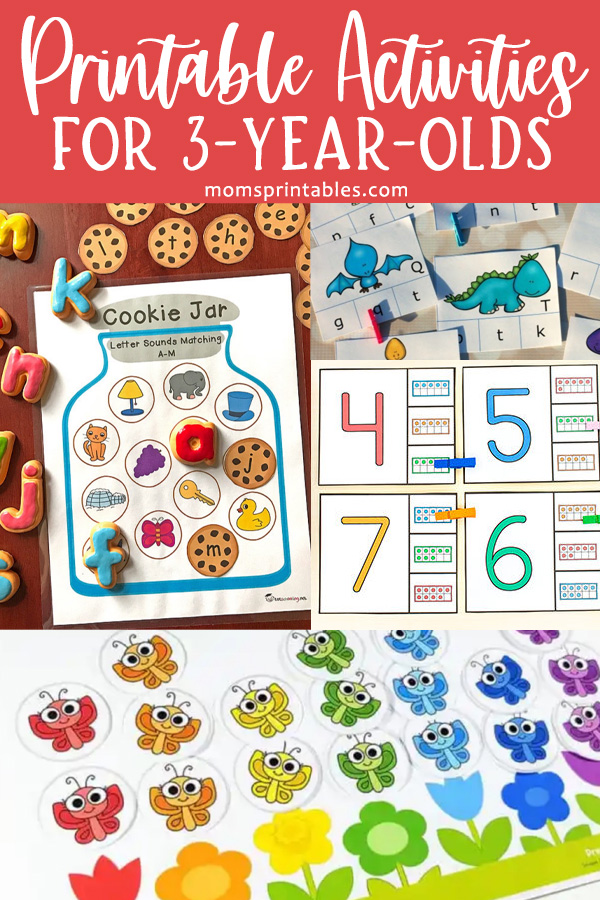
This printable I LOVE YOU card is a free download – let your toddler color it and give it to someone! 💗
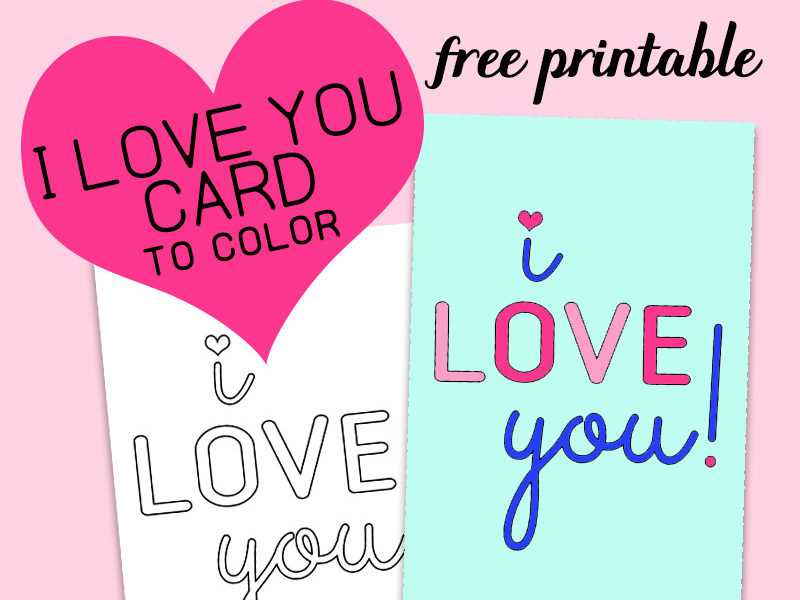
One Comment
Pingback: Letter Recognition Worksheets (A-Z FREE!) - Mom's Printables
Leave a Comment Cancel
Your email address will not be published. Required fields are marked *
Email Address *
Save my name, email, and website in this browser for the next time I comment.
Notify me of new posts by email.
I'm Rachel, and this is my daughter Chloe. We both love digital design, blogging, and crafting! We're glad you stopped by, and we hope you find plenty of helpful printables and craft ideas. Subscribe to our emails so you don't miss out on our newest freebies!
Recent Posts
- All About My Dad Printable
- Free Printable Build a Raccoon Craft for Kids
- Free Printable Build a Penguin Craft for Kids
- Note Matching Printable
- Free Music Worksheets
Discover more from Mom's Printables
Subscribe now to keep reading and get access to the full archive.
Type your email…
Continue reading

Creating a Successful 2 and 3 year old Preschool Classroom

Oh two year olds! The age of exploration and questioning the world! What a fabulous age to be. Everything is new, exciting and filled with adventure.
As a teacher, how are you supposed to encourage this mindset, yet at the same time teach these young explorers how to work together as a team, respect space and follow adult directions?
I know that you have heard the word "play" before. Play is the foundation for learning in every age! Simple, hands-on experiences teach language, social and academic skills, and it is simpler then you may think to incorporate this into a two year old room.
Here are 7 simple ways to support your classroom and your children's development:
1) Create a space that is safe, free-flowing and organized.
Sounds easy right? Well.... as you know, safe and free are two words that don't belong together in a toddlers vocabulary!
Your positioning of classroom materials, furniture and choice of decor will directly impact the behavior of your group.
Create a variety of spaces within the classroom that have their own purpose. Use furniture, carpets, small tables and rugs to define each space.
Examples of areas:
- Quiet Corners/Calming Area
- Animals/Living things/Science Area
- Dramatic Play Area
- Sensory Area
- Group Time/Large Motor Game Area
Be mindful of colors and materials that you use. Bright and flashy colors tend to bring out energy (and sometimes chaos). Instead, use earthy tones (greens, blues, browns, etc). This will create a calmer energy.
When decorating walls, it is okay to have some empty space! Think about your home. Do you have the entire wall covered with pictures, photos, posters, etc? Probably not! Think in this same way for your classroom. Too much to look at and too many items on the walls can create too much stimulation for young children, resulting in misbehavior.
2) Don't have too many materials out.
Too many materials mean chaos! Consider only placing four or five toys in each area of your classroom. Rotate them out every week so there are new items (this will spark excitement and focus).
When you place a material out, put it on a shelf or in a bucket that is not shared. This creates clear and concise boundaries for these materials - easily definable when it is time to put them away. Take a photo of that material and tape it to the shelf or bucket it belongs in. For toddlers, both visual and auditory cues are a must.
Example #1:
In the art area (always have an easel area readily available) -
Week 1: Crayons, paint, child-safe scissors and glue sticks.
Week 2: Dot paint, stickers, child-safe scissors and glue sticks.
Week 3: Markers, empty boxes, child-safe scissors and glue sticks.
Week 4: Scrap paper from the month,
Then rotate again!
Example #2:
In the block area -
Week 1: Wooden blocks, cars, plastic people/animals.
Week 2: See through blocks, cars, plastic people/animals.
Week 3: Magnetic blocks, cars, plastic people/dinosaurs
Week 4: Recycled materials (empty boxes, paper towel rolls, tissue boxes), cars, plastic people/dinosaurs
Here is a link to the ITERS (Infant/Toddler Environmental Rating Scale) and ECERS (Early Childhood Environmental Rating Scale) . Keep these guidelines in mind when setting up your classroom.
3) Prepare Activities that require minimal adult-direction.
When you create your plan for the day, make sure that you have activities that the children can do on their own, with you there for support.
Instead of "cutesy little crafts" that require long attention spans, self-direction and, let's face it - too much supervision, plan some activities that spark creativity, imagination and social/language development.
If you are going to have formal "center time activities" for two year-olds, provide materials that have open-ended "products". Instead, focus on the process.
For example:
Table 1 (following directions): Make Playdough together (Here is a great homemade playdough recipe). Have the children interested, sit near each other and take turns completing each step. Beforehand, create a visual board - make a visual recipe for the playdough. You can download and example here.
Table 2 (Sensory and Creativity): Playdough and child-safe scissors, Popsicle sticks, plastic animal.
Center 3 (Movement and Vocabulary): Large Movement games. Jumping to the shape! If indoors, use painters tape to create large shapes on the floor. Write the same shapes on a three by 5 card. Hold up one 3x5 card and ask the children to name that shape and jump to it! This also works for letters, number and taped pictures (pictures of items that relate to your current theme).
Here is a video of this activity completed by a three year old who is learning about space! Each letter is the a different letter a planet starts with. They are doing this activity outside, so they wrote the letters in sidewalk chalk instead of tape.
Our Pre-K YOUR Way Curriculum has been incorporated into many local classrooms as small and large group activities! Check out the details here!
Some Early Childhood Teachers and Homeschooling families have requested a sample daily schedule to plan out activities. I have created a plan for you. Feel free to modify it as necessary to fit the the unique needs to the children you are teaching. You can find this plan HERE.
4) Change the focus of your circle time.
Circle time isn't just about telling time, the weather, learning the calendar and such. Actually these topics are very advanced for most preschoolers, as they are abstract concepts.
Time, to a child, is what is happening next in their daily schedule - not what number corresponds to how light it is outside.
Circle time at this age is about group cooperation, taking turns, sharing space and following simple directions.
A group game is one of the simplest ways to teach children these concepts.
A successful circle routine:
- Welcome Song (that involves movement)
- Group Game (Also involves movement) like this one here!
- Short story! One that engages the children is best. Yoga ones have been so popular! Here is a link to some great ones!
- Job chart - Write each child's name on a Popsicle stick or piece of large paper that can be reused. While the children are sitting down, tell them that when you call their name, they are to get up, place their name on the photo of the job they would like to do that day - then line up or move on to the next activity you have in the day. It is okay if multiple children want to do the same job. This age is about teaching partnership, social skills and taking turns - so what better way to do that then to share a job with a friend?
Examples of toddler-approved jobs:
- Fish feeder
- Clean up helper
- Water plants/gardner
- Light helper (turn lights off)
- Greeter (greets all the children as they transition)
- Class counter (counts how many children are in the class as you move to transition)
- Lunch helper (helps get lunches on the table)
5) Schedule larger blocks of time for indoor and outdoor activities.
Create a day filled with large chunks of time. As you know, children aren't too fond of transitions! Leaving ample time to explore provides opportunities for building friendships, encourages imagination and creativity.
Recent studies state that children should spend at least 45 minutes in each free-play setting. But how are you supposed to get everything done and let them play for that long?
Here is an example of a morning schedule:
8:00 am - arrival/open play
8:45 am - greeting/morning circle
9:00 am - indoor free-play and centers
9:45am - clean up time
9:55 am - wash hands/bathroom
10:15 am - snack time
10:40 am - outside time
11:45 am - clean up time and transition song
12:00 pm - bathroom/wash hands
12:15 pm - lunch
12:40 pm - nap time
5) Create a calming space that provides hands-on and simple ways to support their emotional development.
If we teach children simple and effective coping strategies while they are young, they will be able to utilize those skills and strategies through their teenage and adult years.
Have you ever wondered why young children get so upset, acting out in a meltdown or tantrum?
You are not alone! According to Robert Plutchick, professor emeritus at the Albert Einstein College of Medicine, more than 90 different emotions have been identified!
Unfortunately, humans aren’t born knowing how to process their emotions or problem solve. Throughout your life, you learned what techniques help you calm down.
The same goes for children in a classroom. They are unsure how to manage and/or handle these emotions. There is a lot of expectations throughout the day (listen, share space, take turns, wait, stop, let's do this instead... etc).
Using a hands-on and simple sensory-supports will help children learn self-soothing methods and how to manage their own emotions.
We created a Soothing Sammy Kit for parents and preschool teachers. The children's book, along with Sammy the plush dog and parent/teacher guide, creates a complementary set of tools that every home (or classroom) with young children will appreciate.
Soothing Sammy Kit includes:
1. The "Soothing Sammy" children's story teaches different calm down strategies. In the book, children visit Sammy, at his dog house looking for help when they feel upset. Sammy teaches them how to calm down, identify why they were mad and encourage them to create a solution. Your child will learn:
- How to process e motions.
- How to communicate feelings.
- How to problem-solve.
- How to use their sensory system to calm down.
2. Sammy the Plush dog - Learn how to construct a "Sammy house" for Sammy, the plush toy dog (included) to live in. Sammy's house incorporates common household items talked about in the "Soothing Sammy" book. These items help children calm down when they are upset. This house helps children and families implement the calming strategies learned in the Sammy book. .
3. The activity guide discusses a variety of ways which you can incorporate Sammy's lessons into your everyday life, including:
- Sharing space and items with other children.
- Encouraging your child to listen.
- Helping your child express their feelings.
- Preventing your child from becoming frustrated.
- Transitioning to and from different activities.
- Following Directions.
4. Sammy Songs and Sammy Curriculum!

Here is more information on Soothing Sammy!
6) Have the classroom rules displayed in a way that is easy to understand and simple for children to refer to.
A daily schedule is a must! For children of this age, a visual schedule will go a long way! Take a picture of the children in your class completing each portion of your day and place the photos in order (within your daily schedule).
As children ask when mommy is coming - you can point to the picture that resembles that time. Point to the photos before and say "mommy will come after circle, snack and outside time"!
This will also help children understand what transition is coming next. They don't necessarily want to clean up, but if they know that snack or outside time is coming next - maybe they will change their mind!
Remember - children do best with auditory and visual cues when they are transitioning. Before each transition, give a five and two minute warning and use a clean up song on the CD or sing a clean up song when you are cleaning up!
7) Make sure their tummy's are full and they have plenty of rest time.
Make sure that you have bathroom time, snack time and rest time available throughout the day. :) Having children's basic needs met is the foundation to happy and pleasant behavior.
There you have it! The secret to a successful 2's classroom! Don't forget to include every parent in this journey. Consistency between home and school is a must. Send home a few photos of each child during the week. Write down some silly things they say and encourage parents to read a story with their child before they leave. Children will feel like their parent is just as excited to be at school and part of their day, even when they aren't there.

Related Products
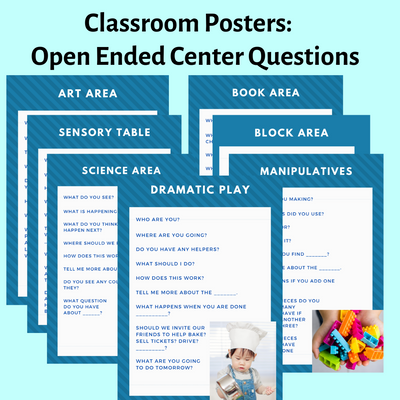
Classroom Posters: Open Ended Center Questions
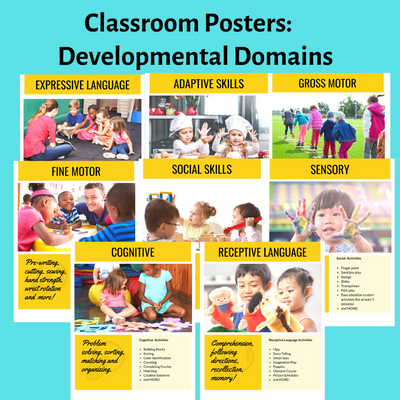
Classroom Posters: Developmental Areas
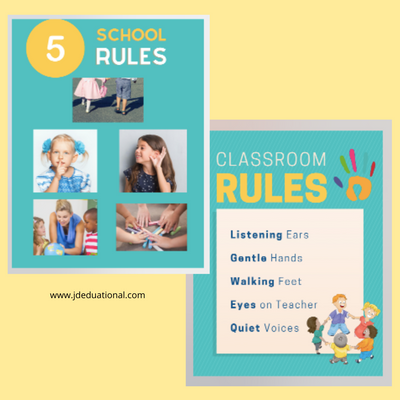
Preschool Classroom Rules
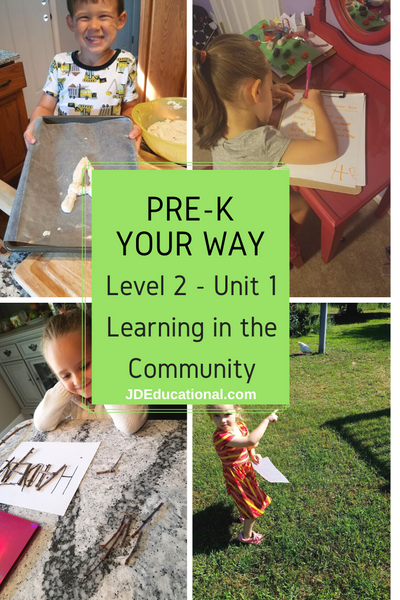
Level 2: Unit 1: Exploring My Community
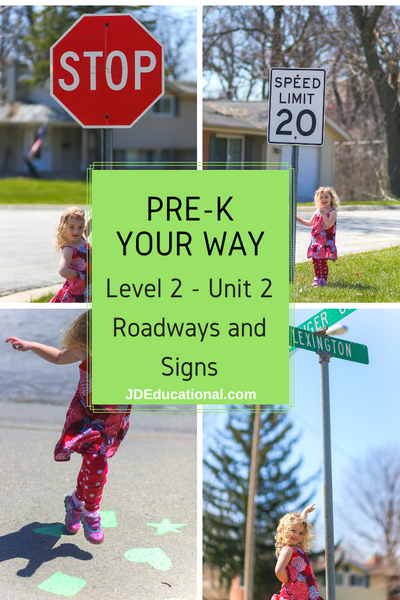
Level 2: Unit 2: Roads and Signs
Related articles.
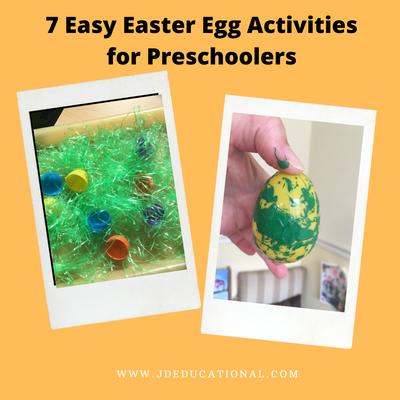
7 Easy Easter Egg Activities for Toddlers and Preschoolers

Simple activities to keep your Preschoolers ENTERTAINED while stuck inside all day.
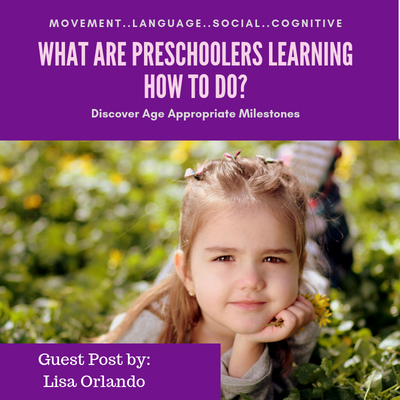
What Are Preschoolers Learning How To Do?
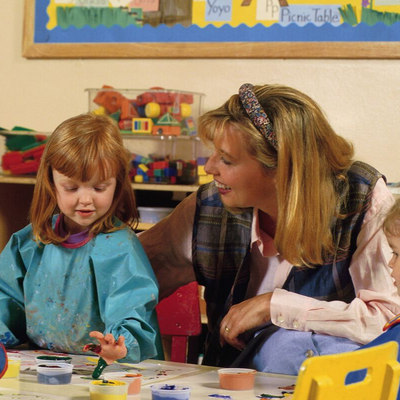
Why Preschool Teachers Teach
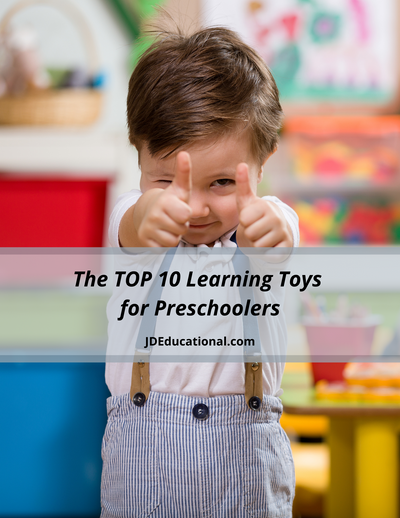
Top 10 Learning Toys for Preschoolers and Books
Leave a comment.
Please note, comments must be approved before they are published

100+ Free Toddler Printables

ST PATRICK'S DAY FOR TODDLERS


Yes, you can! However, a typical 2 year old is not in school yet, and the most important thing you can do for your child at this age is play with them. Play is learning for toddlers and preschoolers; don’t think it’s a waste of time.
Young kids learn best when playing and engaging in entertaining, fun activities. So, if you want to start homeschooling your 2 year old, I suggest to make it fun.
Related : 21 Important Things to Teach Your 2 Year Old
What Should My 2 Year Old Learn?
When deciding on a 2 year old homeschool curriculum, make sure it covers things that your child should learn at this age.
Here are some topics to focus on at this age.
- Basic shape recognition
- Color recognition
- Recognizing numbers 0-10
- Counting to 10
- Visual discrimination
- Sorting objects
- Listening to nursery rhymes
- Recognizing common animals and household objects
- Recognizing some letters
However, all kids are different. Some kids learn their letters faster than others, and that’s ok. If you do decide to embarking on homeschooling a 2 year old, then recognize it should be fun without any added pressure.
Should I Buy 2 Year Old Homeschool Curriculum?

When I was a new homeschooling parent, I wanted to buy all the things; it makes you feel like you’re truly embarking on this journey. However, that doesn’t mean you should buy a preschool curriculum for a 2 year old.
Chances are your 2 year old isn’t ready for a true curriculum yet. At this age, they need ample play time, outside time, and reading time with you.
Instead, I suggest you use learning resources – free and paid – to help your toddler learn. Create your own lesson plans instead of paying for something made for you – trust me, you have plenty of time in the future to buy curriculum.
Printables Are Your Friend!
Don’t forget about printables! The market for printables is HUGE, and resources like Teachers Pay Teachers provides you with all of the things you could want.
It’s important to remember that little kids really don’t need tons of worksheets. They learn through hands-on projects, sensory activities, and real life.
However, some printables are fun and stop you from having to buy an entire curriculum. Grab some printable toddler learning packets or fun prewriting worksheets for extra practice.
Consider the Peaceful Preschool
If you really want a two year old homeschool curriculum, I suggest looking at the Peaceful Preschool . It’s gentle, slow, and works for ages 2-6. You’ll get multiple years worth of use out of it, which is beneficial if you have several kids.
How to Make Lesson Plans for Homeschooling a 2 Year Old

In general, a 2 year old has pretty short attention span, and since you want the majority of their day exploring and playing, your lessons should take no more than an hour per day.
That’s not an hour straight!
Short lessons are key. Make sure your lessons are NEVER more than 10 minutes long. If you go to long, your child’s attention will drift, and they may not find sitting down with you fun anymore.
We always want to raise kids who love learning!
Here is a general outline you can use for a 2 year old homeschool curriculum.
- Calendar Time : Start by talking about the day of the week and weather outside. Kids love checking out the weather!
- Poetry : It’s important to include poetry and nursery rhymes in your homeschool plans for a 2 year old.
- 2-3 Read Aloud Books : It’s impossible to read too much to your child. Select 2-3 read aloud books per day and spread them throughout your learning day.
- 1-2 Letter Activities : I suggest using a letter of the week curriculum or something that gives you activities for each letter. Focus on 1 letter per week.
- 1 Math or Counting Activity : Shapes also is included in math since it’s a pre-cursor to geometry.
- 1 Pre-Writing Activity : This can be tracing, coloring, or anything!
You don’t need to do much more than this with your toddler. I suggest tossing in some art lessons, but those should be free art rather than arts and crafts. Arts and crafts don’t help your child learn how to be a better artist.
A Sample Day for Homeschooling a 2 Year Old
Are you wondering what this day might look like for your child? Remember, it’s short, so I suggest spreading the activities out throughout the day.
- Letter Learning Activity
- Outside Time!
- Lunch with Poetry & Reading a Story
- Counting Activity
- Pre-Writing Activity
- Outside Time
These activities only take 5 to 10 minutes, so it’s easy to sprinkle them throughout the abundant free play time toddlers need. Toddlers also need plenty of time outside, so don’t limit going outside.
Supplies Needed for Homeschooling 2 Year Olds

One good thing about this age is you really don’t need to get too many materials. You’ll need the basics like crayons – I’m LOVING the twistable crayons ! – colored pencils , construction paper , glue, and scissors.
Those are all pretty typical, but here are some suggestions for materials I always keep on hand.
- Wooden Letter Tiles : Kids learn with their hands much better than flashcards. I love having movable wooden letters for kids to explore. You can build words with these and use them as they learn how to blend as they get older.
- Foam Letters : We always have a set of foam letters in our bath tub. You can find other ways to use them, but the more exposure your kids have to letters, the quicker they retain them.
- Sandpaper Letters : Kinetic learners love sandpaper letters. It’s a great way for kids to learn how to proper shape and write the letters as a prewriting exercise.
- Magnet Tiles : You might not realize how educational magnet tiles really are, but these tiles help with early math and science skills.
- Shape Sorting Cube : Sorting shapes also is an early math skill for kids. Shapes are a precursor to geometry, a skill your kids will need at some point!
- Mother Goose Treasury : You need nursery rhymes to read to your kids, and trust me, toddlers love them. Read these regularly, and your child will get excited when he knows what comes next.
- Rainbow Counting Bears with Sorting Cups : These little bears are so useful. You’ll find a variety ways to use them like sorting them into colors, creating patterns, counting, and more.
- Sandpaper Numerals : Another sandpaper item toddlers love is sandpaper numbers. Show your kids how the numbers are shaped!
- Dot Markers : I use dot markers all the time. You can use them for counting and letter recognition activities.
It’s also a good idea to gather plenty of art materials for your homeschool. Some of my kids’ favorites include watercolor paints , soft pastels , and modeling clay . They love to shape and play with clay!
How to Keep Your 2 Year Old Homeschool Organized
No state requires parents to report homeschooling a two year old; most reporting doesn’t start until five or six years old. However, you still want to keep your activities organized.
Here are a few suggestions.
- Use a planner and write down the letter of the week at the top of each week.
- Jot down the activities you want to do that week. I suggest writing them out in a list rather than per day since you never know how each day will go.
- Cross out the activities as you finish them. Work week-by-week, so anything you don’t do one week moves to the next with you.
- Prepare the materials you need on Sunday, so you stay ahead of the game. Feeling ill-prepared is a joy killer for homeschoolers.
If you decide you want to homeschool your toddler, don’t stress out about buying a homeschool curriculum for 2 year olds. Short learning times created at home with ample hands-on learning and outside time is ideal for your little one for now!
Related posts:
- NAEYC Login
- Member Profile
- Hello Community
- Accreditation Portal
- Online Learning
- Online Store
Popular Searches: DAP ; Coping with COVID-19 ; E-books ; Anti-Bias Education ; Online Store
Good Toys for Young Children by Age and Stage
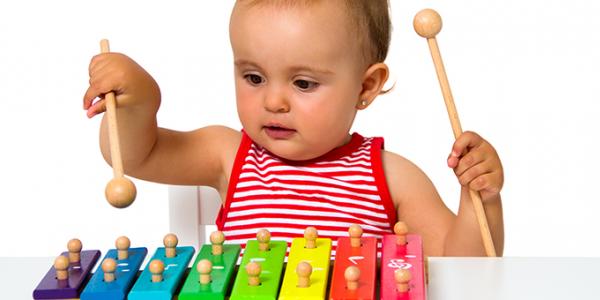
You are here
In addition to being safe (see Safety and children's toys below), good toys for young children need to match their stages of development and emerging abilities. Many safe and appropriate play materials are free items typically found at home. Cardboard boxes, plastic bowls and lids, collections of plastic bottle caps, and other “treasures” can be used in more than one way by children of different ages. As you read the following lists of suggested toys for children of different ages, keep in mind that each child develops at an individual pace. Items on one list—as long as they are safe—can be good choices for children who are younger and older than the suggested age range.
Toys for young infants—birth through 6 months
Babies like to look at people—following them with their eyes. Typically, they prefer faces and bright colors. Babies can reach, be fascinated with what their hands and feet can do, lift their heads, turn their heads toward sounds, put things in their mouths, and much more!
Good toys for young infants:
- Things they can reach for, hold, suck on, shake, make noise with—rattles, large rings, squeeze toys, teething toys, soft dolls, textured balls, and vinyl and board books
- Things to listen to—books with nursery rhymes and poems, and recordings of lullabies and simple songs
- Things to look at—pictures of faces hung so baby can see them and unbreakable mirrors
Toys for older infants—7 to 12 months
Older babies are movers—typically they go from rolling over and sitting, to scooting, bouncing, creeping, pulling themselves up, and standing. They understand their own names and other common words, can identify body parts, find hidden objects, and put things in and out of containers.
Good toys for older infants:
- Things to play pretend with—baby dolls, puppets, plastic and wood vehicles with wheels, and water toys
- Things to drop and take out—plastic bowls, large beads, balls, and nesting toys
- Things to build with—large soft blocks and wooden cubes
- Things to use their large muscles with—large balls, push and pull toys, and low, soft things to crawl over
Toys for 1-year-olds
One-year-olds are on the go! Typically they can walk steadily and even climb stairs. They enjoy stories, say their first words, and can play next to other children (but not yet with!). They like to experiment—but need adults to keep them safe.
Good toys for 1-year-olds:
- Board books with simple illustrations or photographs of real objects
- Recordings with songs, rhymes, simple stories, and pictures
- Things to create with—wide non-toxic, washable markers, crayons, and large paper
- Things to pretend with—toy phones, dolls and doll beds, baby carriages and strollers, dress-up accessories (scarves, purses), puppets, stuffed toys, plastic animals, and plastic and wood “realistic” vehicles
- Things to build with—cardboard and wood blocks (can be smaller than those used by infants—2 to 4 inches)
- Things for using their large and small muscles—puzzles, large pegboards, toys with parts that do things (dials, switches, knobs, lids), and large and small balls
Toys for 2-year-olds (toddlers)
Toddlers are rapidly learning language and have some sense of danger. Nevertheless they do a lot of physical “testing”: jumping from heights, climbing, hanging by their arms, rolling, and rough-and-tumble play. They have good control of their hands and fingers and like to do things with small objects.
Good toys for 2-year-olds:
- Things for solving problems—wood puzzles (with 4 to 12 pieces), blocks that snap together, objects to sort (by size, shape, color, smell), and things with hooks, buttons, buckles, and snaps
- Things for pretending and building—blocks, smaller (and sturdy) transportation toys, construction sets, child-sized furniture (kitchen sets, chairs, play food), dress-up clothes, dolls with accessories, puppets, and sand and water play toys
- Things to create with—large non-toxic, washable crayons and markers, large paintbrushes and fingerpaint, large paper for drawing and painting, colored construction paper, toddler-sized scissors with blunt tips, chalkboard and large chalk, and rhythm instruments
- Picture books with more details than books for younger children
- CD and DVD players with a variety of music (of course, phonograph players and cassette recorders work too!)
- Things for using their large and small muscles—large and small balls for kicking and throwing, ride-on equipment (but probably not tricycles until children are 3), tunnels, low climbers with soft material underneath, and pounding and hammering toys
Toys for 3- to 6-year-olds (preschoolers and kindergarteners)
Preschoolers and kindergartners have longer attention spans than toddlers. Typically they talk a lot and ask a lot of questions. They like to experiment with things and with their still-emerging physical skills. They like to play with friends—and don’t like to lose! They can take turns—and sharing one toy by two or more children is often possible for older preschoolers and kindergarteners.
Good toys for 3- to 6-year-olds:
- Things for solving problems—puzzles (with 12 to 20+ pieces), blocks that snap together, collections and other smaller objects to sort by length, width, height, shape, color, smell, quantity, and other features—collections of plastic bottle caps, plastic bowls and lids, keys, shells, counting bears, small colored blocks
- Things for pretending and building—many blocks for building complex structures, transportation toys, construction sets, child-sized furniture (“apartment” sets, play food), dress-up clothes, dolls with accessories, puppets and simple puppet theaters, and sand and water play toys
- Things to create with—large and small crayons and markers, large and small paintbrushes and fingerpaint, large and small paper for drawing and painting, colored construction paper, preschooler-sized scissors, chalkboard and large and small chalk, modeling clay and playdough, modeling tools, paste, paper and cloth scraps for collage, and instruments—rhythm instruments and keyboards, xylophones, maracas, and tambourines
- Picture books with even more words and more detailed pictures than toddler books
- Things for using their large and small muscles—large and small balls for kicking and throwing/catching, ride-on equipment including tricycles, tunnels, taller climbers with soft material underneath, wagons and wheelbarrows, plastic bats and balls, plastic bowling pins, targets and things to throw at them, and a workbench with a vise, hammer, nails, and saw
- If a child has access to a computer: programs that are interactive (the child can do something) and that children can understand (the software uses graphics and spoken instruction, not just print), children can control the software’s pace and path, and children have opportunities to explore a variety of concepts on several levels
Safety and children's toys
Safe toys for young children are well-made (with no sharp parts or splinters and do not pinch); painted with nontoxic, lead-free paint; shatter-proof; and easily cleaned.
Electric toys should be "UL Approved." Be sure to check the label, which should indicate that the toy has been approved by the Underwriters Laboratories. In addition, when choosing toys for children under age 3, make sure there are no small parts or pieces that could become lodged in a child’s throat and cause suffocation.
It is important to remember that typical wear and tear can result in a once safe toy becoming hazardous. Adults should check toys frequently to make sure they are in good repair. For a list of toys that have been recalled by manufacturers, visit the Consumer Product Safety Commission website.

Writing Activities for 2-year-olds that are Safe and Helpful
by Jaimi Erickson | Nov 15, 2023 | activities | 0 comments
Writing activities for 2-year-olds will not look like preschool writing practice, or even kindergarten prep writing. Writing activities for 2-year-olds are unique fine motor activities that help toddlers feel empowered to learn. They learn to write and are encouraged through the process. But, not all writing activities are appropriate for toddlers. Let’s cover some simple ways you can help a toddler learn to write.
Toddlers are in a unique stage. They often make us think they want to be big kids, but are still so much baby inside. If your 2-year-old has an older sibling, you may have heard some requests for bigger kid learning activities.
It is fun to help your toddler explore learning. But, keep these safety tips in mind. I hope they will calm your stress about what age is appropriate for toddlers to learn writing skills.
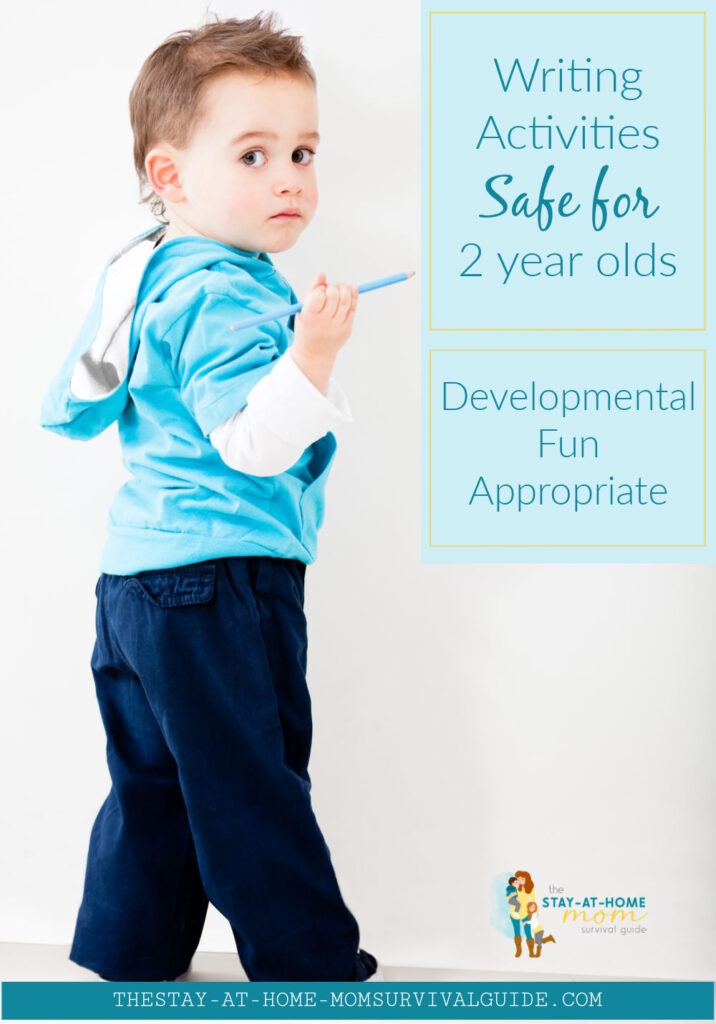
Teaching writing activities for 2-year-olds
Sitting your toddler at the table and having them trace letters is not the best way to approach writing for their age group. Toddlers need open-ended learning activities.
If you are using a Toddler Activity Curriculum , writing activities will look a little bit different than tracing letters in a handwriting notebook.
First, toddlers need to see letters, shapes, and numbers before being asked to write them. Part of being able to make a mark of a letter or number on a piece of paper is knowing what letters are and being able to name them.
We start our approach to writing activities for 2-year-olds with open-ended coloring activities. These writing activities for toddlers are an example of that.
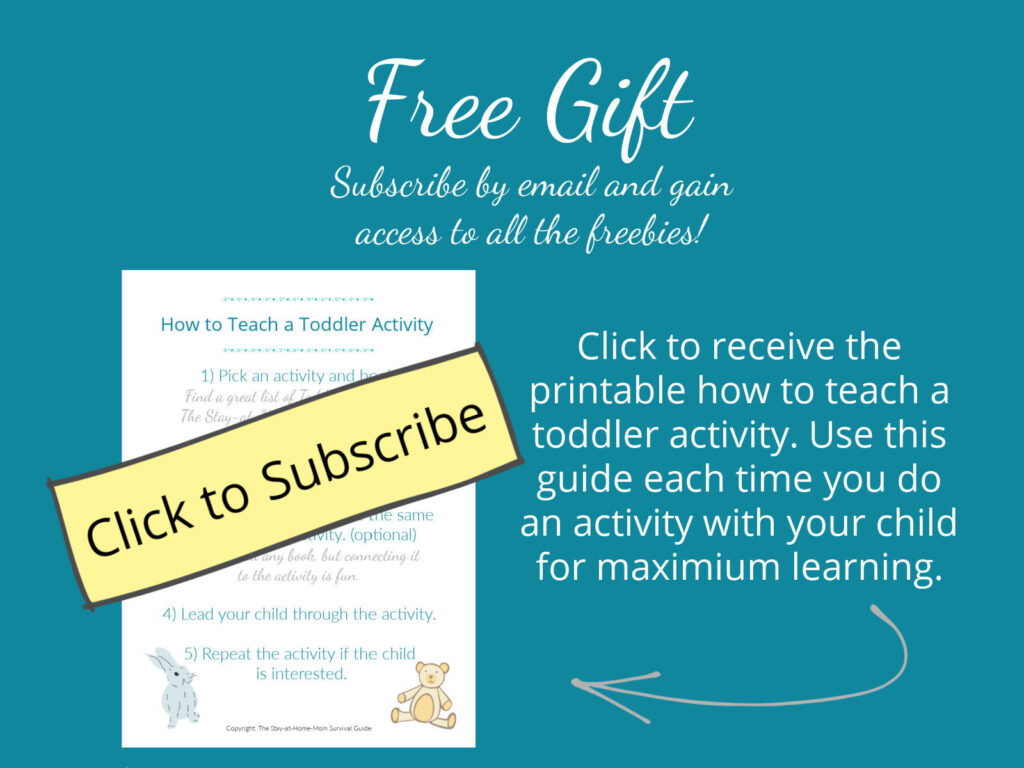
I use similar activities in the Toddler Play and Grow Activity Guide which is my toddler curriculum program. You will keep your toddler engaged in learning that will prepare them for preschool.
Any hand activity is a pre-writing activity. Placing blocks into sorting bags, coloring a basic picture, picking up cotton balls to work on their pincer grasp will all support your 2 year old’s fine motor skills.
Writing activities for 2-year-olds are really more than just putting a pencil to paper. Rest assured, your toddler is learning pre-writing skills by building, exploring the ABC song, learning to spell their name, and identifying shapes and letters. Those activities all work together to create connections in the brain that help a child write well.

Toddler Play and Grow Activity Guide
To get the guide for teaching your toddler at home, get Toddler Play and Grow. It is a toddler curriculum packed with lesson plans, supply lists, and book recommendations. Each activity will prepare your toddler for preschool learning at home.
It is quality time together that matters the most.
What interest has your toddler shown in writing and coloring? What are their favorite activities?
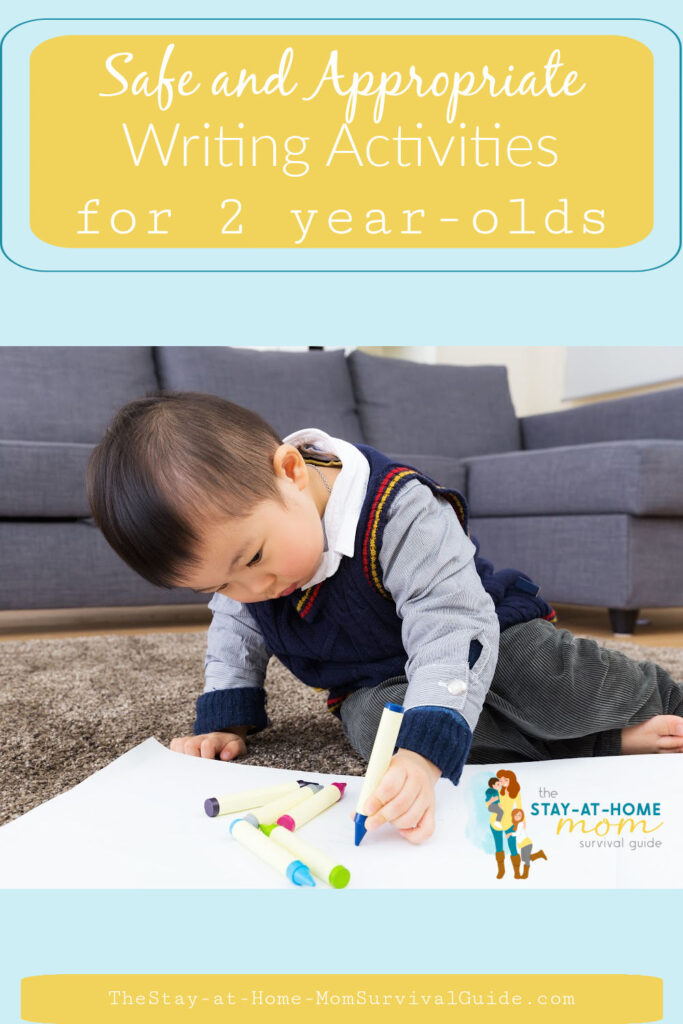
Follow the SAHM Survival Guide:
Subscribe by email to receive weekly updates and free access to subscriber-only tips and tools. You can also join me over on Youtube , Facebook , Instagram , Pinterest , X , LinkedIn , or our private Facebook group .
You may also like
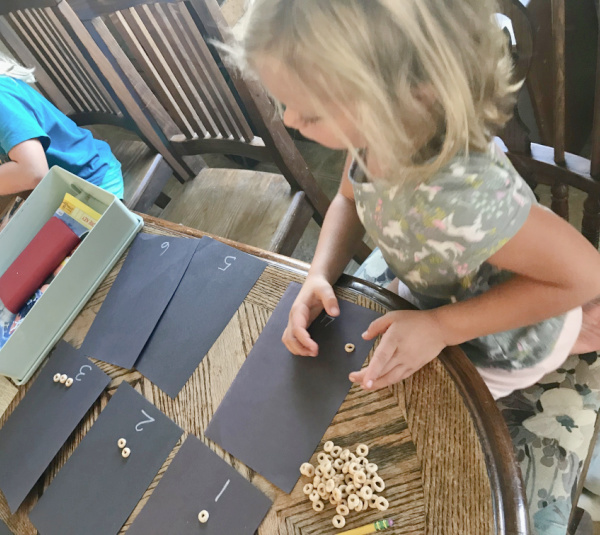
Cheerio Counting: How to Use Up Black Construction Paper
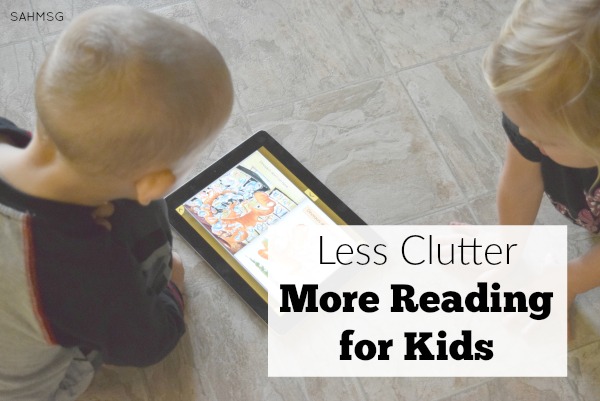
Less Book Clutter, More Reading for Kids with Skybrary
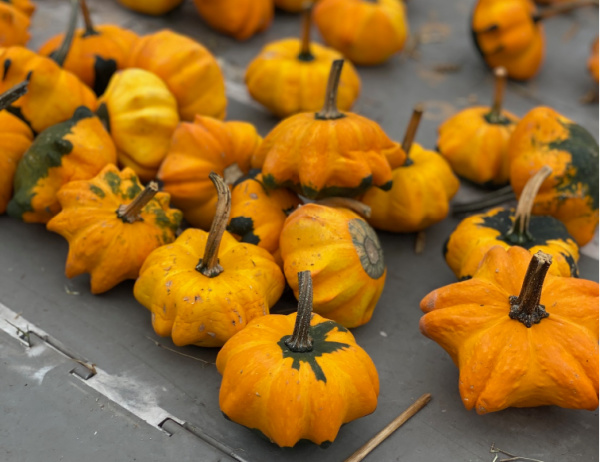
Fall Preschool Activities
Trackbacks/Pingbacks
- Help Children Love to Read with these 5 Unique Tips - […] Writing goes hand in hand with reading! Don’t miss these 2 year old writing activities. […]
- Rainy Day Activities for Preschoolers - […] For more ideas, see this list of 2 year old writing activities. […]
Submit a Comment Cancel reply
Your email address will not be published. Required fields are marked *
Notify me of follow-up comments by email.
Notify me of new posts by email.
Notify me of followup comments via e-mail. You can also subscribe without commenting.
This site uses Akismet to reduce spam. Learn how your comment data is processed .
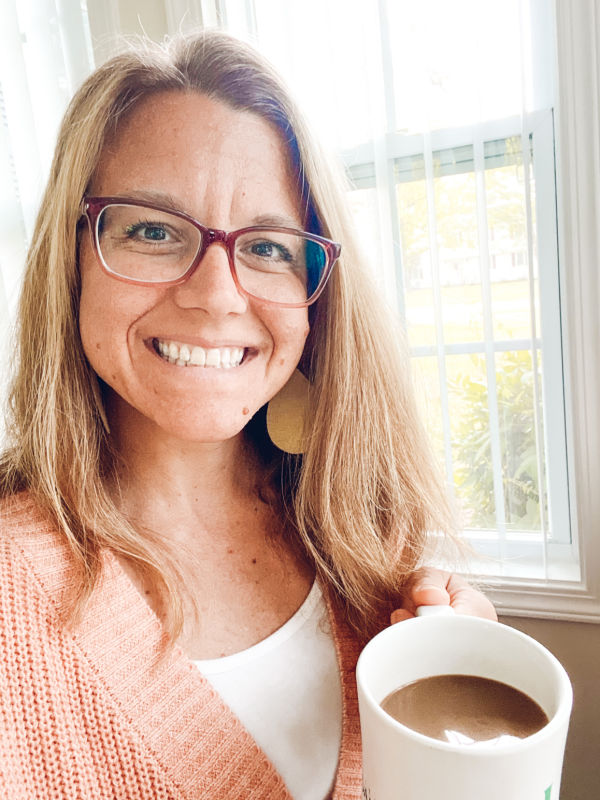
Hi, I'm Jaimi!
Hi there! Welcome to my little corner of the internet. My name is Jaimi, and I am a mom who loves to encourage other mothers in the season of raising children, making a home, and staying focused on the end goals of motherhood.
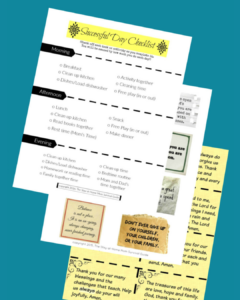
Recent Posts
- Teaching the Days of the Week Activities
- Balancing Life as a Stay-at-Home Mom While Pursuing Your Studies
- Counting and Writing Numbers for Kindergarten or Preschool
- Mom’s Protective Partner: Navigating the BAM Violin Case Selection
- 3 Simple Ways to Keep Your Kids Busy at Home
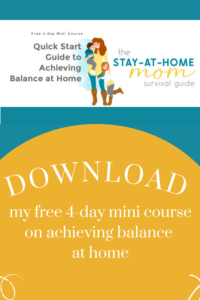
Popular Topics

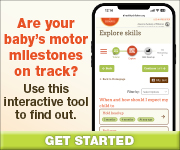
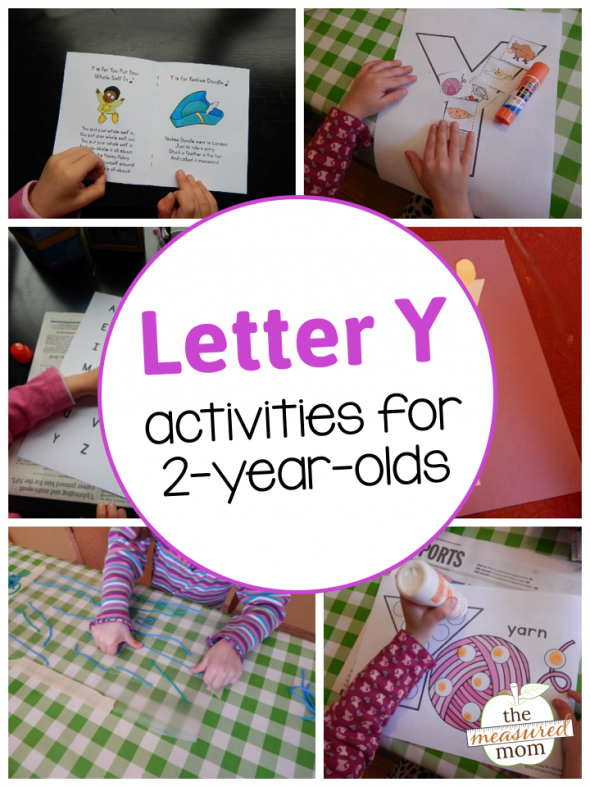

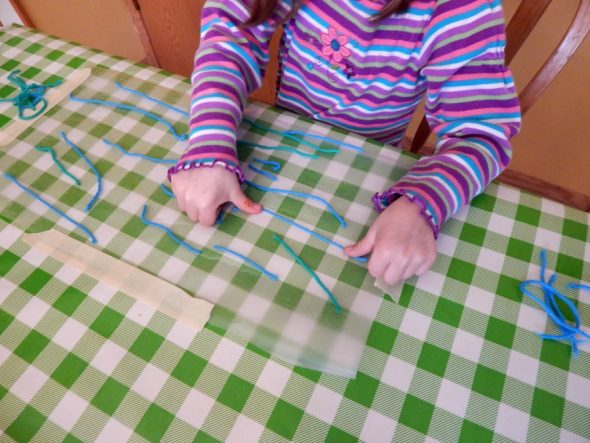
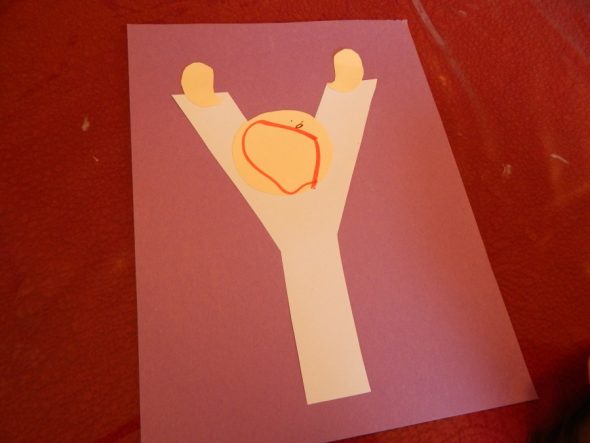
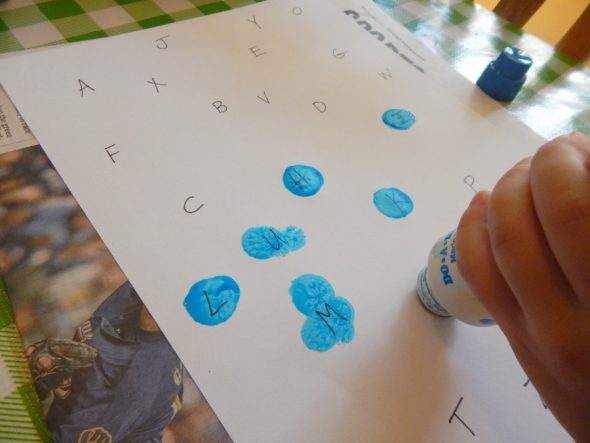


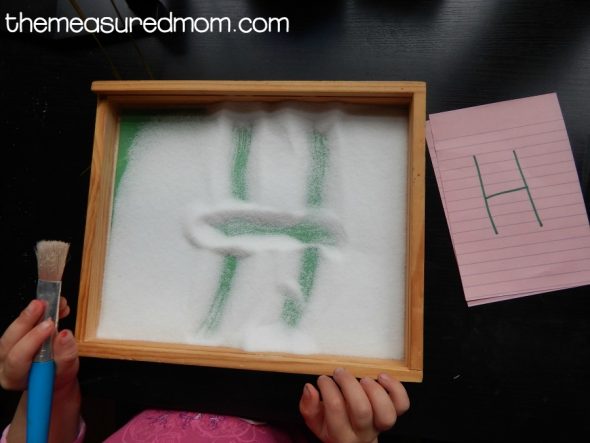


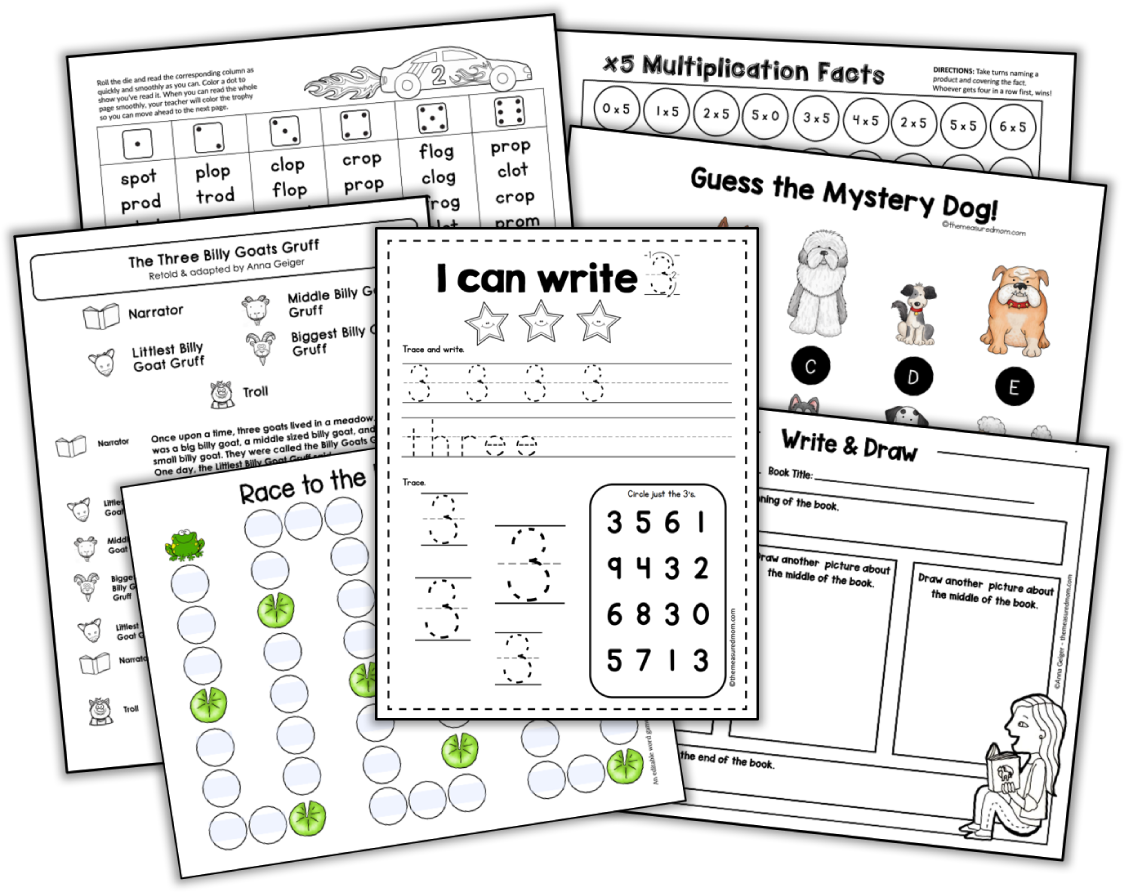
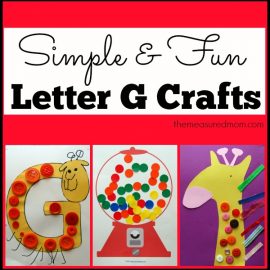









IMAGES
VIDEO
COMMENTS
4. Building Blocks. Building blocks are a classic toddler activity that has a multitude of benefits. Simply place a bag of blocks on the floor and watch as your little one begins to create. At this age, your 2-year-old will be able to build a tower of 4-7 blocks, opening up a world of possibilities for them.
21. TECHNOLOGY. Technology or screen time should be limited for toddlers to 1 hour a day, but it is important for your child to learn how to use these devices. The fine motor skill of swiping, clicking, and sliding to nagivate through tablets and smart phones are something that your 2 year old can easily learn.
The Best Playful Learning Activities for 2 Year Olds Art. Touch and explore colors.. Learn about the farm while driving farm vehicles through paint.. Paint pigs (using free printable) using golf balls.. Stamp toys into paint for some fun shape art.. Grab some small brushes and use with paint for a fun process art activity.. Stamp spools into paint on big sheets of paper.
1. Play dough. Roll play dough into balls and count them one by one as you place them into a pile. Or roll them into long strings and spell the letters of your child's name. Encourage fine motor skills by allowing her to pinch bits and pieces off of a large ball. 2. Fractions with paper.
Point out the color of one of the toys, and invite her to help you find another toy of the same color: "Here's a red car. Let's find another red car." Why it's helpful: Squishing the sponge and scrubbing strengthens your toddler's fine motor skills. Incorporating color recognition helps support language development and cognitive skills.
I am so excited to be one of the authors of our themed toddler lesson plans! What you will get in each unit: 20 hands-on ideas that are play-based and build a variety of skills. Printable pages (for some of the activities) Book recommendations. Material lists, step-by-step instructions and full color photographs of every activity.
This post shares close to 40 easy, hands-on, learning activities for keeping 2-3 year olds busy learning & playing! These activities include sensory play, fine motor & gross motor skill building, color sorting, shape recognition, problem-solving skills, & early numeracy & literacy activities. The post shares materials needed for each activity ...
7 Educational Activities for 2 Year Olds. 1. Color Sorting. What you'll need: Construction paper in different colors, crayons, markers, or paint. What to do: Cut out different shapes from each color of construction paper. Talk about the different colors with your toddler as they sort the shapes.
Running, Jumping, and Climbing. By 2-years-old, your child's muscles begin to develop, which improves their climbing and running skills. Most 2-year-olds can climb over furniture, stand on their tiptoes, and run short distances. Your child will begin to walk more like an adult, be able to walk next to you without falling down, and should be ...
Think back to your child's infancy and early toddler months. That was a time when he learned about the world by touching, looking, manipulating, and listening. Now, as a two-year-old, the learning process has become more thoughtful. His grasp of language is increasing, and he's beginning to form mental images for things, actions, and concepts.
Developmental milestones for 2-year-olds. Age 2 movement milestones. Age 2 cognitive milestones. Age 2 language and communication milestones. Age 2 social and emotional milestones. When to talk to your doctor about your 2-year-old's development. Break out those pointy hats and cupcakes — it's party time! As your child approaches his ...
More than 30 simple, fun, hands-on activities to keep toddlers busy learning and playing. Activities are developmentally appropriate for ages 1-2 and include sensory play, easy art projects, fine motor activities, and gross motor play. Learning skills include color sorting and recognition, shape id
Put on his pajamas, brush his teeth, and read 1 or 2 books to him. Children this age need 11 to 14 hours of sleep a day (including naps). Consistent sleep times make it easier. Ask your child's doctor and/or teachers about toilet training to know if your child is ready to start. Most children are not able to toilet train until 2 to 3 years old.
Physical development at two years old. By two years of age both boys and girls are on average around 34 inches tall and weigh around 27-28lb. She's much more physically confident now and will be running around the place, with very few falls. She can probably go up stairs one at a time using alternate feet and holding onto the bannister, rather ...
Printable Activities for 2-year-olds. If you're looking for printable activities for 2-year-olds, I've got a great list of resources for you here!. Many moms love to let their toddlers get creative with crafts, cutting, gluing, etc… and the great news is that there are plenty of free printable activities for 2-year-olds available online.. These activities for toddlers build a variety of ...
Week 1: Crayons, paint, child-safe scissors and glue sticks. Week 2: Dot paint, stickers, child-safe scissors and glue sticks. Week 3: Markers, empty boxes, child-safe scissors and glue sticks. Week 4: Scrap paper from the month, Then rotate again! Example #2: In the block area -.
Feed the Monkey Board Game. Fruit Tree Counting Activity. Zoo Animals Counting Mats. Dr. Seuss Truffula Trees Counting. Shells on the Beach Counting Cards. Ten Apples Up on Top Counting. 5 Little Pumpkins Counting. 5 Little Monkeys Jumping on the Bed. Teeth Number Games.
Here is a general outline you can use for a 2 year old homeschool curriculum. Calendar Time: Start by talking about the day of the week and weather outside. Kids love checking out the weather! Poetry: It's important to include poetry and nursery rhymes in your homeschool plans for a 2 year old.
Toys for 2-year-olds (toddlers) Toddlers are rapidly learning language and have some sense of danger. Nevertheless they do a lot of physical "testing": jumping from heights, climbing, hanging by their arms, rolling, and rough-and-tumble play. They have good control of their hands and fingers and like to do things with small objects.
Writing activities for 2-year-olds will not look like preschool writing practice, or even kindergarten prep writing. Writing activities for 2-year-olds are unique fine motor activities that help toddlers feel empowered to learn. They learn to write and are encouraged through the process. But, not all writing activities are appropriate for toddlers.
As an infant, he had a relatively large head and short legs and arms; now his head growth will slow, from 3⁄4 inch (2 cm) in his second year alone to 3⁄4 to 1 1⁄4 inches (2-3 cm) over the next ten years. At the same time, his height will increase, primarily because his legs and, to some degree, the rest of his body will be growing quickly.
For this craft, I printed and cut out a block letter Y one more time. I also cut out a simple face and hands. Then my daughter glued them all down on paper and added a yaaaawning face. I love it! We squeezed an alphabet review activity into the middle of our week. I simply wrote letters on a piece of cardstock.
The 30-year-old catcher, who remained with the organization after being designated for assignment last June, thanked the Mets with a heart emoji on the social media platform X. Gomes, a 13-year veteran, is batting a career-low .154 with two home runs and seven RBIs in 34 games this season. Miguel Amaya has been getting most of the starts at ...
Snack #1. Very Berry Salad. ¼ cup strawberries. ¼ cup blueberries. ¼ cup cherries (pitted and diced finely) ¼ plain yogurt. Directions: Chop and prepare fruit in a bowl. Let sit for an hour in order for the natural pectins to release. Scoop into cup and top with a vanilla-flavored yogurt.
A 34-year-old with a sidearm delivery, Hill went 1-0 with a 5.87 ERA in 27 appearances with the White Sox, who designated him for assignment on June 12 and then released him.
Suarez showed flashes of brilliance in 2021 and 2022, but the 26-year-old hasn't been able to recapture that form, missing most of 2023 with a left shoulder injury and going 2-5 with an 8.22 ERA ...
The 30-year-old Nido was designated for assignment by the New York Mets last week. He was hitting .229 with three home runs and eight RBIs. Gomes is a 13-year veteran.